The Consumer Electronics Show (CES), the largest consumer technology tradeshow, currently (Jan 5-8) takes place in Las Vegas, Nevada. About 2,500 exhibitors are showcasing the latest products and services in audio, home entertainment, mobile electronics and wireless technology. More then 130,000 attendees from 110 countries are expected to be present. Due to a logistical error we arrived a day late, but still will try to capture all the glamour, glory and latest scoop of everything connected with our passion - the wireless technology.
During CES 2006, Nokia officially announced only two “new” GSM mid-range Series 40 handsets – 6102i and 6103. Both devices have the same design and features as their predecessors 6101 and 6102, with the only difference being the added Bluetooth support. Other shared features of the new phones are VGA camera, MIDI and MP3 playback, FM radio and built-in speaker phone. The handsets will hit the market Q1 and will be available in N. American (850/1800/1900 MHz) and European (900/1800/1900 MHz) versions.
Nokia 6103 Specification List
What caught our attention was the 6265i high-end CDMA phone with Verizon Wireless service. Even though the device got the official FCC approval back in September, this is the first time the phone is spotted in the wild with a particular carrier service. It sports seducing QVGA 320x240 262k display, 2 mega pixels camera, Bluetooth, and GPS in a trendy sliding form-factor. The internal memory is 24 MB, expandable through miniSD slot – pretty much all bells and whistles one can desire. Still Verizon Wireless availability has not been officially announced, but we hope it will happen soon.
Nokia 6265i specification
Nokia 6282 was officially unveiled back in December during the annual Capital Market Days event. This 3G GSM/EDGE device is much similar in design to the 6265i, with just slightly lower weight (4.1oz compared to 4.4 oz of the 6535i) with the same gorgeous QVGA display. The camera unfortunately is only 1 mega pixels, with 10 MB built-in memory and miniSD expansion slot.
Nokia 6282 specification
The 3 mega pixels Nokia N80 jewel was the first phone to support dual-band UMTS frequencies (1900/2100) in addition to the quad-band GSM/EDGE. Also, it is the first handset to incorporate UPnP technology, which enables the phone to act as a remote control, and allows secure and convenient access to compatible PCs, audio equipment and TVs. Consequently, images and video stored on the Nokia N80 can be viewed wirelessly on the living room's TV, while listening to music stored on the device through the room's audio system. Printing is now faster too, as Nokia N80 users can print wirelessly to any compatible UPnP-enabled home printer or printing kiosk. The N80 was officially announced in November 2005 and thanks to the FCC and some leaked picture on the Net showing it with Cingular's logo we hope that #1 US carrier will start selling it soon. What caught our attention was not so much the Series 60 interface running on Symbian 9.1, or the 802.11g built-in WLAN, but the 352 x 416 pixels 262k color display! I hope every one of you could experience its beauty.Nokia N80 specificationNokia N92 is another beast announced at the same time with the N71 and the N80 in November 2005. It features a unique clamshell design, with swiveling landscape oriented 2.8” QVGA display with the mere 16 million colors support. The N92's key feature is Digital TV broadcast reception (the first in the world mobile phone with DVB-H built-in receiver) and video streaming through UMTS. To start watching mobile TV, users simply need to open the Nokia N92 in view mode and press the Multimedia key. The Electronic Service Guide (ESG) contains information about the available TV channels, programs and services. Other mobile TV features include watching time of up to four hours, recording and 30 seconds replay. Further, the Nokia N92 supports the new Nokia web browser with Mini Map, which provides a semi-transparent zoomed-out view of a web page that enables users to quickly orient themselves on a small screen. With an overall view of the web page, users can intuitively navigate to all its corners as well as see the web page as it was originally designed. If this is not enough to get you excited, add this: 2 mega pixels camera, Bluetooth, USB, Wi-Fi, 90 MB of memory expandable with miniSD cards. The N92 is expected to be commercially available in the middle of 2006 with approximate price of $730 USD.
Nokia N92 SpecificationsThe L'Amour series is a collection of three trend-inspired mobile phones -7360, 7370 and 7380. All of them feature similar design motifs and are the successors of the 72xx series.
The 7370 is the first Nokia to feature swivel design, popularized by Sony Ericsson models. It sports 1.3 mega pixels camera, 2” display with 320x230 pixels resolution and stereo speaker with 3D sound effect.
Nokia 7370 full specifications
The pen-like 7380 is the successor of the original 7280. Both phones lack regular numeric keypad, with 7380 using an iPOD styled dial for navigation. It measures 4.49" x 1.18" x .79" (114mm x 30mm x 20mm) with weight of about 2.82 oz (80g). The screen's resolution is 104x208 pixels with 65k colors. The camera has been upgraded to 2.0 mega pixels. The 7380 is very voice-centric and its usability in the real-world is questionable – imaging having to type a text message simply by turning the dial to locate the symbols. Nevertheless, if it is important for you to make a fashion statement, go right ahead, but don't say you were not warned.
Nokia 7380 Specification List
|
|  SE's booth SE's booth |
During CES 2006, Sony Ericsson had only one new phone announcement for us. As expected, it was time for SE to introduce a US version of the highly acclaimed w800 Walkman phone. The w810 features very similar design to the w800, but different coloring – black with orange trim. The size and weight are kept the same. The w810's screen is the same resolution as the w800, but it is larger and looks brighter. Different is the keypad as well. While the w800 featured no space between the keys, the w810 has few millimeters between them. Gone is the joystick control and SE put a directional pad instead of it. The benefits of the d-pad are questionable and it all depends on your personal preferences.
The original Walkman phone – the K750, featured a lens cover which as we found out during our review testing is easy to open accidentally while carrying the phone in your pocket. The w800 lens also had similar cover, but it was a far more difficult to press accidentally and required a deliberate action before it will open. The new w810 completely lacks lens cover and the camera is activated by pressing the dedicated camera key.
w800 (white) next to w810 (black)Functionality wise, the w810 has added EDGE and 850 MHz support for the N. America's networks. The rest of the features are the same and include 2.0 mega pixels camera with autofocus, Bluetooth and Java.
Sony Ericsson W810 Specifications
Even though W900 is not a new release, it was #4 in the SE's lineup of Walkman phones (w800, w550, w600) so here is some info on it. It is the first 3G (EU only) Walkman phone and features swiveling design, which Sony Ericsson has already used in S700, S600, W600 and other phones from the brand, and can be operated closed. On the front, the W900 features 2.2” 262k color QVGA display, which is used as a viewfinder for the 2 mega pixels camera. The addition of UMTS capabilities has taken its toll in the size - 4.3" x 0.9" x 1.9" with 5.2oz weight.
W900 Specification ListSamsung, as it always does, had a slew of new phone announcements for the CES expo. Starting with the ZX10, which will be N. America's first UMTS phone to support both 850 and 1900 MHz GSM 3G frequencies. The main features include 1.3 mega pixels camera, 262k color TFT inner and black and white outer displays. The ZX10 will be one of the first phones that Cingular will launch soon for use on their new UMTS network. The other one should be the LG CU320 (check the LG section for more info about it).
Samsung ZX10 Specifications
Even though UMTS data speeds sound tempting, wait to see what HSDPA technology will do. The Samsung ZX20 is the first phone in the world to support HSDPA data speeds. It is visually identical to the ZX10, but also has added support for Bluetooth. Other features shared by both ZX10 and ZX20 are 1.3 mega pixels camera, microSD memory expansion and speakerphone.
Samsung ZX20Samsung D807 is another US targeted quad-band GSM slider, based on the D800 which is sold in Europe. It is only 15.4mm thin and features micoSD memory expansion, Bluetooth and 262k TFT display. The phone should be launched by Cingular in the second quarter.
Samsung D807Samsung T709 is a new GSM slider with its main feature being the built-in Wi-Fi. Of course the main question is why a phone of such class has Wi-Fi? The whole idea behind it is to let pass a call between a cellular and Wi-Fi network using UMA technology. Another similar phone announced in 2005 was Motorola A910. Theoretically (and hopefully in practice soon), if your house does not get good cellular coverage, you should be able to setup a Wi-Fi network and use a UMA/Wi-Fi capable phone and the Internet and still use your phone in the same way as if you are 100 feet from a cell tower.
Other features of the T709 include 1.3 mega pixels camera, 262k color display and speaker-independent voice recognition. The T709 should become available from T-mobile in Q2 2006.
Samsung T709Moving over to CDMA, Samsung A930 is a slim clamshell phone with music-dedicated keys on the front cover, 1.3 mega pixels camera, EVDO data and Bluetooth stereo support. The internal display is 262k TFT one, while the external is organic with 4 shades of gray. The phone should be released by Verizon Wireless.
Samsung A930Information about Samsung i830 CDMA phone has been available for a while, but its official introduction was done at the CES. The successor of i730 adds European (900/1800 MHz) GSM roaming capability but still runs the older Microsoft Mobile 2003 SE edition software instead of the latest WM5. The i830 also has the Wi-Fi capabilities of i730 stripped away. Even though the design of both phones is the same, Samsung managed to lower the i830's weight with almost one ounce to 5.5oz. The i830 will be available January 12th to Verizon's B2B customers.
Samsung i830 Specification ListSamsung European Models
During CES 2006 Samsung Mobile showcased its slim line of phones, including bar, slider, and clamshell devices. The SGH-Z510 and SGH-Z540 are GSM/UMTS phones with QVGA 262k color displays and not cutting-edge 1.3-megapixel cameras, but all packed in slim body design (Z540 is world's slimmest 3G UMTS phone). They both don't have memory expansion slots but feature plenty of memory – 140MB for Z510 and 150MB for Z540. Other curious features are music players and Bluetooth support.
|
|  Z510 front Z510 front |
| |
|  Z510 opened Z510 opened |
|
|
|  side side |
| |
|  back back |
|
|
|  Z510 next to Z540 Z510 next to Z540 |
| |
|  Z510 next to Z540 Z510 next to Z540 |
|
|
|  Z540 Z540 |
| |
|  Z540 Z540 |
|
|
|  Z540 Z540 |
| |
|  Z540 Z540 |
|
Samsung SGH-P300 slim bar phone was also previewed. It is only 0.4” (1sm) thick with dimensions similar to of a credit card. Despite its small size, the P300 still features 262k color display, mega pixel camera, and even MP3 player with 90MB memory. It shares Samsung SGH-D500 features, but packs them in much smaller body.
Samsung P300 Another cool phone that caught our attention was the SGH-i300 3GB hard-drive phone, running on Windows Mobile OS. Unfortunately it runs the old 2003 SE version, not the new WM5. The i300 is available from some European carriers, but there is no information on it coming to the US. Still it is pretty nice device, with capacity for about 800 songs in MP3 format, stereo speakers, and navigation key, resembling an IPOD.
Samsung i300 Specification Collaboration between Samsung and Bang & Olufsen brought to live the Serene fashion phone. Don't expect to see high-end device with many features. The only reason it exist is its owner to make a fashion statement and few phone calls. It is almost square at 65 x 70 x 24 mm with 110g weight and supports for tri-band GSM/GRPS networks. The keypad is circular and with thumb-controlled wheel in the middle. The screen is 2.1” with resolution of 320x240 and 262k colors. There is a built-in motor which actually slowly and gracefully opens and closes the shell upon a touch. The Serene can be programmed also to open automatically when a phone or message are received (I have not idea what will happen if it is in your pocket). Included is also a 0.3 mega pixel camera, polyphonic ring tones, MMS and e-mail.
Once it goes on sale in Europe, it will cost about 1000eu ($1200 USD).
Samsung SereneSamsung - phone already available from major US carriers
Samsung's take on the Moto's RAZR success was the A900 codenamed Blade. The phone is almost the same thickness (actually thinness) as the RAZR, but slightly narrower. Unlike the original RAZR, the A900 is for CDMA networks and was released by Sprint in early December. The internal screen is QVGA with 262k colors. Unlike the RAZR which has a CSTN external LCD with 4096 colors, Samsung A900 actually sports TFT with 65k. EVDO high speed data, 1.3 mega pixel camera and Bluetooth make the A900 all around well equipped hot seller.
Samsung A900 Specification List
Samsung A920 was released by Sprint around the same time as the A900. It is more multimedia oriented with dedicated external music-control keys. EVDO, 1.3 mega pixel camera and Bluetooth are part of its features. The A950 is the Verizon's version.
Samsung A920 Specs
Samsung A940 is the Sprint's version of the Verizon's A970 – the fist US model with 2 mega pixel camera and optical zoom. The A940's display can be twisted 90 degrees in both directions, so you can hold the phone as a camcorder. We have seen many phones with zoom, but most of them are with so called Digital Zoom which when used, worsens the picture quality. On the other hand, its optical counterpart offers real zoom without quality sacrifices. The problem with it is that it requires lens movement which usually translates in bulkier devices. Samsung has solved this problem by embedding the camera inside the flip's hinge. Main features include EVDO, Bluetooth and speaker-independent voice dialing.
Samsung A940 Feature list
Moving over to GSM, the T809 is a cute slider released recently from T-Mobile. The quad-band EDGE device features QVGA display, Bluetooth and microSD memory expansion. The camera is 1.3 mega pixels.
D807 (Cingular's version of T809) next to T809D307 is sold by Cingular and features full QWERTY keyboard, tri-band GPRS/EDGE and dual-hinge design allowing it to be open as regular phone or in landscape (laptop) mode. Other features include Bluetooth and E-mail.
Samsung D307 complete specification
D357 is a mid-range clamshell with EDGE, e-mail, Bluetooth and Push-to-Talk.
Samsung D357 Specifications|
|  Moto booth Moto booth |
The long awaited successor of the original iTunes ROKR E1 was finally announced during CES. The ROKR E2's design has been slightly changed with a lot more rounded outlines, slightly thinner and shorter dimensions. The screen has been upped from 172x220 pixels to QVGA 240 x 320. The camera is now 1.3 mega pixels and the microSD memory expansion slot of the E1 is substituted with hot-swappable full size SD one supporting up to 2GB memory cards. iTunes support is gone along with its 100 songs limit. Added is a standard 3.5mm jack located on the top.
E2 (black) compared to iTunes E1 (white)The phone runs on Moto's new Linux based OS and has dedicated music keys located on its side – Play/Pause, Forward/Backward and Hold. Supported is also A2DP Bluetooth stereo. The phone will become available in the first half of 2006 and will be sold in black or silver color versions.
Motorola ROKR E2 SpecsEven though not new, the interesting part about the Motorola Q is that even though not officially confirmed, it should be released from Verizon Wireless first. A GSM version of the phone will be also available. Even though the Q resembles Pocket PC phone, it actually runs the Smartphone version of Windows Mobile 5. The CDMA model has EVDO high speed, while the GSM supports EDGE. The device is only half-inch thick and has a 1.3 mega pixels camera. Back in September Motorola announced their intention to have the device on the market for the holiday season, but now we were told to expect it in the first half of 2006.
Motorola Q Specification list
Information about Motorola A1200 just recently surfaced on FCC's website. Even though the phone is slated to be released in Asia and is the successor of the E680i, Motorola confirmed that it in fact is quad-band. The A1200 features A-GPS, QVGA display and RealPlayer with MP3, MP4 and AAC playback. Stereo Bluetooth A2DP and 2 mega pixels camera are also present. The memory expansion is done via microSD slot. POP3/IMAP emailing with ability to view/edit Word and Excel files are part of the package. The OS, which it runs is Linux with Java based UI. Even though Motorola could not confirm the exact weight, it is very light.
Motorola A1200
|  LG's booth LG's booth |
LG has two new product announcements for the CES. The first one is the CU320 which is a tri-band GSM/EDGE phone with dual-band UMTS high-speed data (850/1900 MHz). Despite the fact that it is not one of the smallest handsets, given its 3G capabilities it cannot be called bulky either. The built-in swiveling camera is 1.3 mega pixels, capable of taking QVGA movie clips. The internal memory is 15 MB with microSD memory expansion slot if more space is needed. The CU320 along with ZX10 are expected to be the first 3G handsets to be offered from Cingular Wireless. Unlike the ZX10, the CU320 also features Bluetooth. Overall, very well equipped phone, perfect for everyone who wants to experience the POWER of 3G.
LG CU320 Complete SpecificationThe F9200 is the second new phone from LG announced during CES. The sliding out full QWERTY keyboard is a great advantage for all messaging addicts, but it should not have taken such a great toll on the rest of the features – no Bluetooth, VGA only camera and STN display (do they still exist?). Pretty much the only new features compared to its predecessor (F9100) are the added weight, increased size, the camera and the speaker phone. The F9200 should be released from Cingular.
LG F9200 Full specification listAs more and more phones today ship with Bluetooth capabilities 133 million phones had them in 2005, with 220 million expected to follow in 2006, known and unknown manufacturers strive to sate the market's growing hunger by creating headsets in every imaginable shape, form and size.
|
|  Nokia HB-200, HB-800 and HB-900 Nokia HB-200, HB-800 and HB-900 |
Nokia BH-800 is the smallest one of the three new headsets announced during CES, with weight of about 9 grams. It is also the first headset supporting Bluetooth 2 Enhanced Data Rate. The Bluetooth version 1.2 allows a maximum data rate of 1 Mbps with real throughput of about 725 kbps. Even though about 345 kbps are more than enough for high quality stereo audio streaming, users want to run several links concurrently, thus increasing the throughput requirements. This is where Bluetooth 2.0 comes in place - allowing data rates of about 3 mbps with lower power requirements compared to Bluetooth 1.2. Going back to the BH-800, it is available in coffee black and silver white and offers about 6 hours of talk time, and about 160 of stand-by. The sales package includes a stylish neck-strap which makes careering the headset around a lot easier. The BH-800 will become available Q1 with MSRP of about $140.
Nokia HB-800The BH-900 features active extendable microphone (meaning you can answer a call by sliding it out) for picking up the user's voice better, with noise reduction and echo cancellation capabilities which theoretically makes it ideal for crowded offices or using it while driving. It also features Push-To-Talk over Bluetooth, so instead of pushing your phone's PTT button to talk, you'll have to press your Bluetooth's talk button. It offers 8h of talk time and 180h of stand-by. BH-900 should become available in Q2 and have MSRP of about $100.
Nokia HB-900The last of the just announced headsets is the entry-level BH-200. No noise reduction or voice cancellation. Just a simple stylish (IMNO) headset with 5.5 hours talk time and 150 hours of stand-by. Final price - $55.
|
|  Nokia HB-200 Nokia HB-200 |
Motorola
Motorola and Oakley teamed up for a second time and just released the O RAZR sunglasses with built-in Bluetooth headset. The original RAZRWIRE was the first product to combine patented Oakley optics with Moto's experience in Bluetooth accessories. The O RAZR uses A2DP allowing you to enjoy stereo music from any music source that supports that profile. The semi-rimless design uses Plutonite lens material which filters out 100% UVA, UVB, UVC and harmful blue light. The sunglasses feature dual speakers, microphone, and music and call related controls. They offer talk/listen time of up to 6 hours and stand-by of about 100 hours. The weight is 1.9oz and it will become available in the second half of 2006.
|
|  Original Original
RAZRWIRE |
| |
|  The new O RAZR(sorry for the stock photo but our camera failed us) The new O RAZR(sorry for the stock photo but our camera failed us) |
|
The second headset that caught out attention was the H5 MINIBLUE. It measures about 1.3 x 1.6 in (33x41mm) and weights a mere 0.26oz (7.5g). It actually picks up the user's voice from inside the ear canal, thus reducing outside noise. This does not have to be mistaken with Jawbone technology, which uses bone's vibration conductivity to capture the user's voice. The headset itself offers 1.5h of talk time with 72h of stand-by. The carrying case is very stylish and also doubles as a portable re-charging station increasing the talk time to 7.5 and the stand-by to 360h.
|
|  H5 inside the carrying case H5 inside the carrying case |
| |
|  carrying case carrying case |
|
| |
Motorola H5 MINIBLUE
The H605 features similar to Jabra 250's behind the ear design with a weight of .67oz (19g). It offers 10h of talk time and 200h of stand-by.
Motorola H605
TXTR D7 is wireless QWERTY keyboard that can seamlessly sync with Bluetooth enabled phone up to 30 feet away. Moreover it allows users to text directly with other D7 keyboards up to 300 feet away. The keyboard weights 1.7oz (48g) and has up to 24h of text time (given that you write 20 msg per 24h). The D7 should become available during the first part of 2006.
Motorola TXTR D7S805 DJ Headphones allow you to take calls and listen wirelessly to your favorite music. The over-the-ear styled headphones feature integrated controls on the left side for the phone, and for music on the right. The talk time is 17h (20h for music listening) with stand-by of 250h. 3.5mm jack is also present for easy connectivity to wired audio sources.
|
|  S805 S805 |
LG
There was a surprise waiting for us at the LG's booth. If some of you remember, during CTIA 2004 Siemens showcased the PenPhone a concept tri-band GSM phone with small LCD display, Bluetooth and joystick navigation. LG STYLE-I (HBM-700) looks stunningly similar to the Siemens PenPhone and our first reaction was it is not a concept anymore! Moreover, the STYLE-I features a numeric keypad and Verizon's logo. Of course the good people at LG unveiled the mystery for us it is a Bluetooth talking device. It allows you to place a call using the keypad and displays called-ID information on the OLED display. So if your phone is always buried somewhere in your backpack or it is too large to be shown in public, just get one of these babies. It has up to 8h of talk time and 200h of stand-by. Other supported features are voice-activated dialing, last number redial, 3way calling, call waiting plus a headset jack. The price was not announced but it will be available from Verizon Wireless.
|
|  Siemens PenPhone Siemens PenPhone |
| |
|  LG Style-I LG Style-I |
| |
| | |
Parrot
Parrot announced three new Bluetooth car kits at this year's Consumer Electronics Show the Rhythm N' Blue, the 3400 LS-GPS and the 3200 LS-COLOR.
The Rhythm N' Blue is an in-dash radio-CD/MP3 player with built-in Bluetooth. When an incoming call is received, the caller's name is displayed. Numbers may be dialed manually via the keypad or hands-free using the voice recognition feature. The Rhythm N' Blue allows full duplex conversations with echo cancellation. The main features include voice recognition for up to 150 names, 4x45 watts power, 1 RCA pre-out if you have existing amplifier and bass/treble equalizer. Its current retail price in the US is $349 or 279 euros in Europe.
Parrot Rhythm N' Blue
Parrot 3200 LS-Color is a Bluetooth car kit, combining hands-free phone function with a 262k color TFT display measuring 160x128 pixels. It is dash mounted and offers full duplex conversation with echo cancellation, Photo ID and Hi-Fi polyphonic ringtones. Its current price is $299 or 219 Euros.
Parrot LS-ColorParrot 3400 LS-GPS has the same design (apart from the small antenna) as the 3200 model but also adds GPS functionality. It does not display maps, but rather sends your position via Bluetooth to your PDA, phone or laptop which runs the GPS mapping software. The MSRP price is set to $399 or 319E.
Parrot LS-GPS|
|  Palm Treo 700w Palm Treo 700w |
Treo 700w Specification list
In a milestone announcement on January 4th, Palm officially revealed their first Microsoft Windows power smartphone. We will not spend time here to give you in-depth look at the new device, since we spent only very limited time with it. We'll give you our overall impressions and main specs and leave a full review for later.
The design of the new Treo 700w looks very similar to the previews Palm powered Treo 650, but is just slightly narrower. The keys on the 700w are more squire with more room between them which should improve the ergonomics. The same 5-way d-pad is used in both Treos. The processor of the new device is 312 Mhz Intel XScale and feels very fast and responsive.
Treo 700w (on the left) compared to 650 (right)The phone comes with 128 MB of flash ROM for the OS and user application and about 25MB RAM to run applications. Since the 700w runs Windows Mobile 5, you will not loose your data even if the battery runs out of power – everything is stored on the flash. Memory expansion slot is located on the top and supports SD cards with SDIO. The phone does not come with Wi-Fi but an optional SD Wi-Fi card can be bought. The screen dimensions are the same on both phones, but the 700w resolution is 240x240 while the 650's is 320x320. The camera has been upgraded from 0.3 mega pixel to 1.3, with ability to shoot videos with sound (the duration is limited only by the available memory).
The 700w will be initially exclusively available from Verizon Wireless. Built-in EVDO high-speed data allows the 700w to achieve broadband-like speeds (where the service is available). As the #2 US carrier allows does, the Bluetooth has been crippled and you can not use the phone as a wireless modem for your laptop.
In terms of functionality the only thing everyone will agree with is that the 700w is not the standard Palm. The Window Mobile supporters will like it, while the hard-core Palm followers will not be so trilled (probably).
The Today Screen which summarizes the most important info like upcoming appointments, tasks etc, features similar to 650 speed dial with ability to stick photos of people you most often call and connect to them by simply clicking on their image. Looking up someone in your contacts is also Palm easy – just start typing their initials and the contact will pop-up. Speed dials can be assigned also to letters or numbers (pressing “H” to call let's say home). Typing something in Google's search box on the Today screen will invoke the web browser with the search results displayed.
The similarities and differences do not end here, but this should give you a sense of what exactly is the Treo 700w – Palm hardware, Microsoft OS and Palm tweaks. I do not think someone can just summarize in one sentence if the new device is better or worse compared with previous Palms. The target audience of the new 700w is the corporate users and I think they will like what they get. The rest of us – read as many reviews as possible done by Palm and Windows fans and then make your mind.
A short introduction into the digital video broadcasting should definitely help some of your to be more familier with what we are talking about when DMB, DVB-H or MediaFlo are mentioned.
The common between all the Digital Broadcasting technologies is that uses transmitters (towers or satellites) to send data to all the recipients that are in range. In a regular Wireless phone network, the transmitters and receivers have dedicated connection between them. In order for a Digital broadcasting to work, the mobile device which will receive the broadcasting needs to be equipped with the appropriate hardware and software.
DMB or Digital Media Broadcasting is a way of digitally transmitting data, TV or radio to mobile devices. The standard is based on Eureka-147 DAB standard but has added error-correction. The DMB systems are two types DMB-T (terrestrial) or DMB-S (satellite). DMB is currently tested in Europe and is actually been implemented and working in South Korea (DMB-S was launched in May, while DMB-T broadcasting started in December).
DVB-H (Digital Video Broadcasting HandHeld) is a competing to the DMB standard and is based on DVB-T (standard for broadcasting digital TV to non-hand held devices). Trials of DVB-H are also underway in many countries. In the US, Modeo, a subsidiary of Crown Castle is expected to launch their DVB-H network in selected cities in 2006. Nationwide deployment to the top 30 US markets is expected in 2007. Modeo's video services will broadcast in QVGA resolution (320x240 pixels) at up to 30 frames per second.
MediaFlo a standard developed by Qualcomm and will be the backbone for Verizon Wireless multicasting network. The service, which is expected to be launched some time next year, will be accessible for Verizon's subscribers through MediaFLO-enabled EV-DO handsets. The service is planned to be initially launched in approximately half of the EV-DO markets, covered by Verizon Wireless and then slowly to expand in order to cover all EV-DO areas.
Qualcomm's MediaFLO will aggregate and distribute the content that is available to all MediaFLO partners(like Verizon) and will provide seamless integration of this content with unique content that individual operators provide to maintain their competitive differentiation. The network will support 50-100 national and local content channels, including up to 15 live streaming channels and numerous clip-cast and audio channels. This content will be delivered in QVGA resolution at up to 30 frames per second.
During CES 2006, Samsung showcased devices that use the above described technologies.
Samsung B300 S-DMB phone will be available in Korea in Q1. It features 2 mega pixel camera, microSD memory extension, Nano-silver antibacterial coating, MP3 player and TV-output support.
B300Samsung B360 is a compact S-DMB phone, currently available in Korea. Main features are 2 mega pixel camera, TV output and MP3 player.
Samsung B360Samsung B340 is currently the slimmest S-DMB phone. It is scheduled to be released Q1 in Korea and will offer 2 mega pixel camera, microSD memory expansion and office file viewer.
Samsung B340
Samsung B4100 is the world's first dual-DMB phone, offering support for both S-DMB and T-DMB.
Samsung B4100B2300 is a T-DMB device with swiveling screen, 2 mega pixel camera with Flash User Interface.
Samsung B2300During CES Samsung also showed a UMTS phone with DVB-H, 3.2 mega pixel camera, Bluetooth and microSD which should be aimed at the European markets.
Samsung UMTS DVB-HCovering S/T-DMB and DVB-H was not enough for Samsung, so they had on display also a MediaFlo headset. It is based on the B250 but instead of the S-DMB is supports MediaFlo.
Samsung MediaFlo phone
Samsung also showcased the Korean wireless broadband service WiBro - for the first time in the United States at the annual Consumer Electronics Show in Las Vegas. WiBro is a high-speed broadband service, based on WiMAX mobile technology. It allows achieving 1-3 mbps broadband speeds for voice, data and video even when traveling with to 120 km per hour. Its home, business, and vehicular applications include Voice over Internet Protocol (VoIP), video telephony, multimedia messaging and conferencing, location and telematic services, broadcast as well as multimedia push and demand services. To demonstrate this wireless broadband service Samsung used two of its world's first WiBro-enabled handsets - SPH-M8000 and H1000.
The slide-designed M8000 is based on Windows Mobile 2003 Second Edition OS, and features 2.8 display, QWERTY keyboard, Blueotooth, DMB, VoIP and 2.3 GHz WiBro support.
Samsung M8000The design of the Samsung SPH-H1000 allows users to fold, twist or rotate its screen it in order to get a comfortable laptop-like feel or watch S-DMB based TV. The main features of the device, which can act as a VoIP phone as well, are dual-cameras (2 mega pixel and VGA), QWERTY keyboard, all packed in a 4.2oz (120g). Samsung has already signed a contract with Sprint Nextel according to which Samsung will provide handsets and a networking system for WiBro for a trial in the United States.
Samsung H1000One of the major developments of the last year was Cingular's introduction of HSDPA high-speed network in 16 metropolitan areas. The coverage should expand in 2006 and hit 100 markets by the end of 2006. The current speeds of HSDPA hover about 300-700 kbps or about the same as Verizon's and Sprint's EVDO networks. Yet, during CES Cingular demonstrated HSDPA speeds of about 3.6 Mbps. Currently, HSDPA could be used only via laptop cards, but the carrier should soon introduce the ZX10 UMTS phone, and later the ZX20 HSDPA one. More and more UMTS/HSDPA devices will follow.
The other emerging new technology is Digital broadcasting. As pointed out in the CES coverage, Verizon Wireless is expected to launch Qualcomms's MediaFlo real-time mobile TV solution. Since Digital Broacasting runs on a separate than the cellular network, each carrier can choose different technology. It is expected though that GSM carriers will prefer the DVB-H competing technology, while CDMA carriers will opt for the Qualcomm's MediaFlo.
Interesting development is the use of Wi-Fi and UMA technology in handsets to offer hand-over between cellular and VoIP networks. Samsung T709 will be one of the first such phones.
Bluetooth is gaining more and more popularity and even mid-range phones now have it. Phone displays are getting larger, with support for more colors. Camera resolutions are steadily increasing with most devices shipping with 1.3 mega pixel ones.
That's all folks. Expect our report and hands-on from 3GSM (Feb 13-16) in Barcelona.

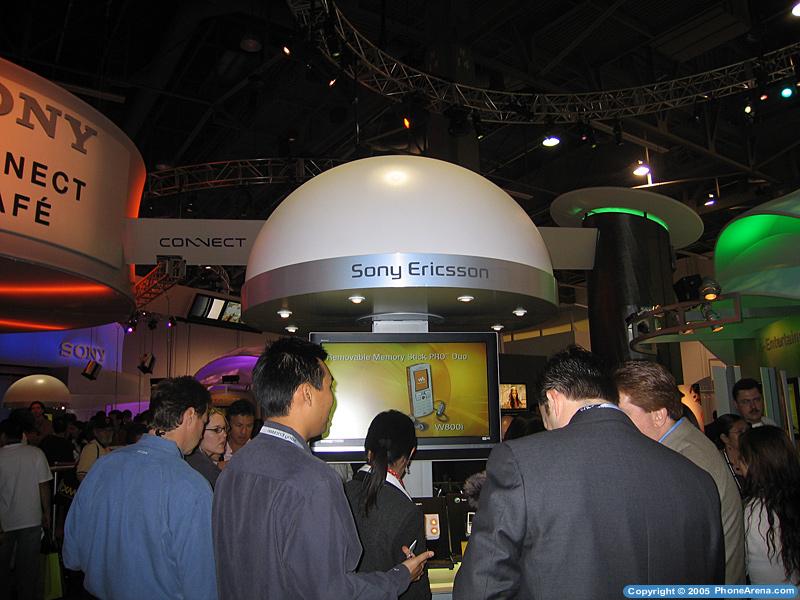
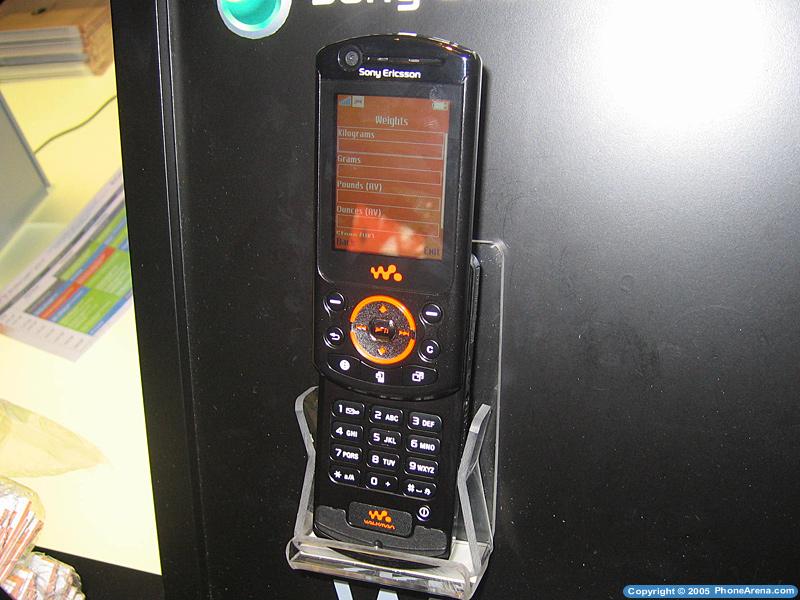
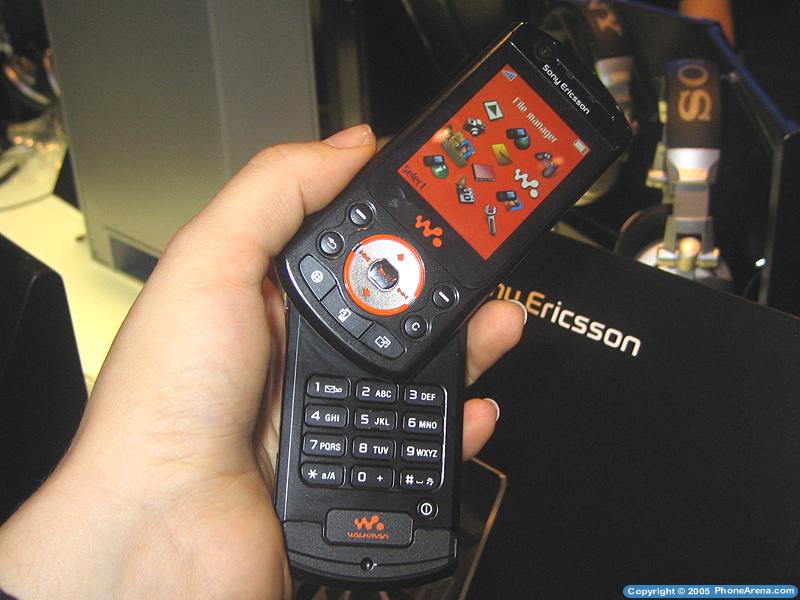
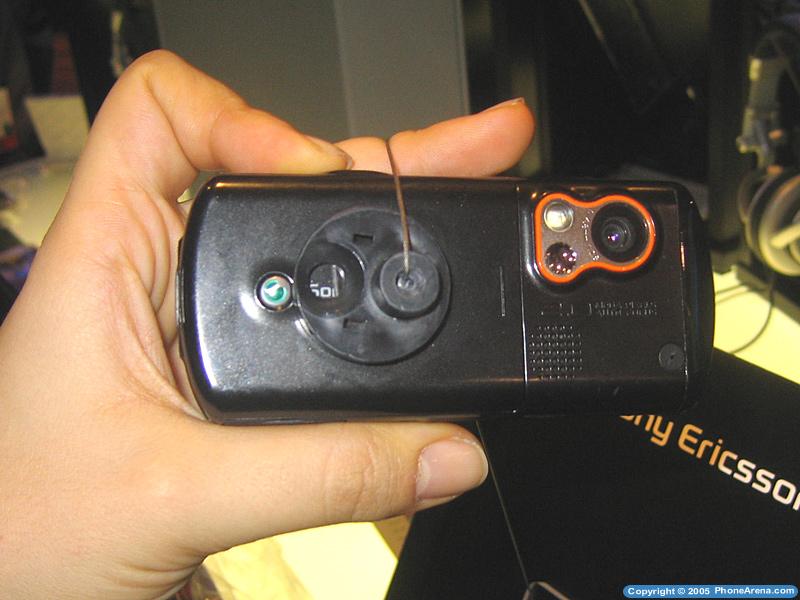
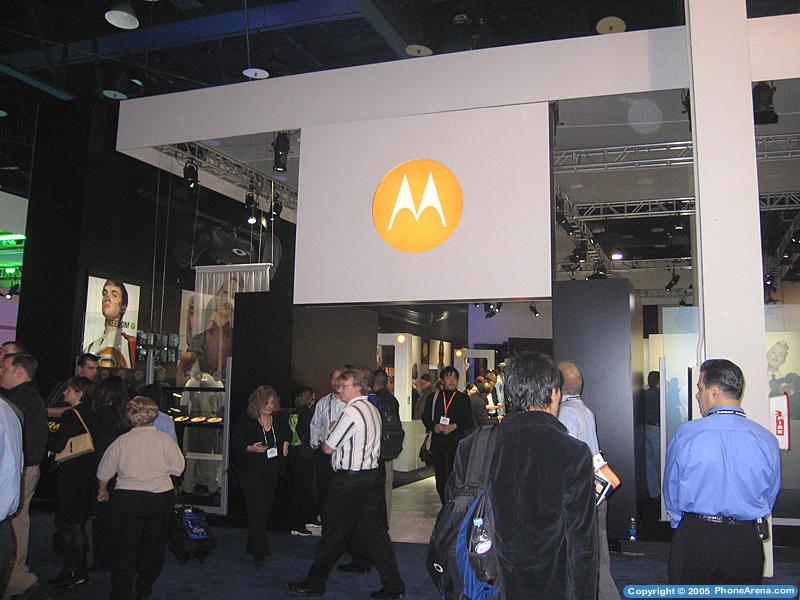
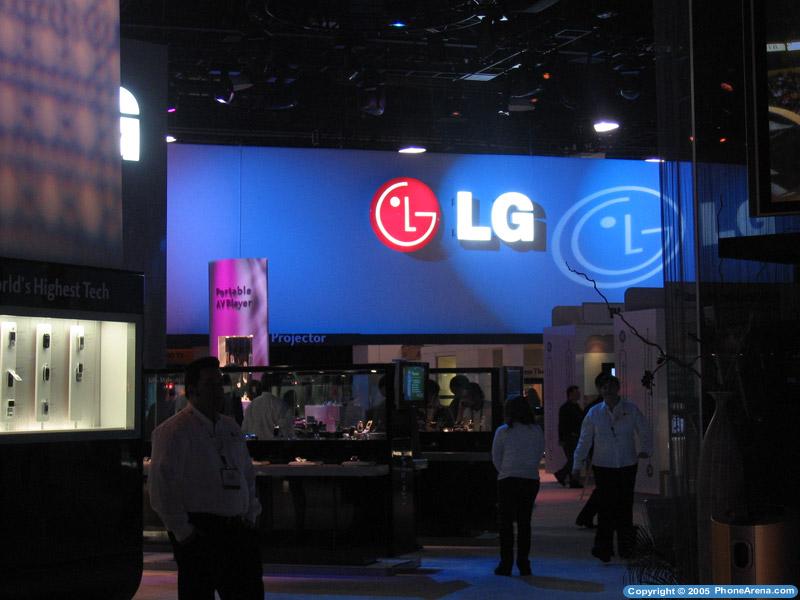

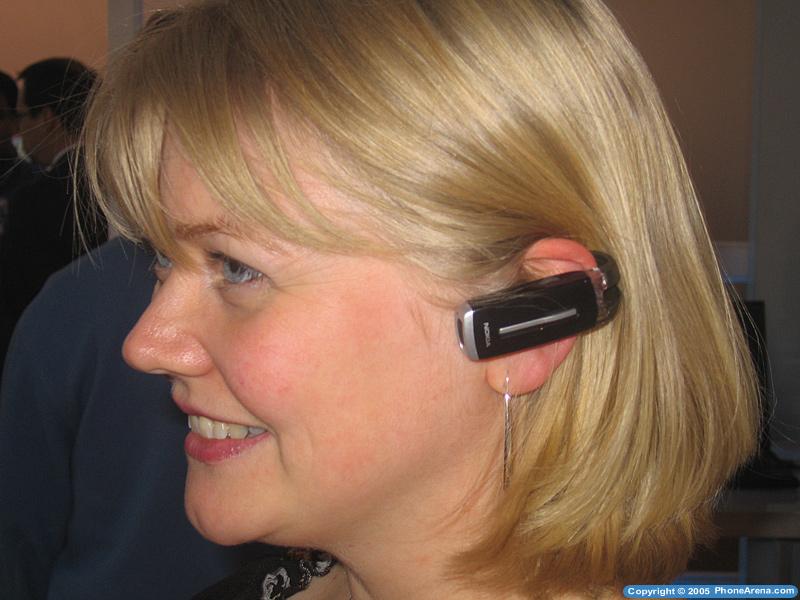
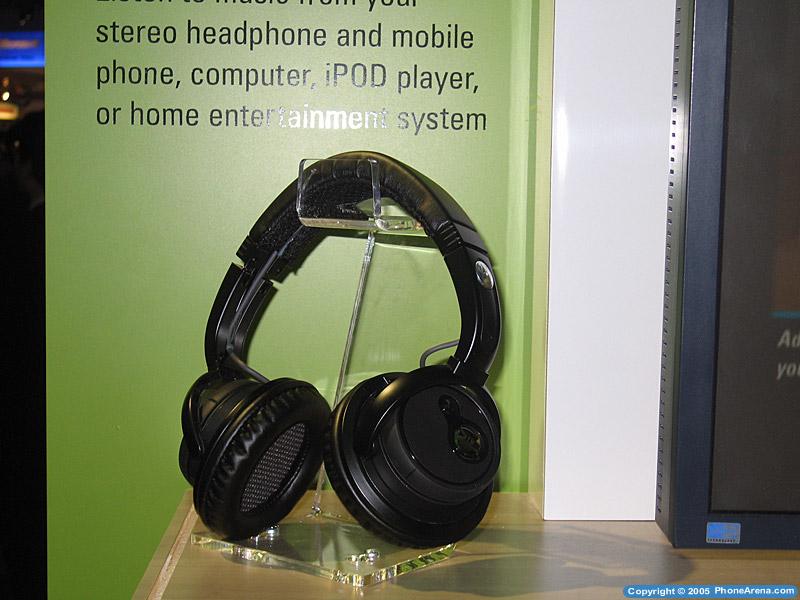
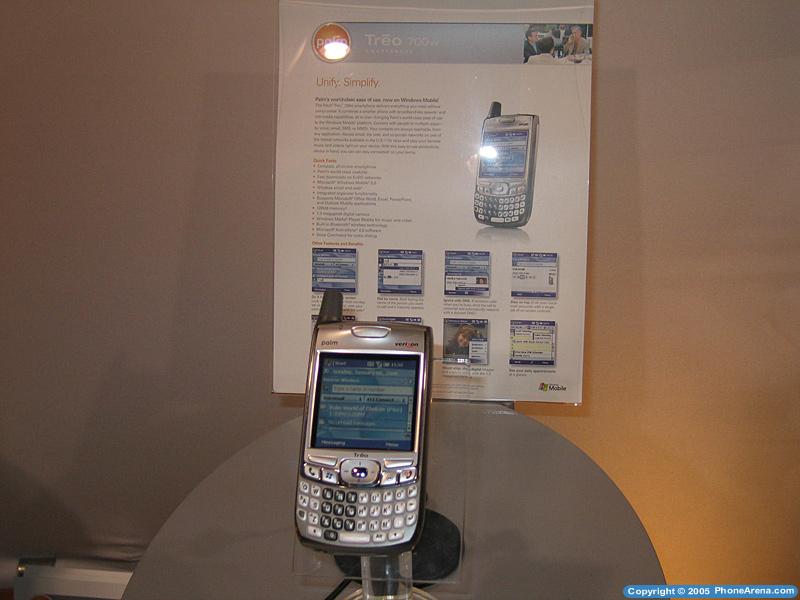

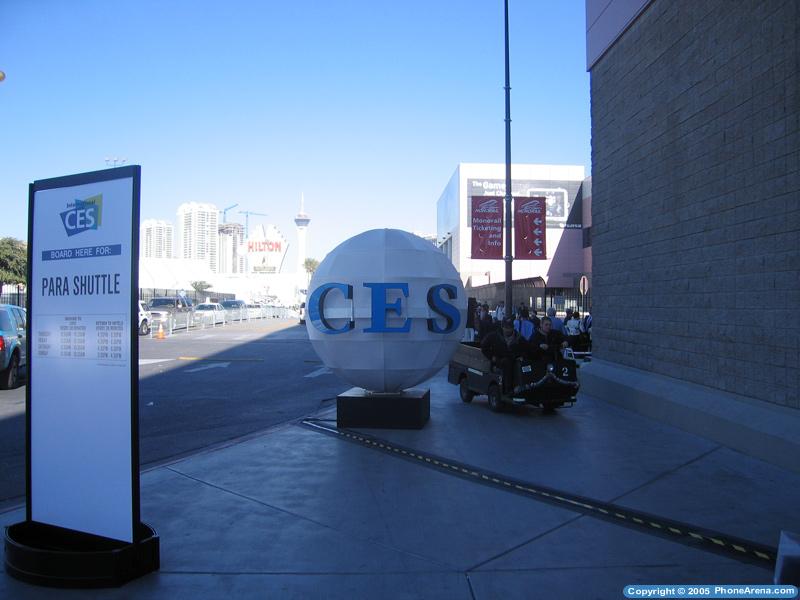
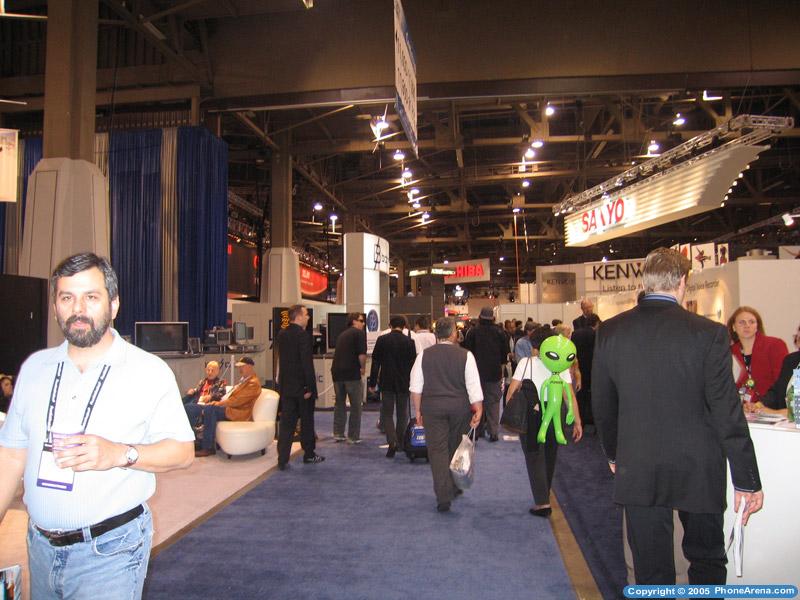
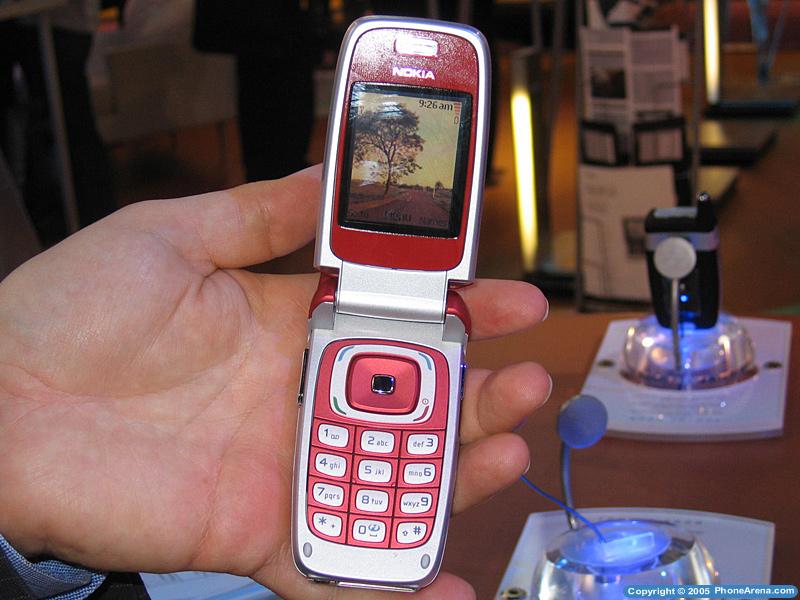
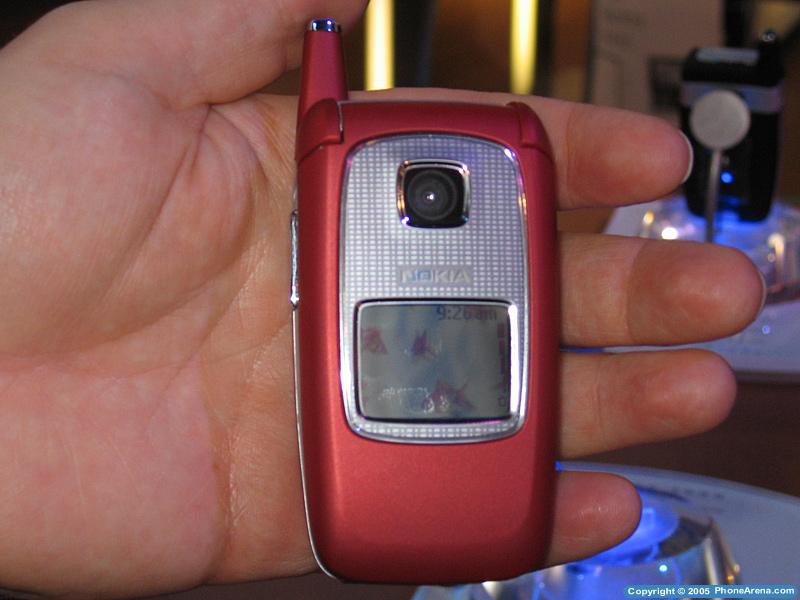
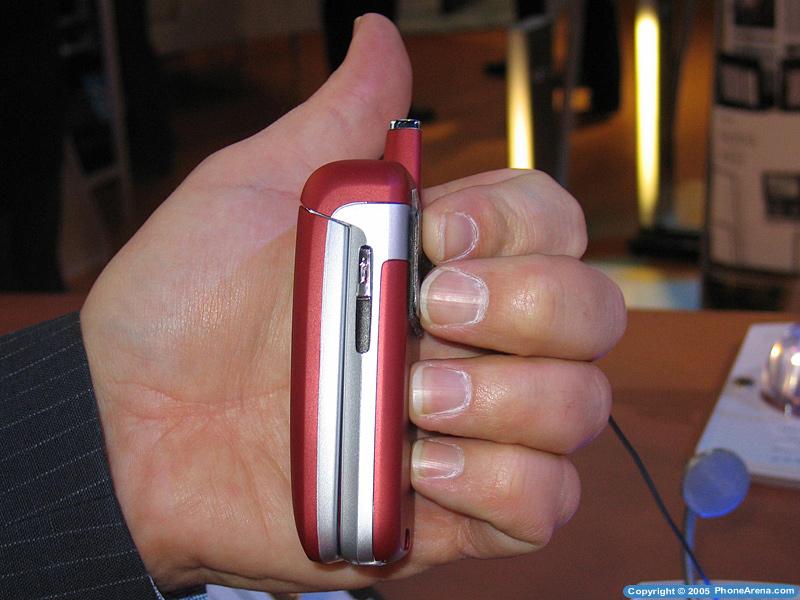
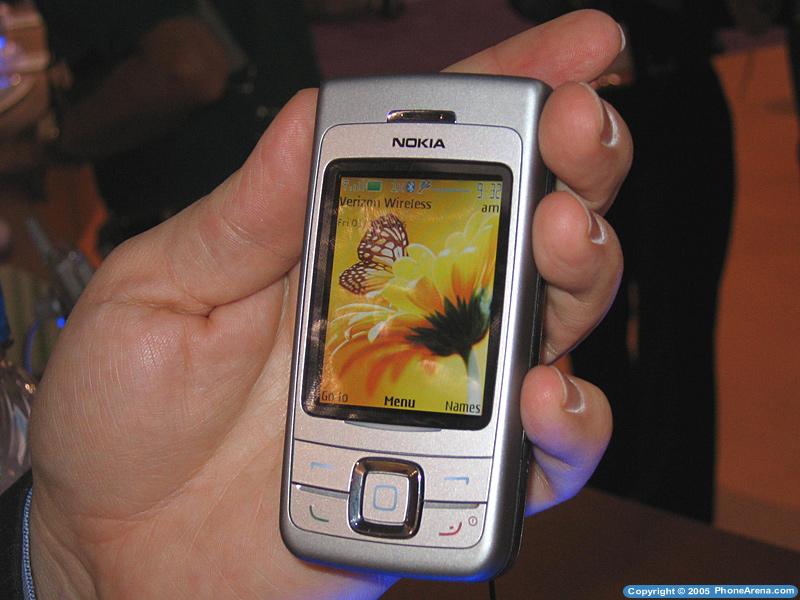

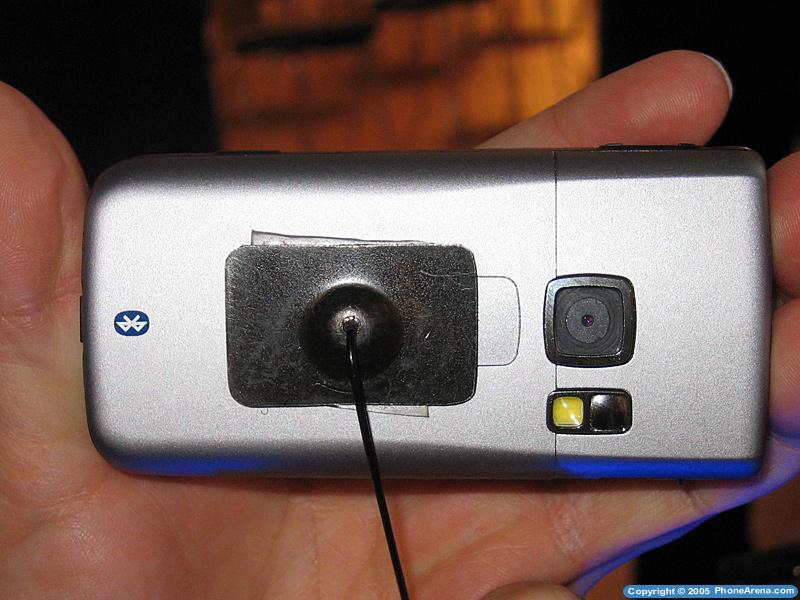
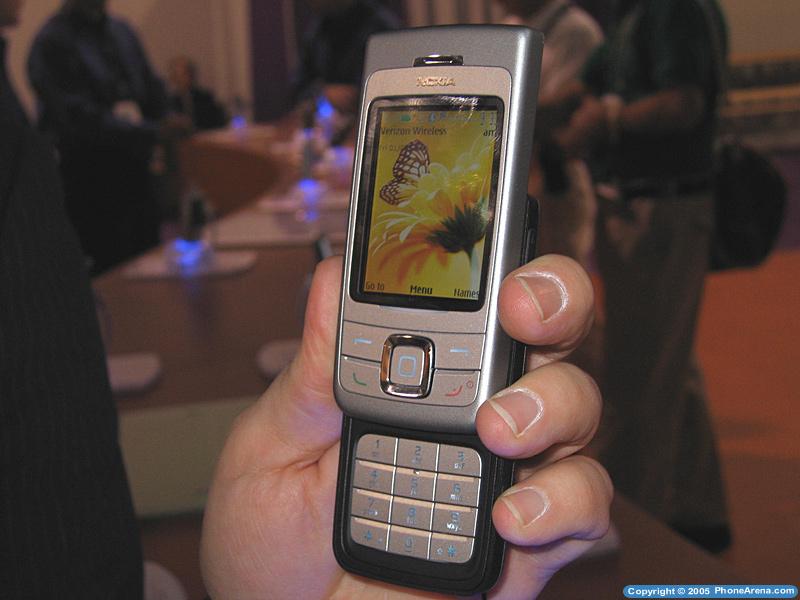
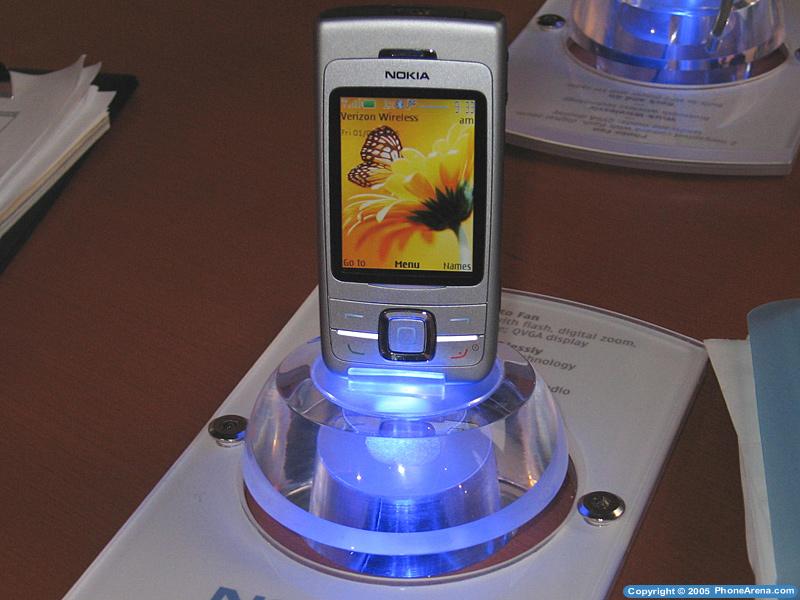
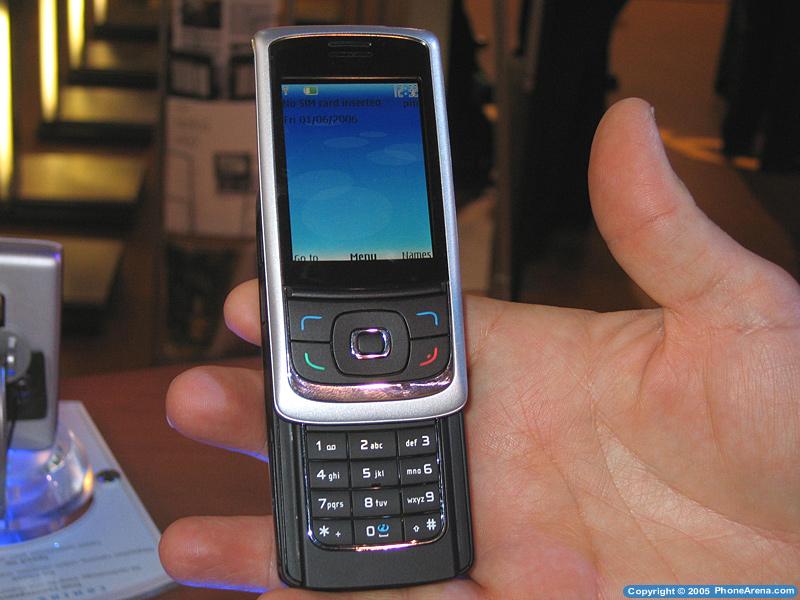
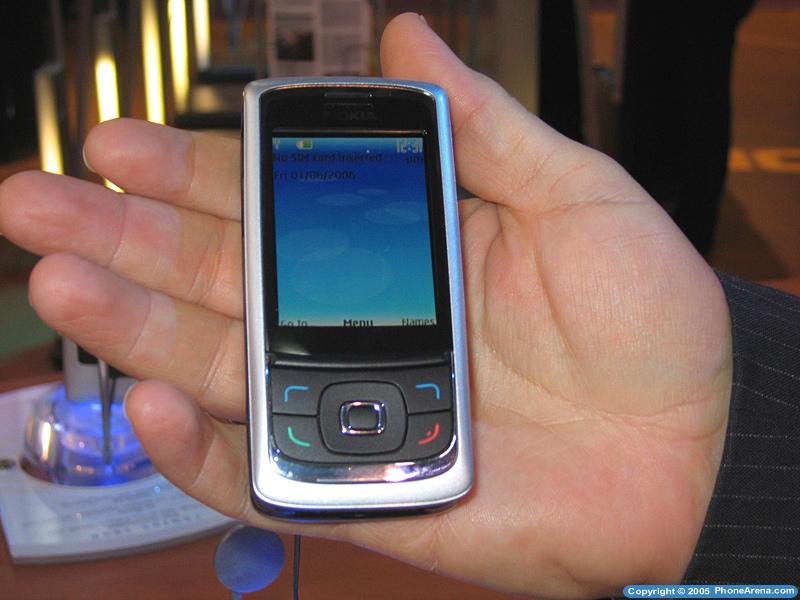
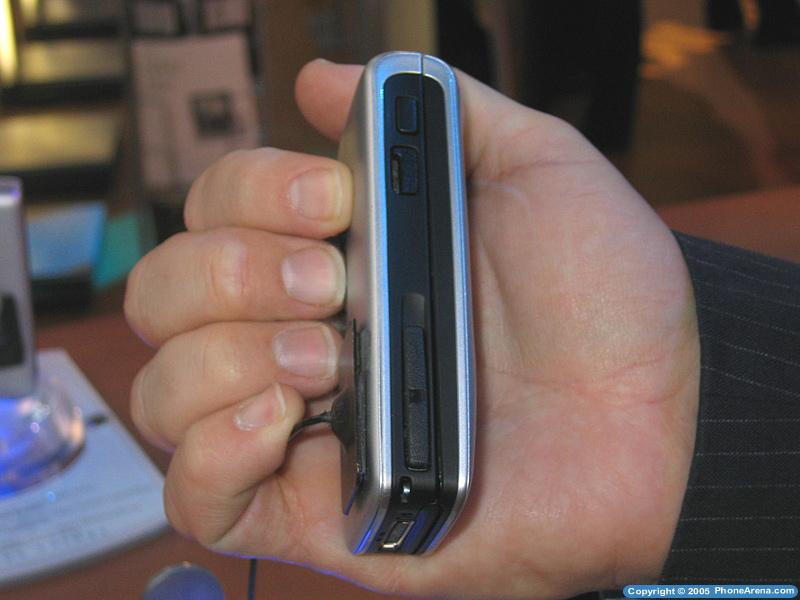
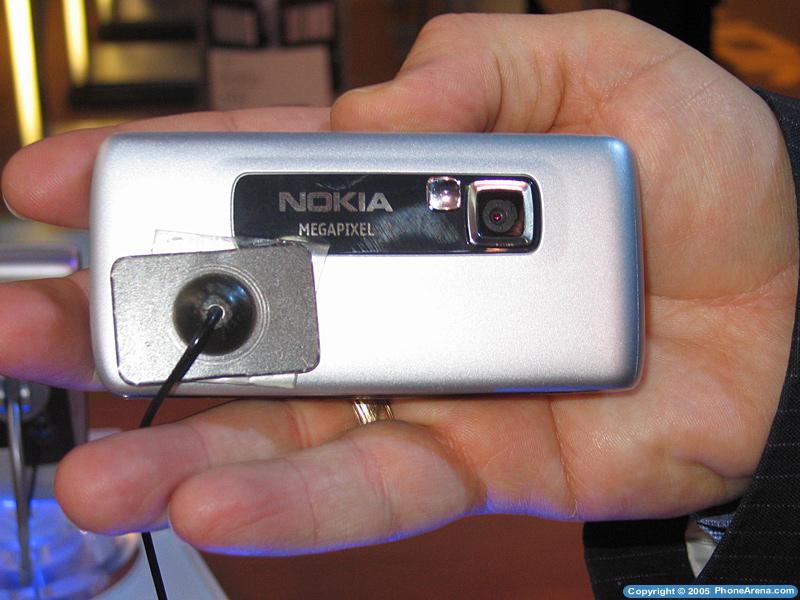
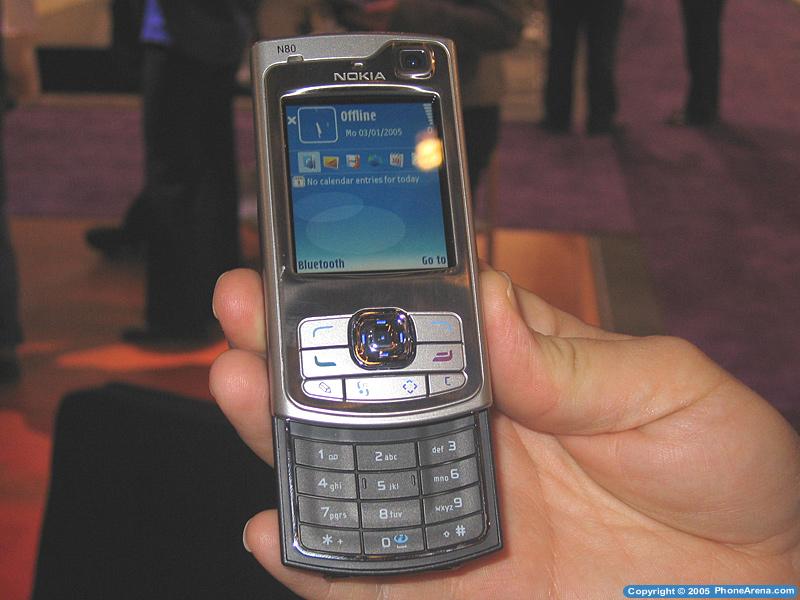
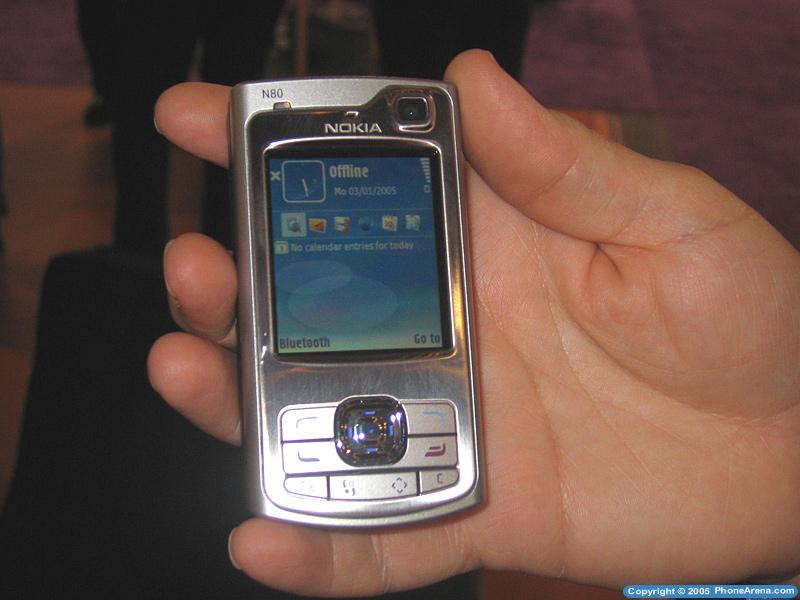
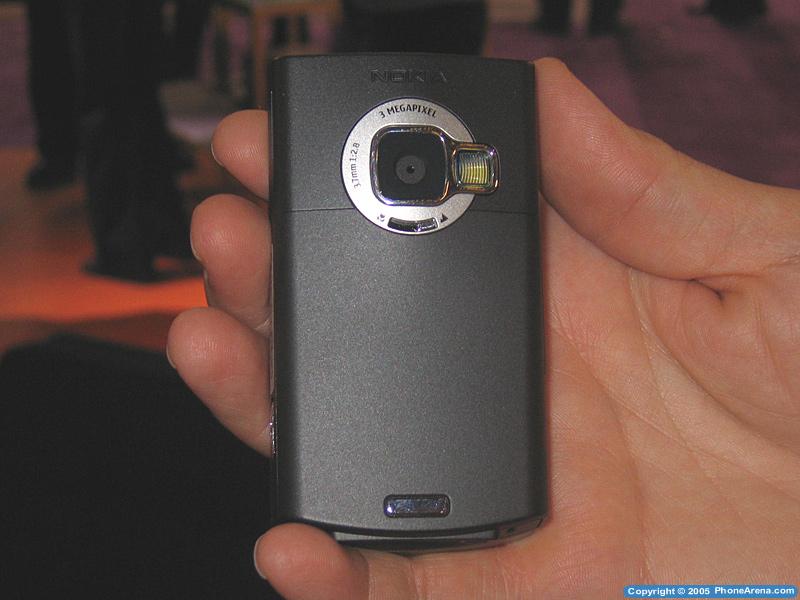
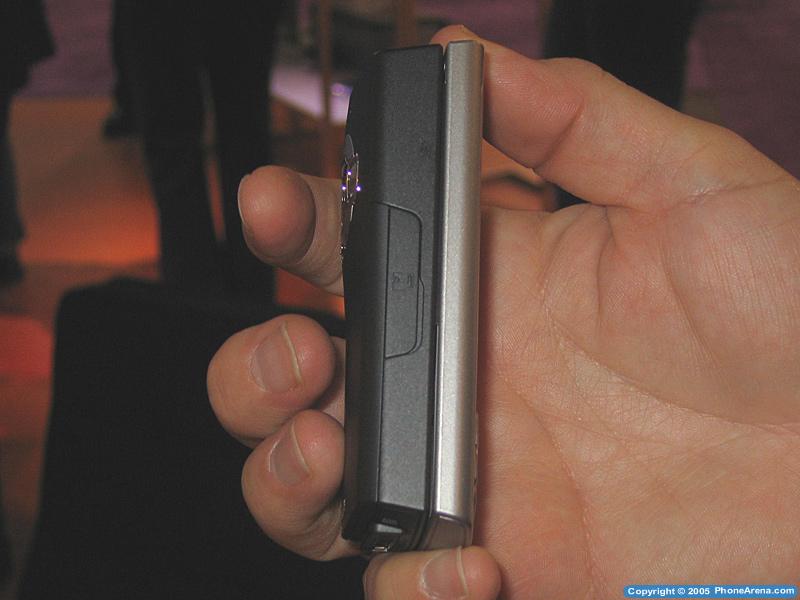
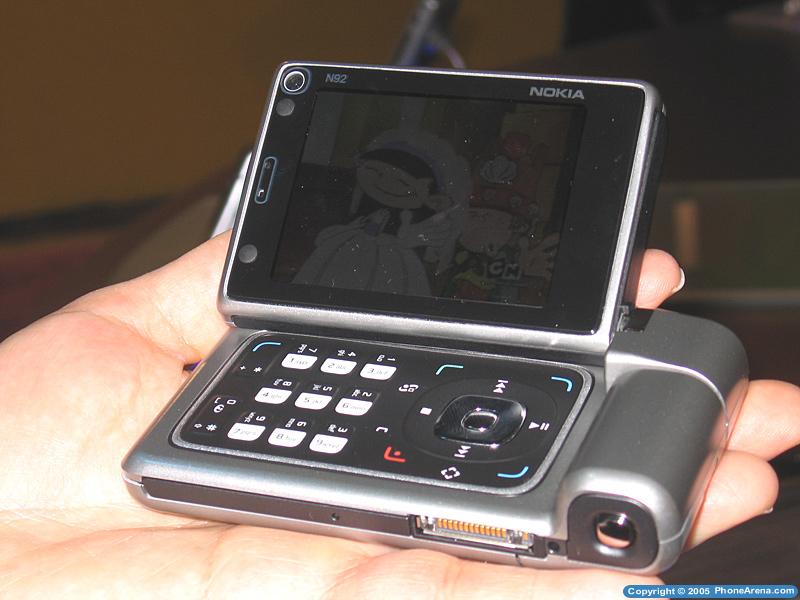
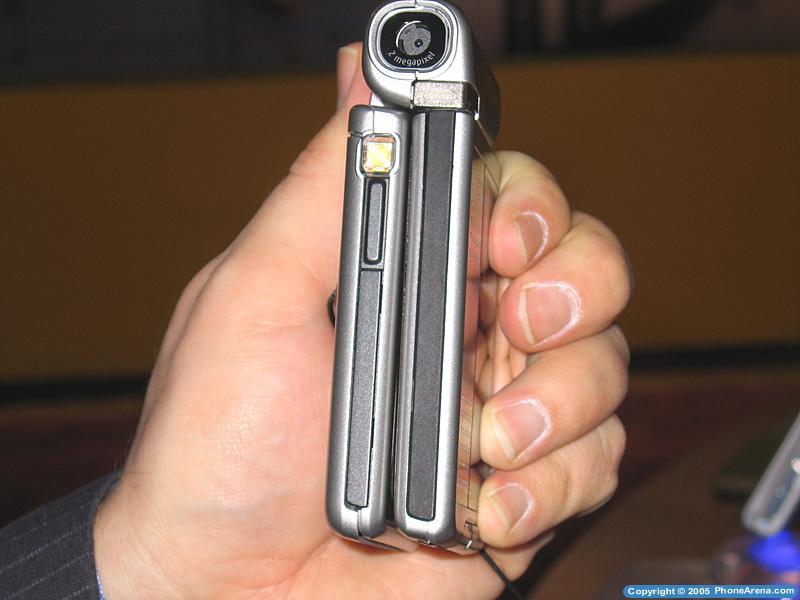
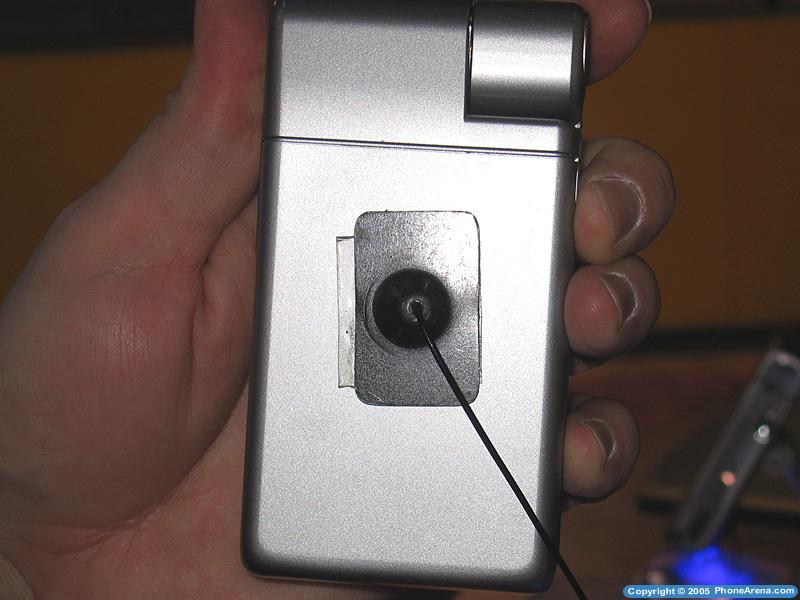
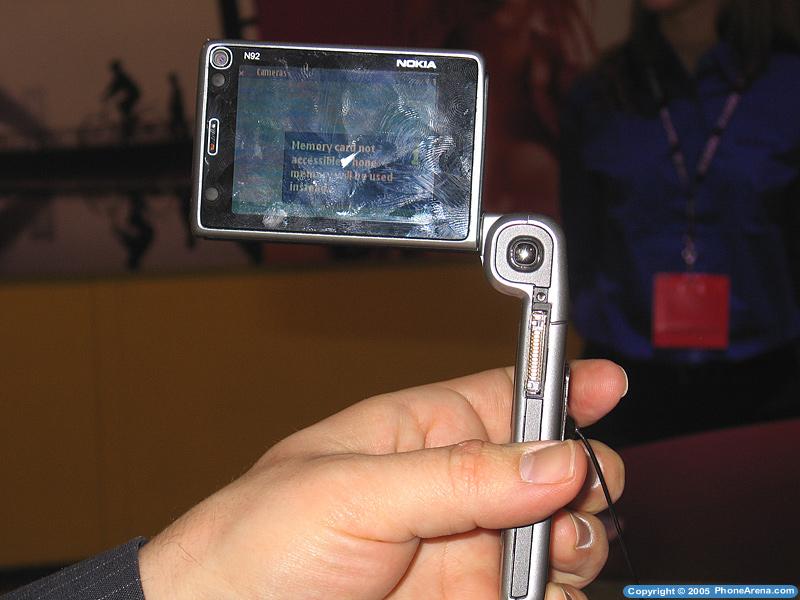
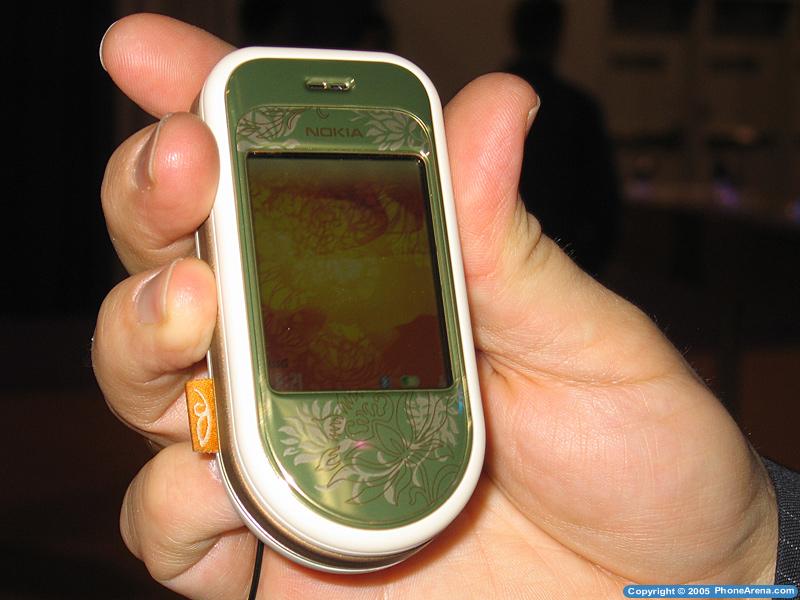
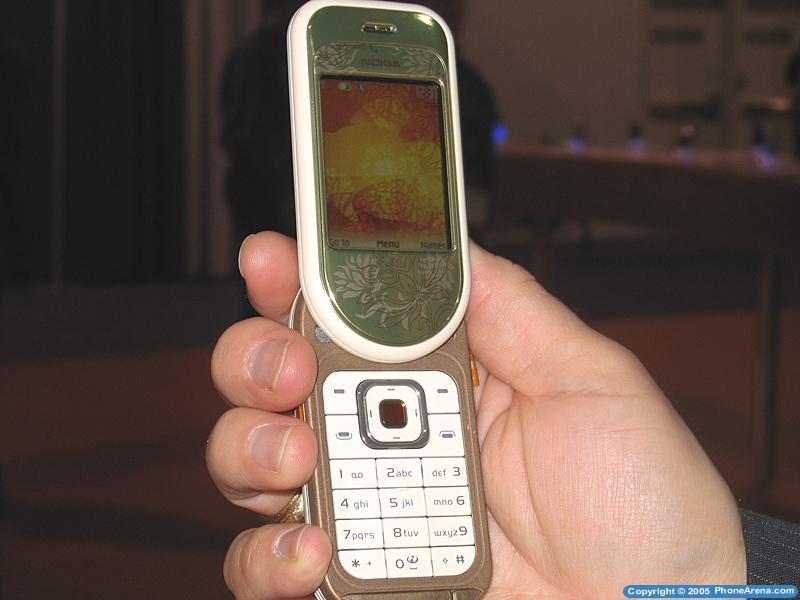
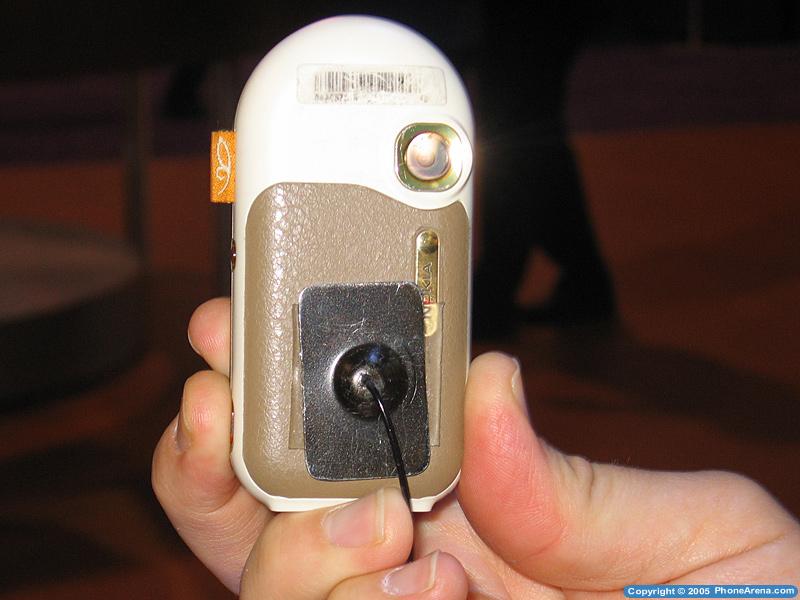
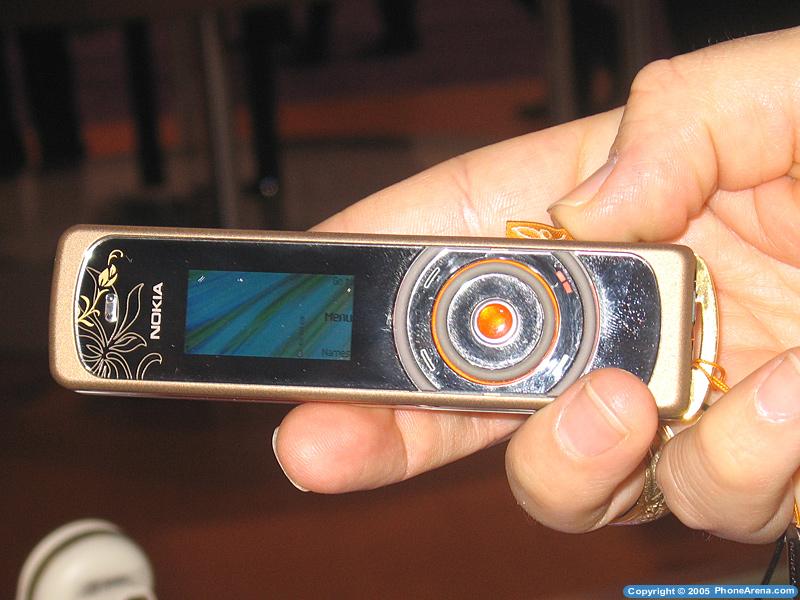
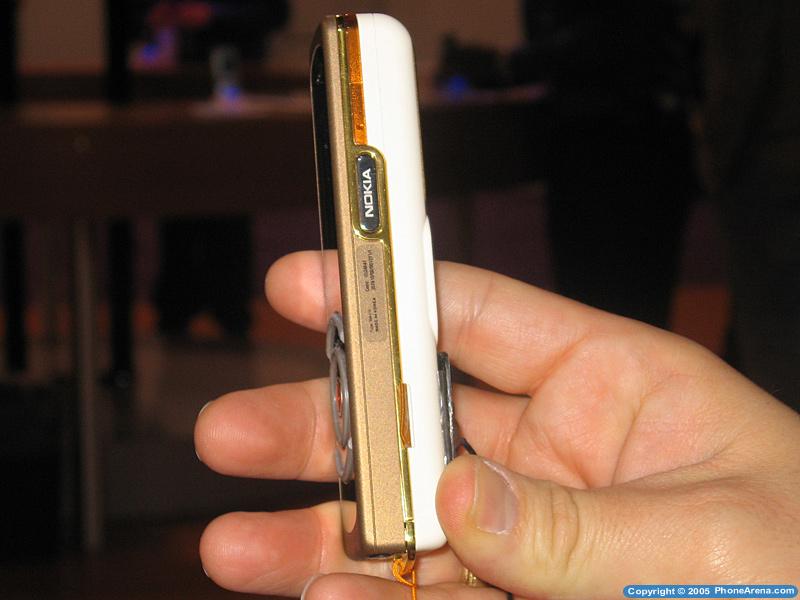
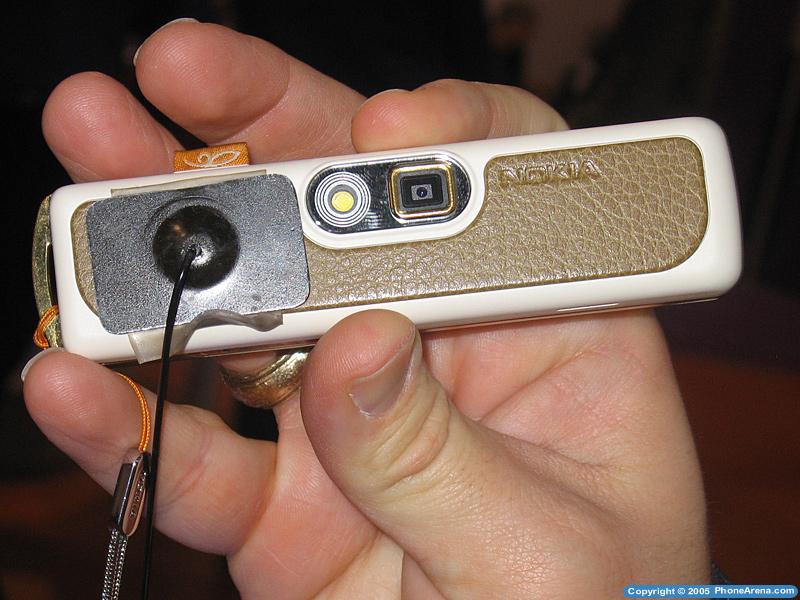
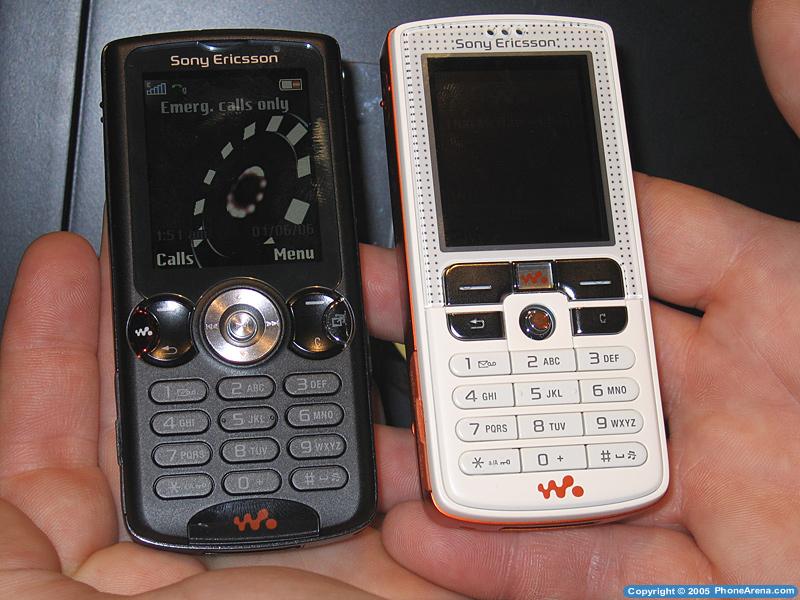
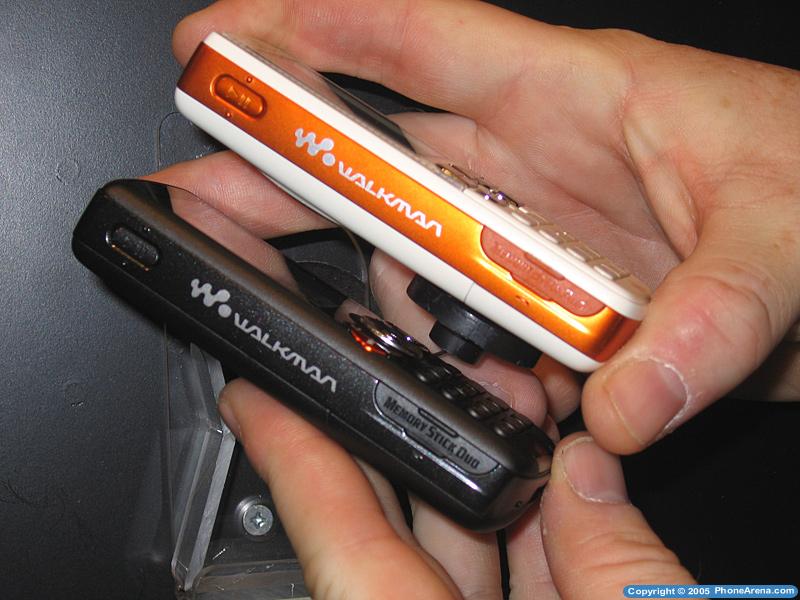
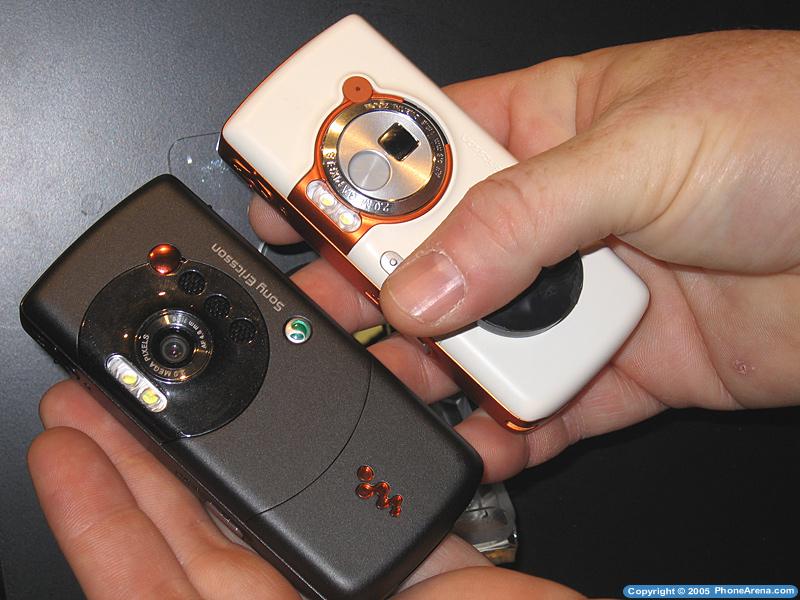
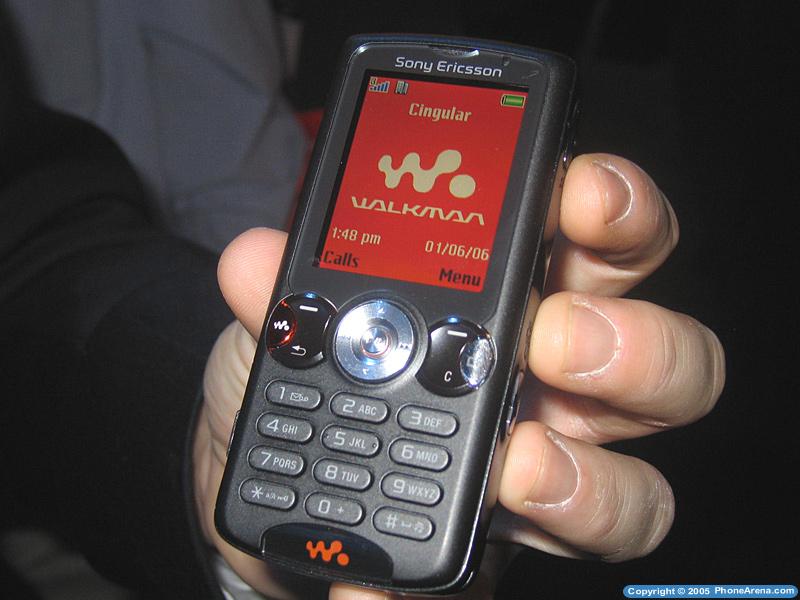
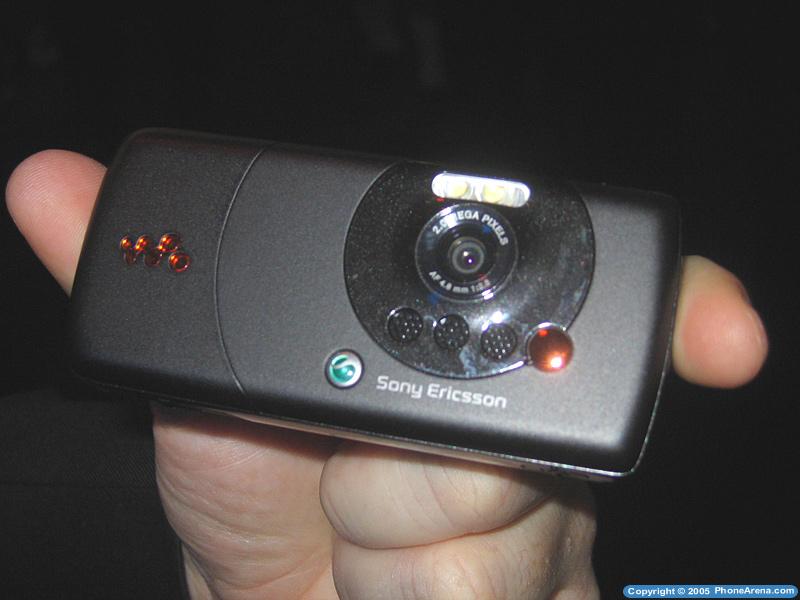
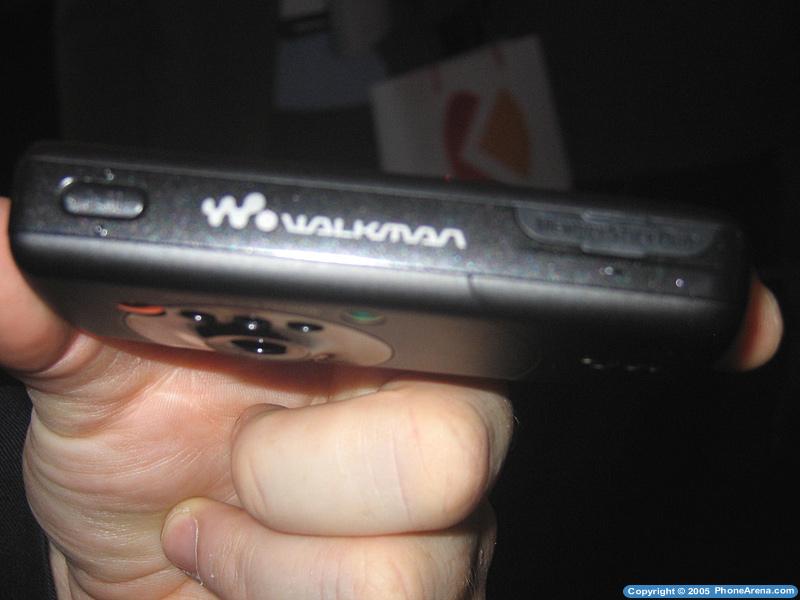
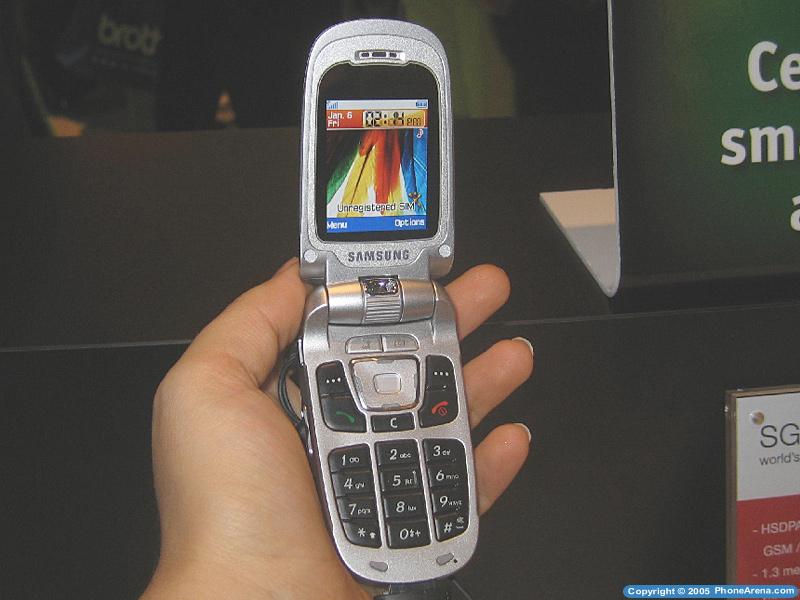


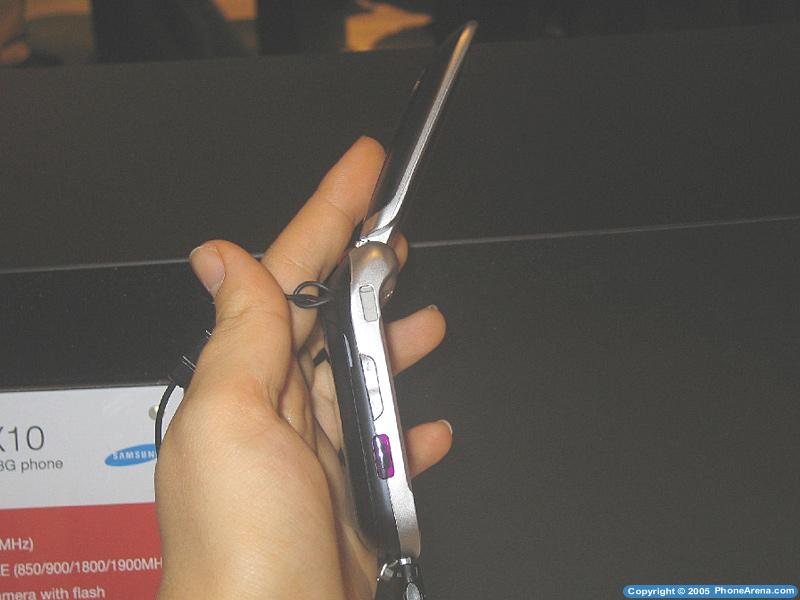
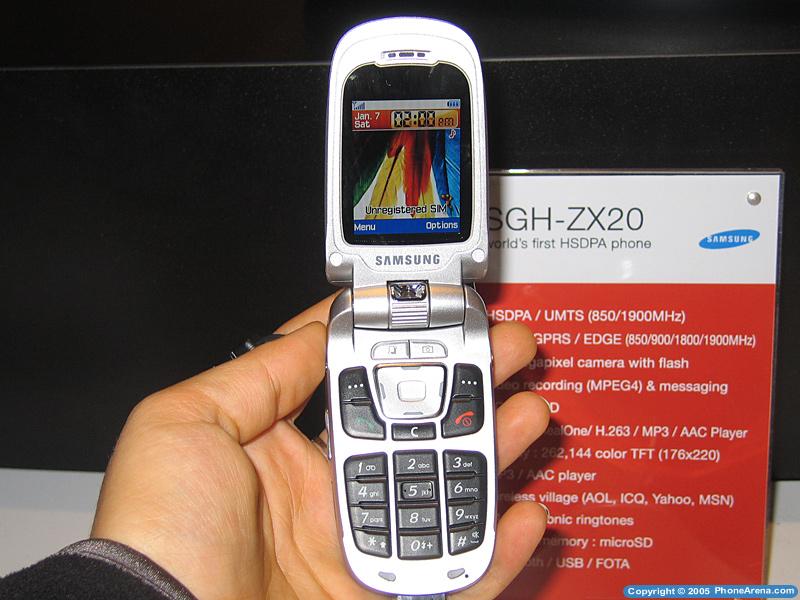
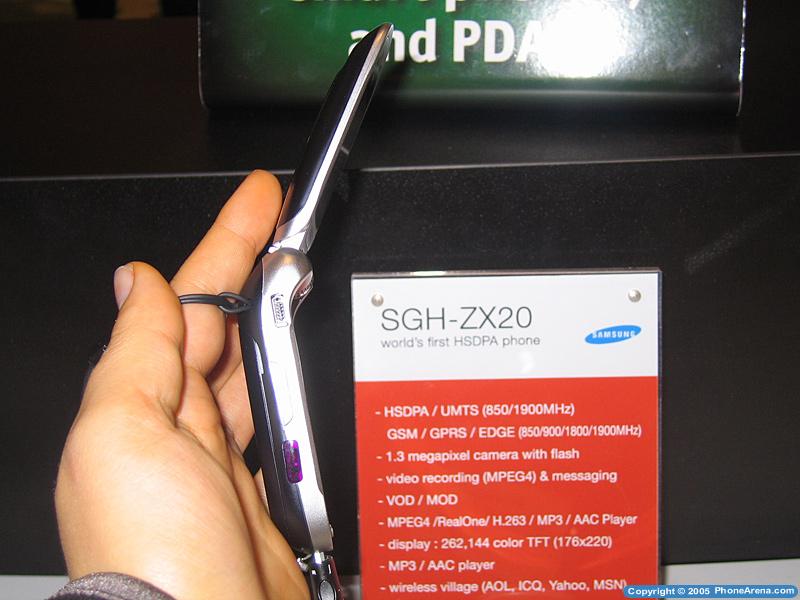
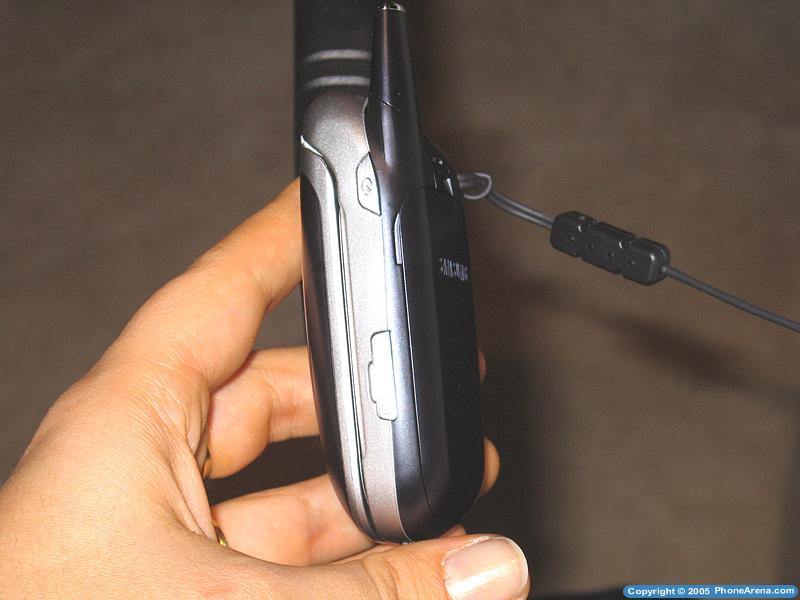
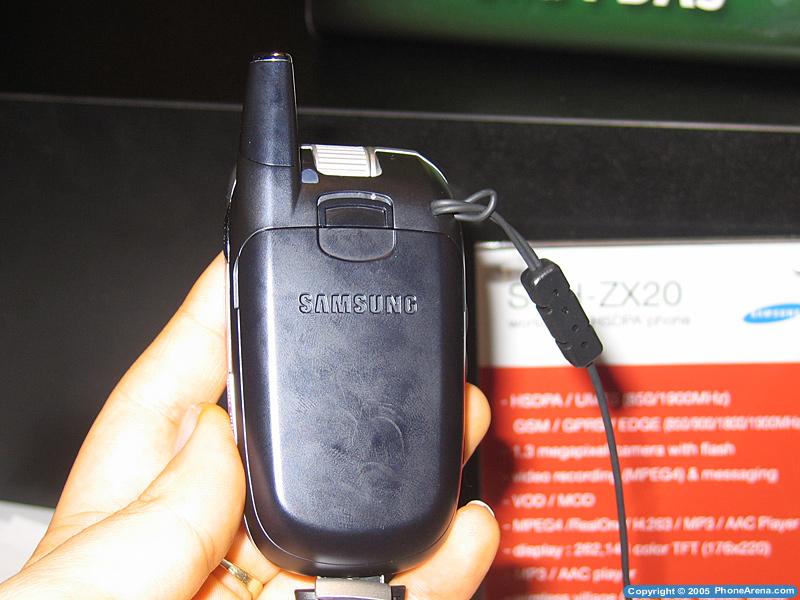
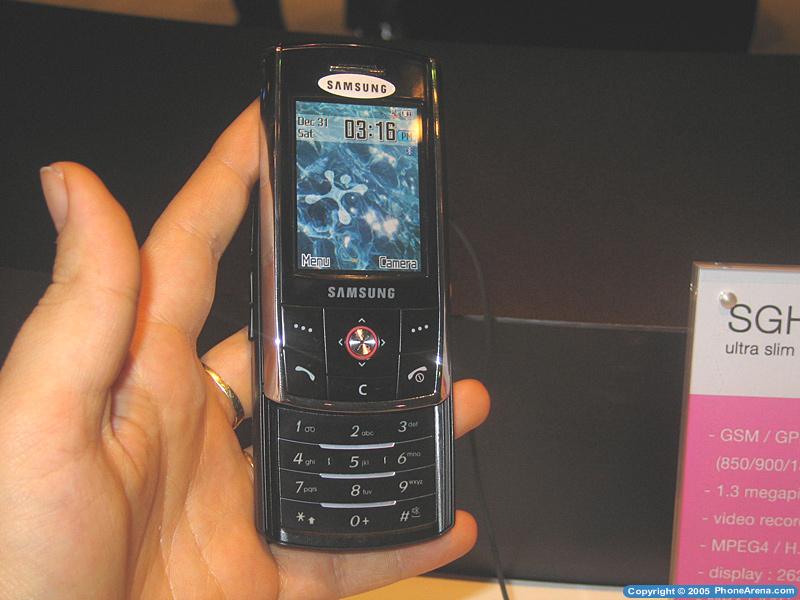
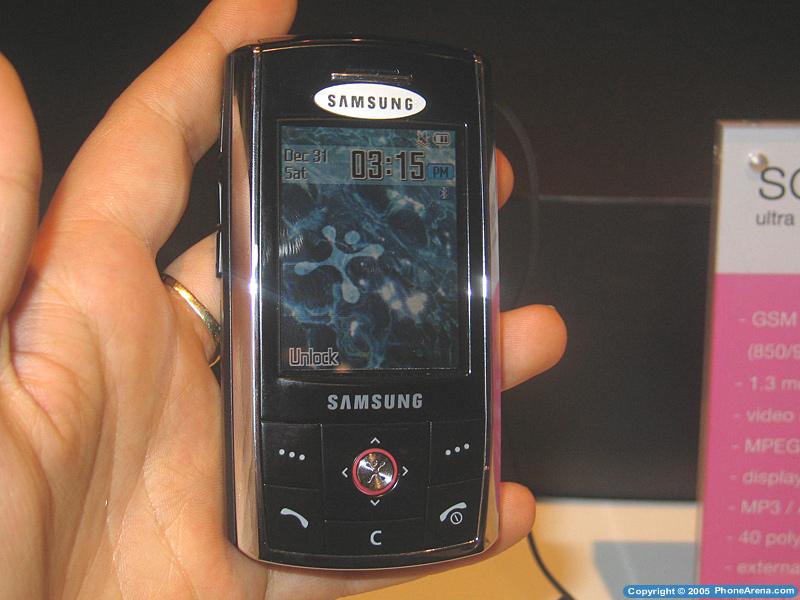
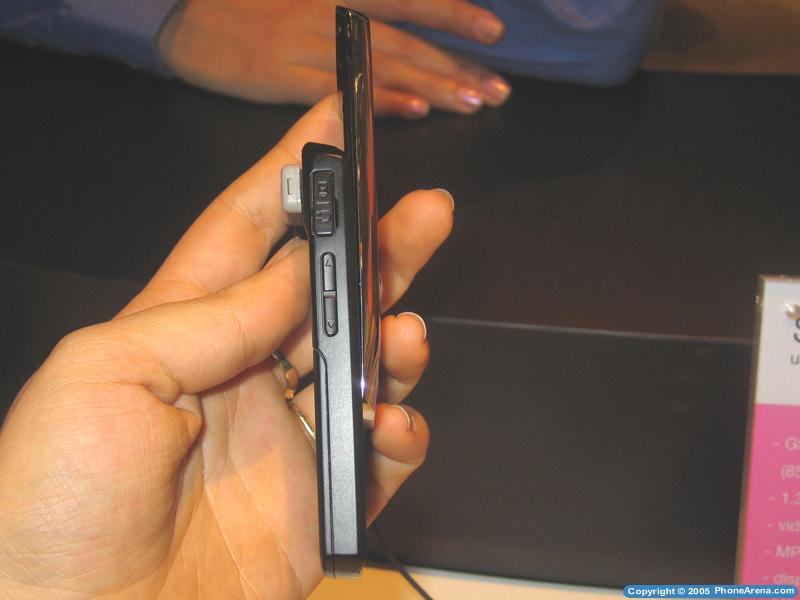

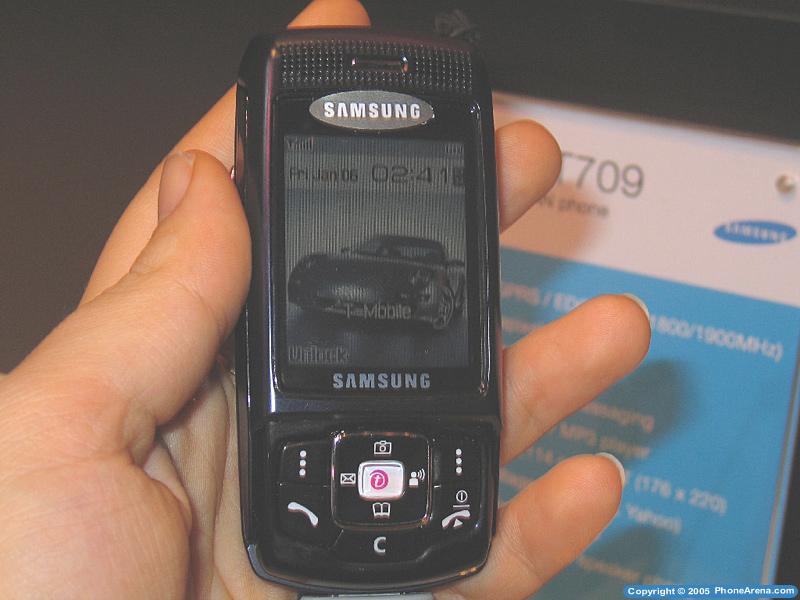
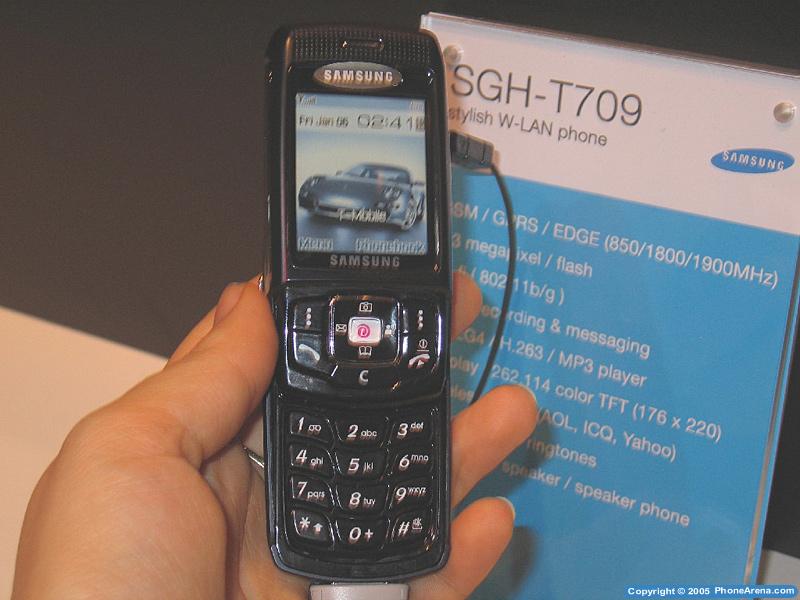
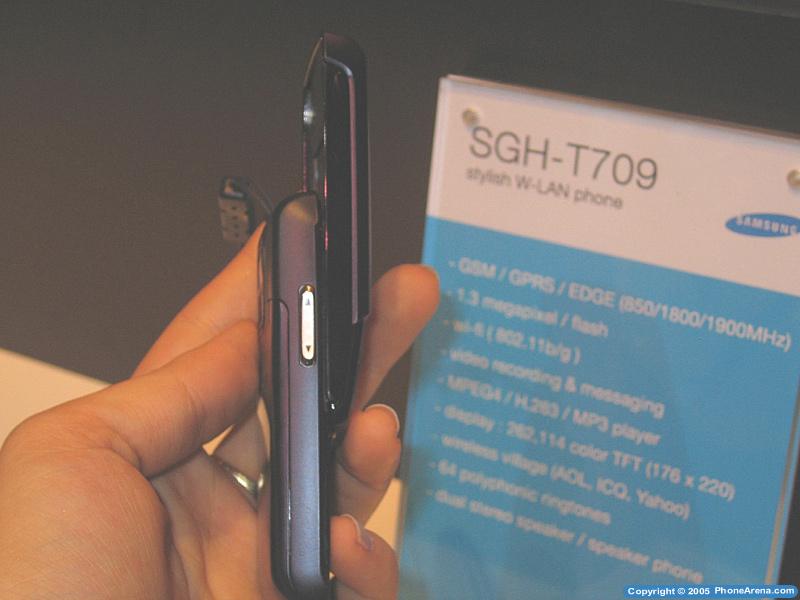
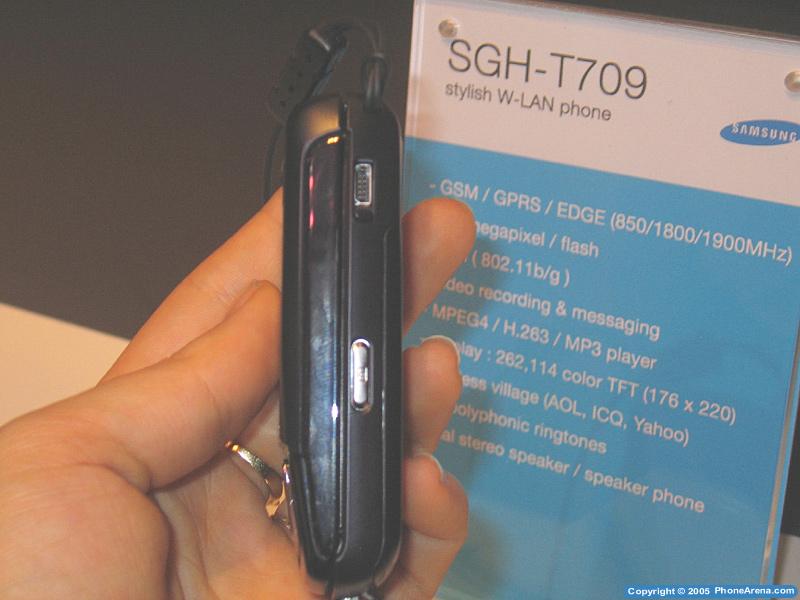
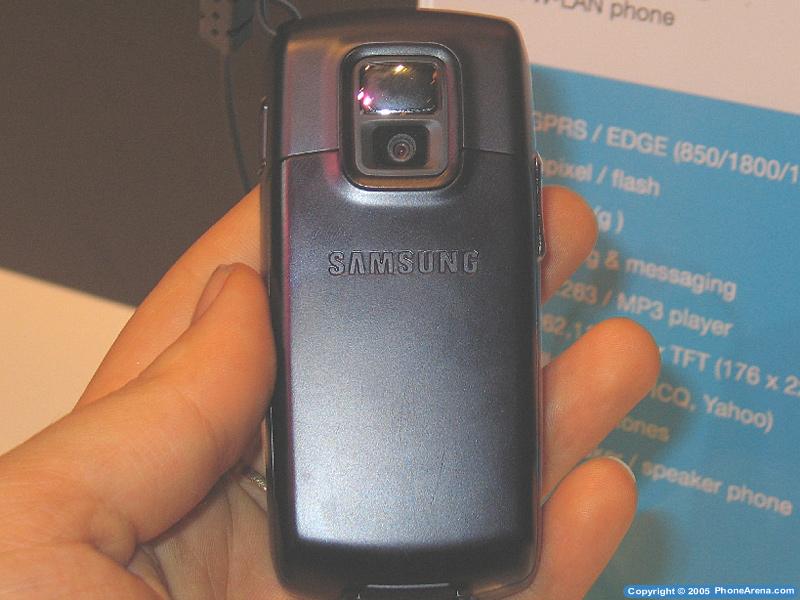
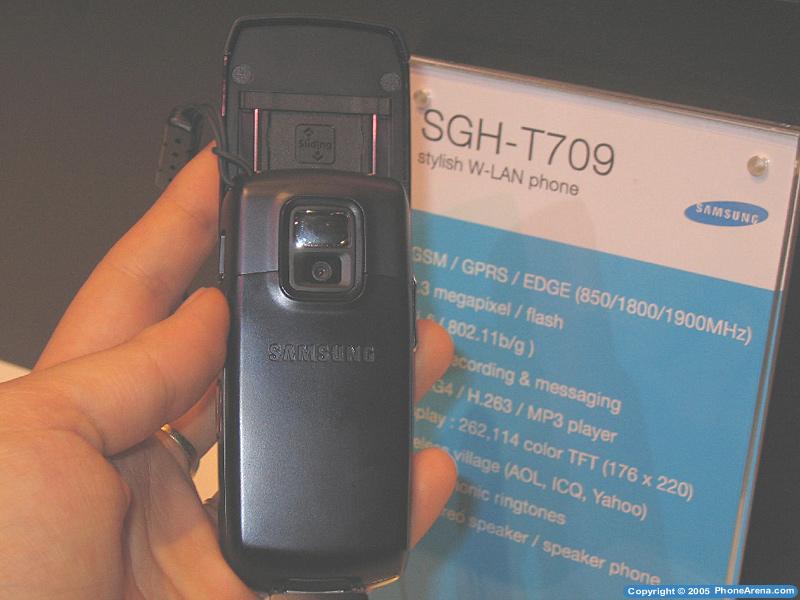
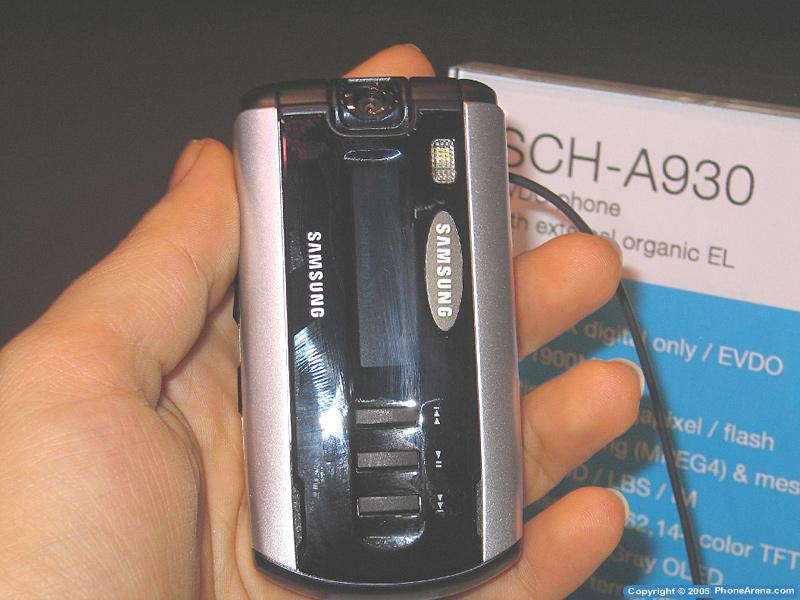
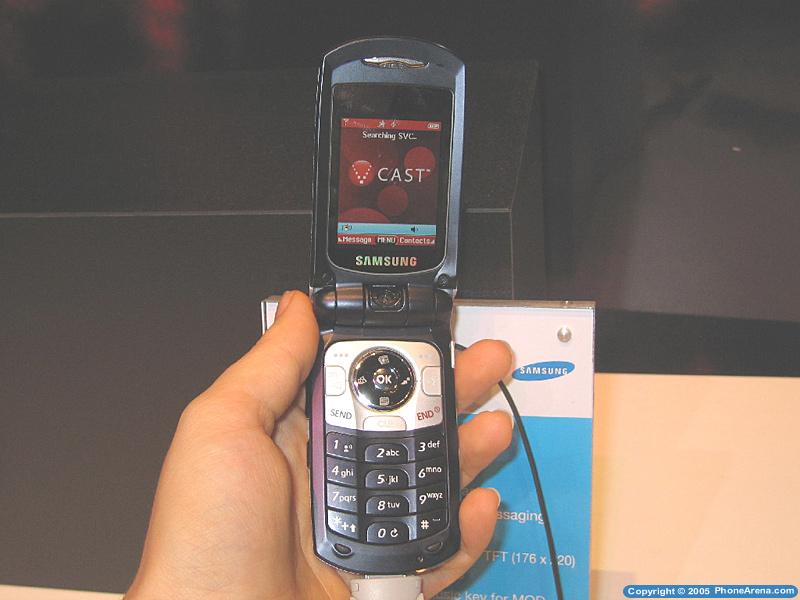
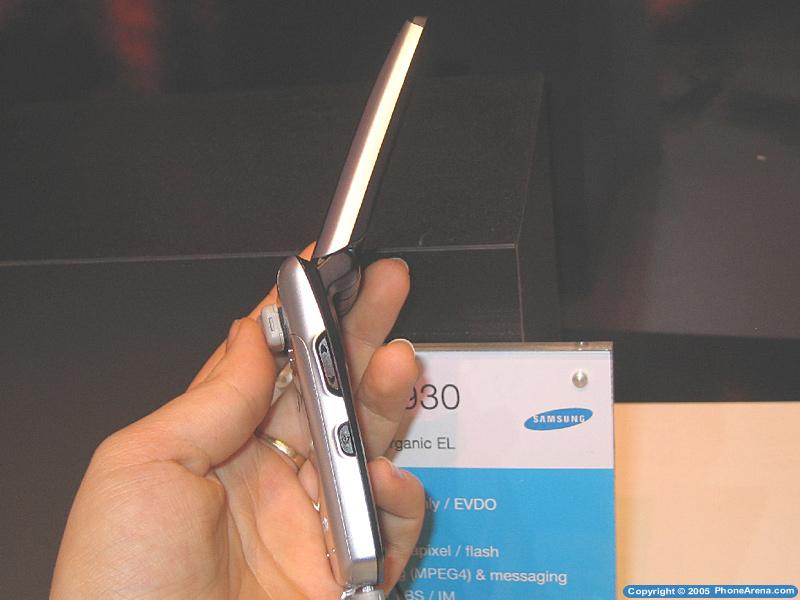
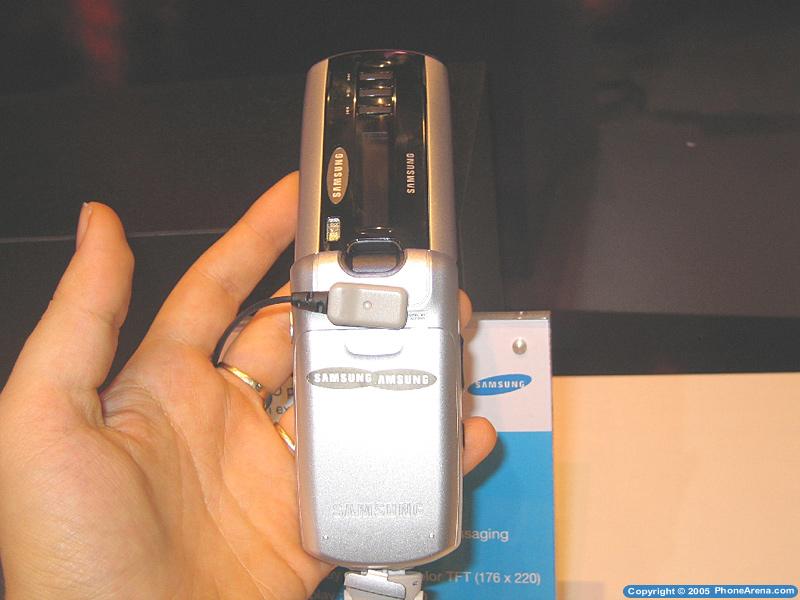
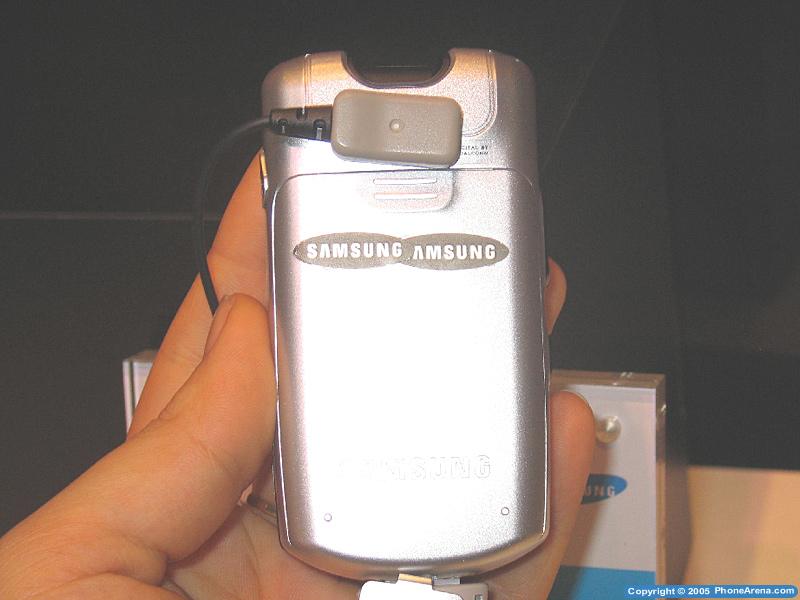
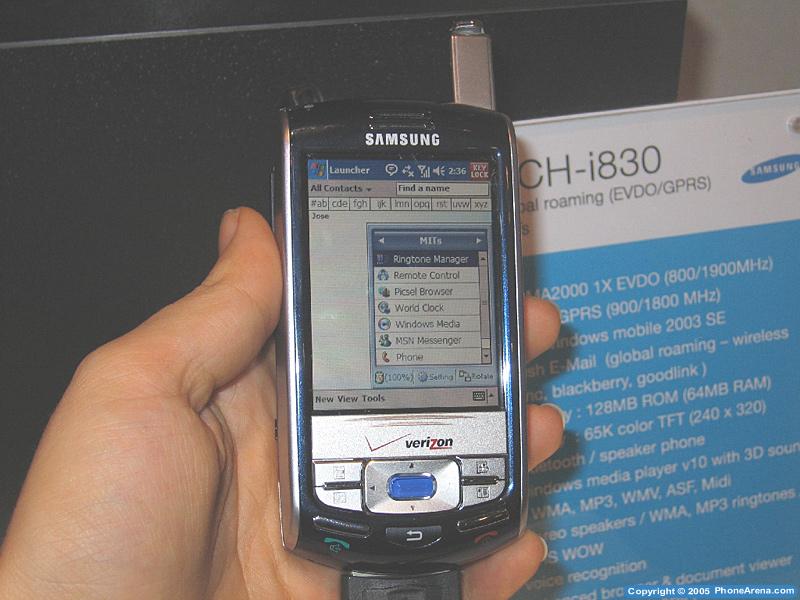
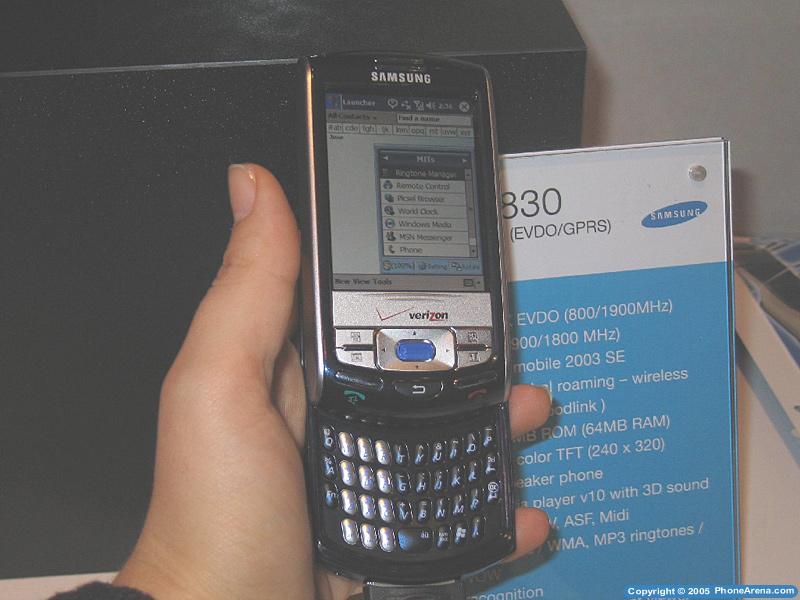

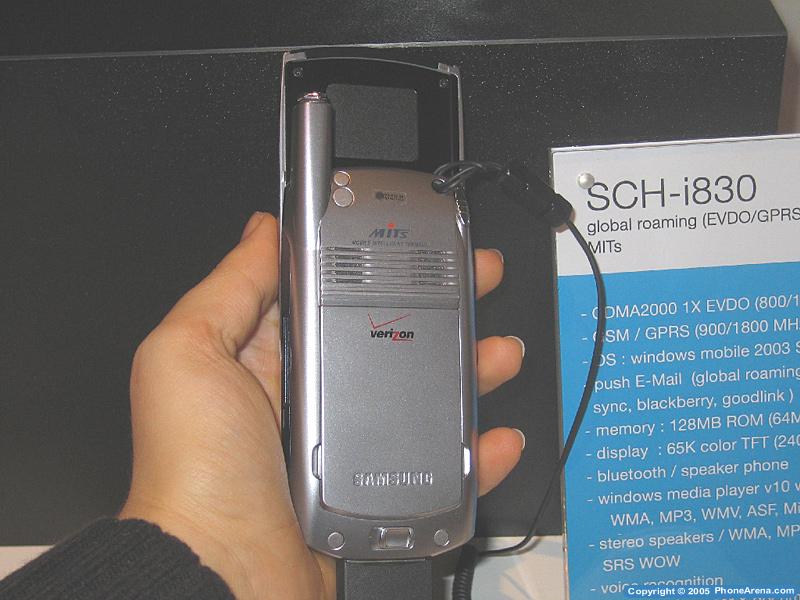


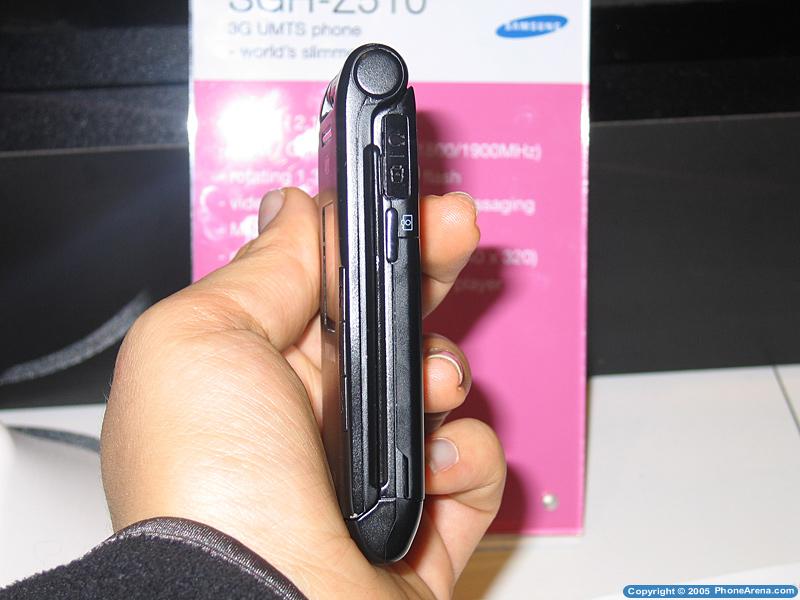
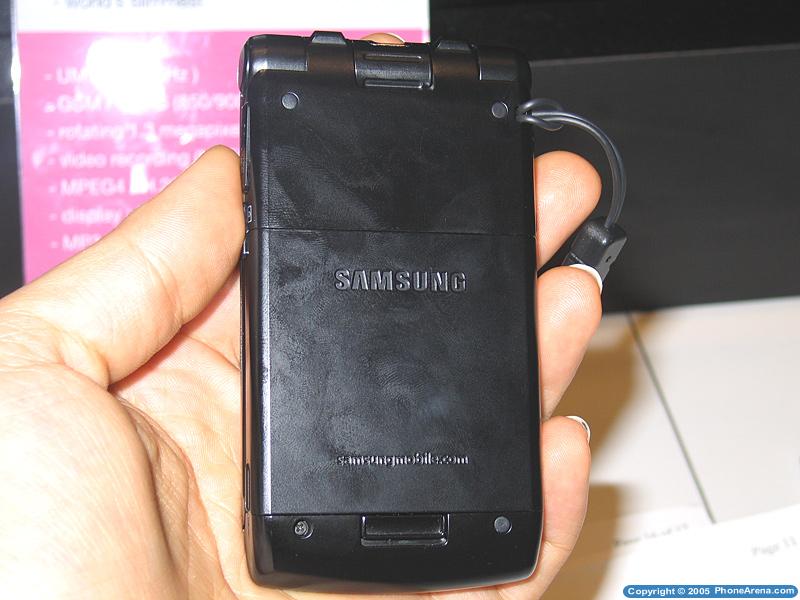

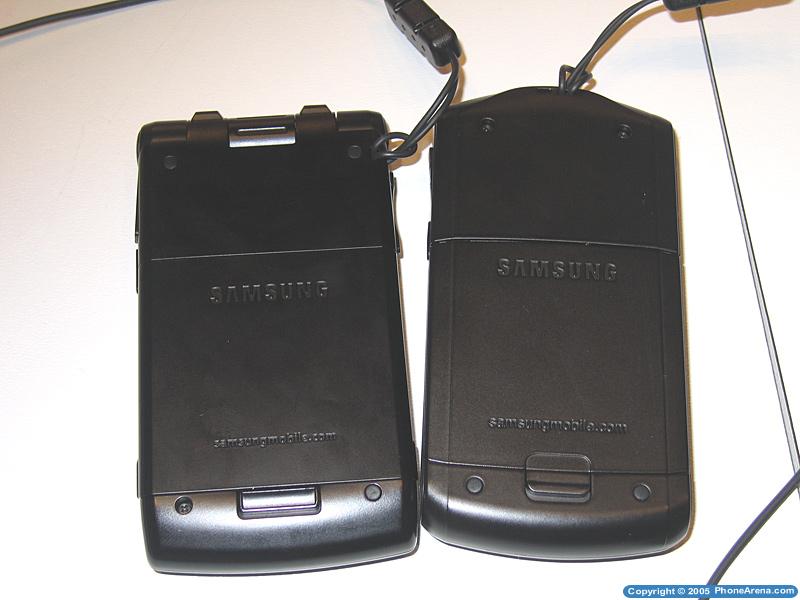

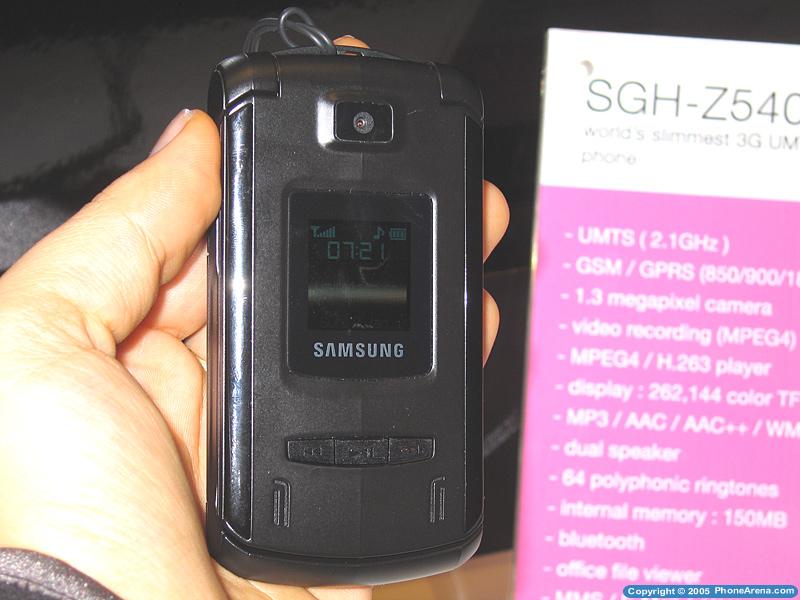
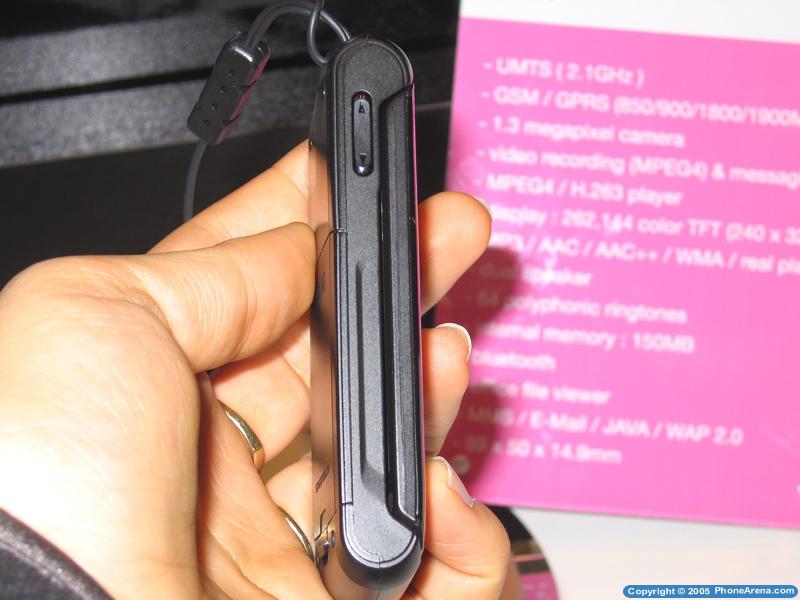
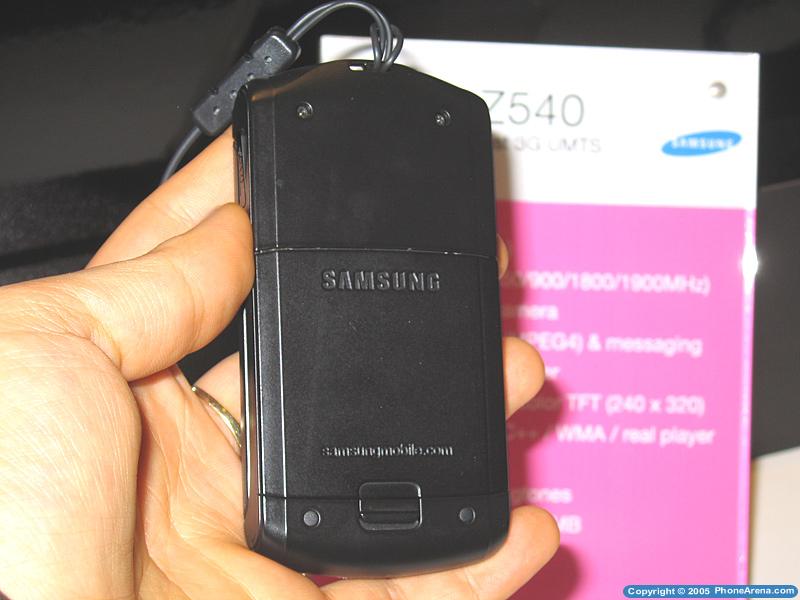
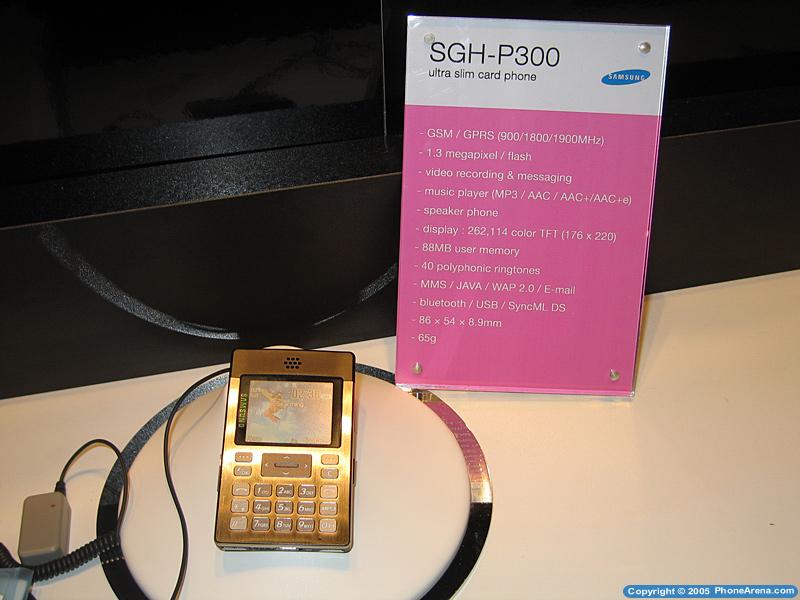
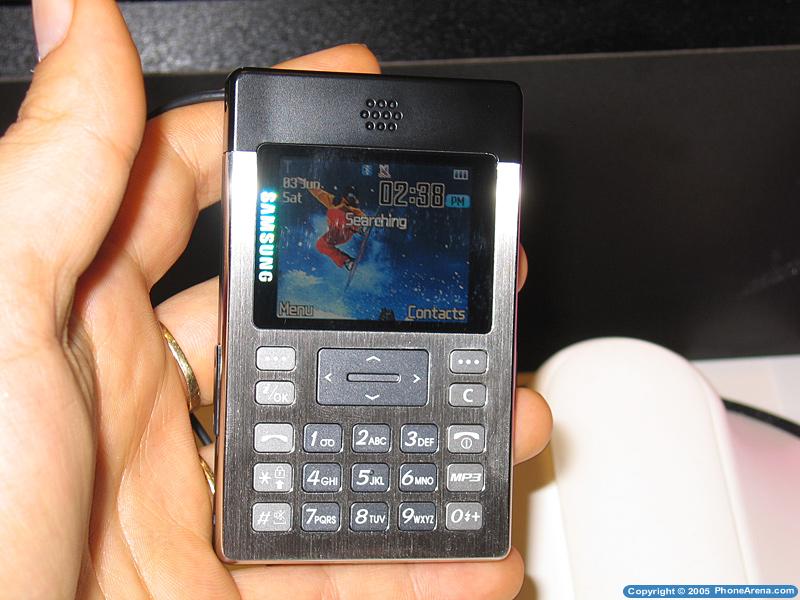
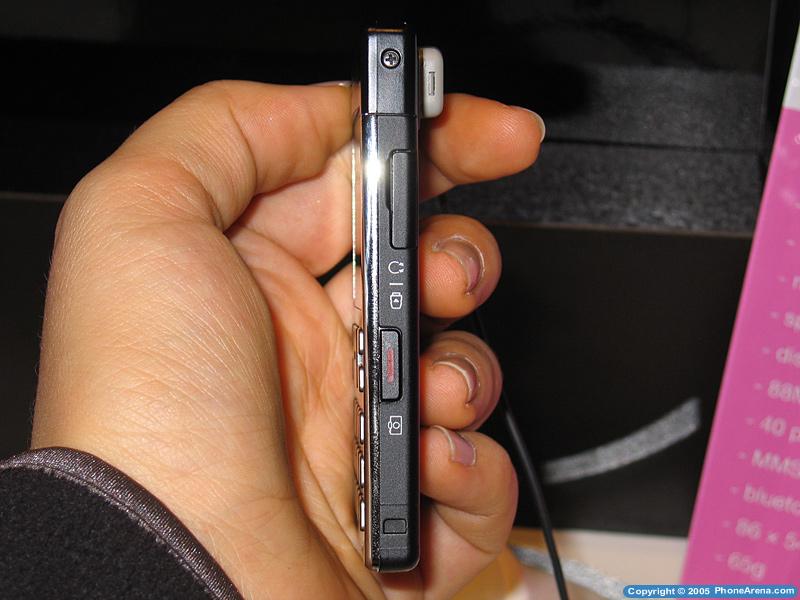
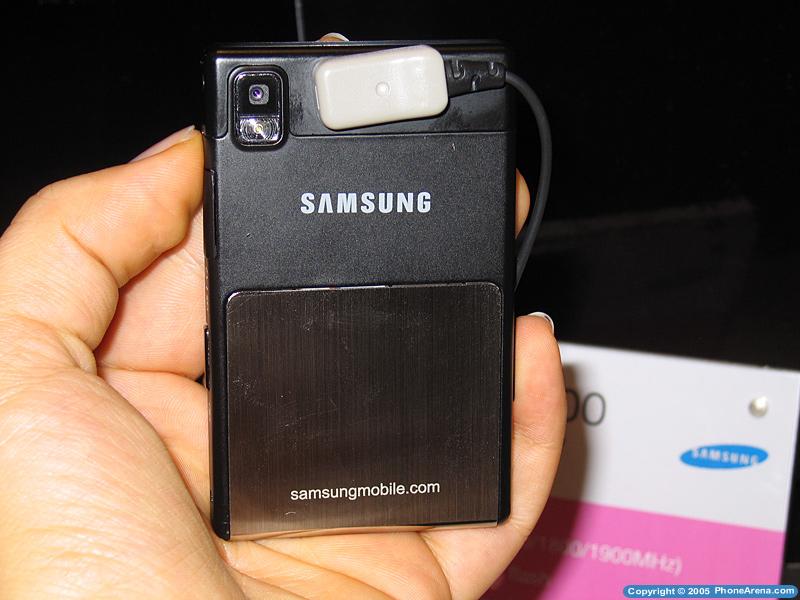
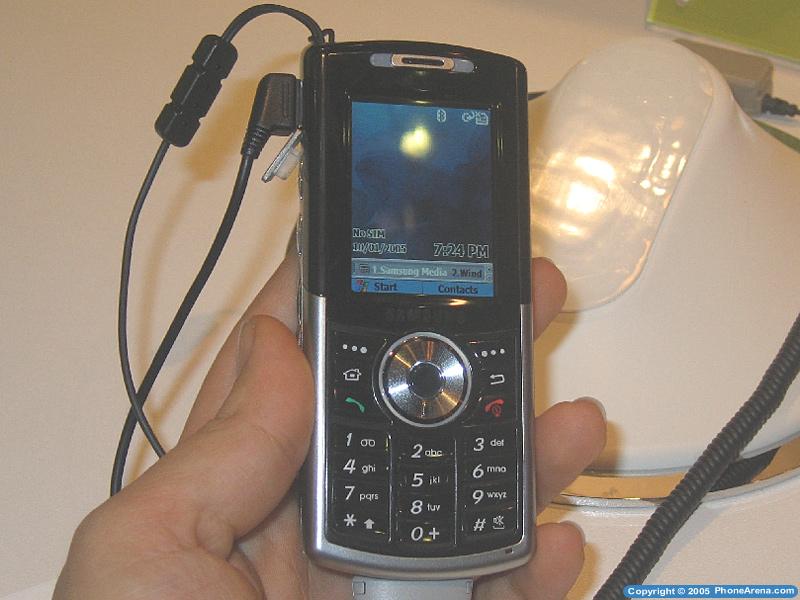
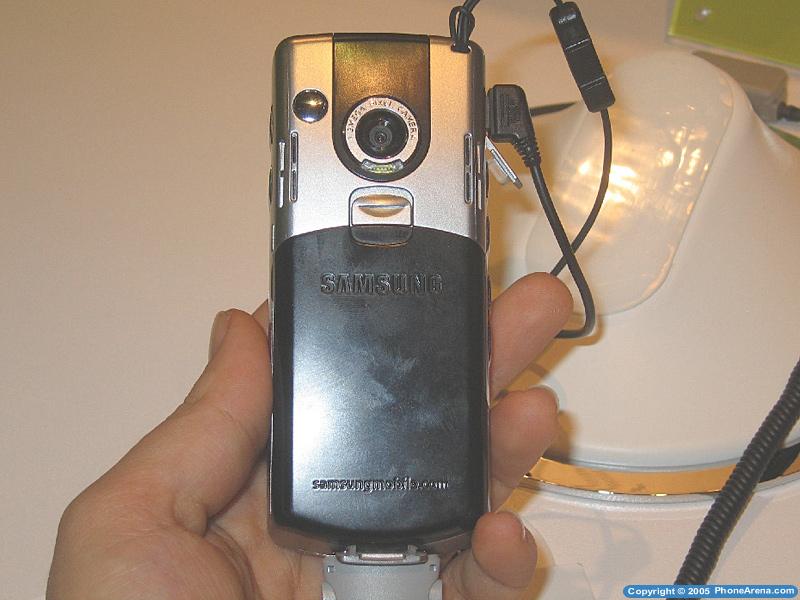
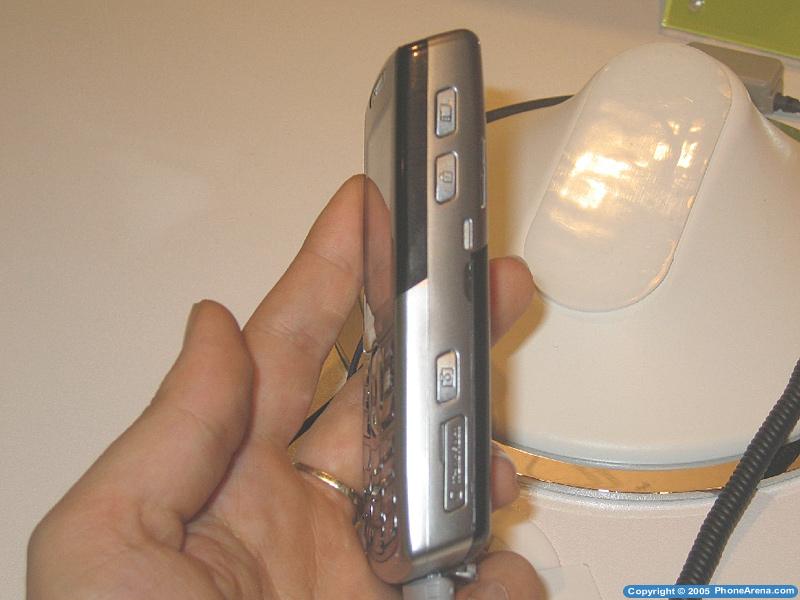
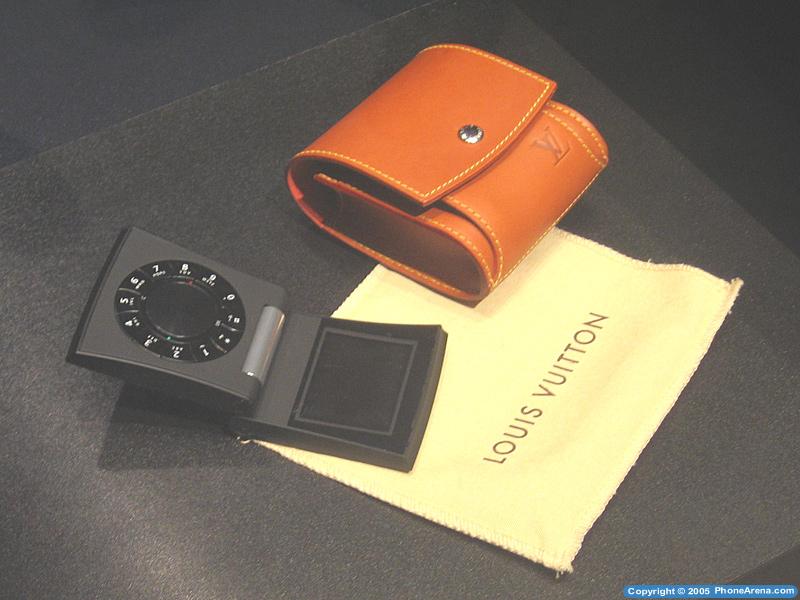
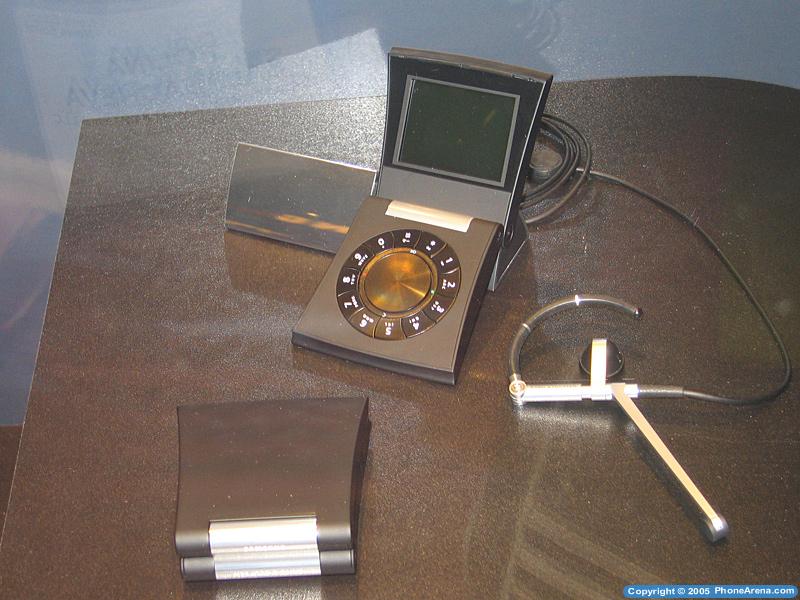
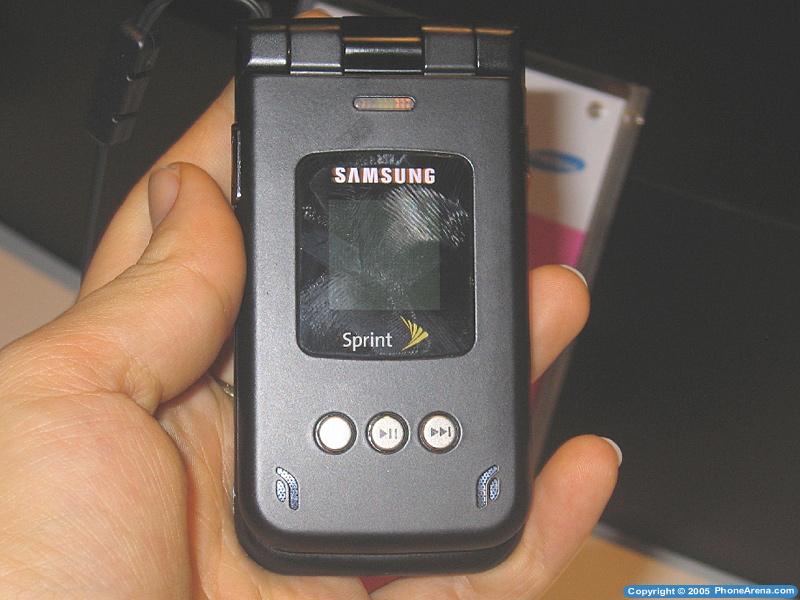
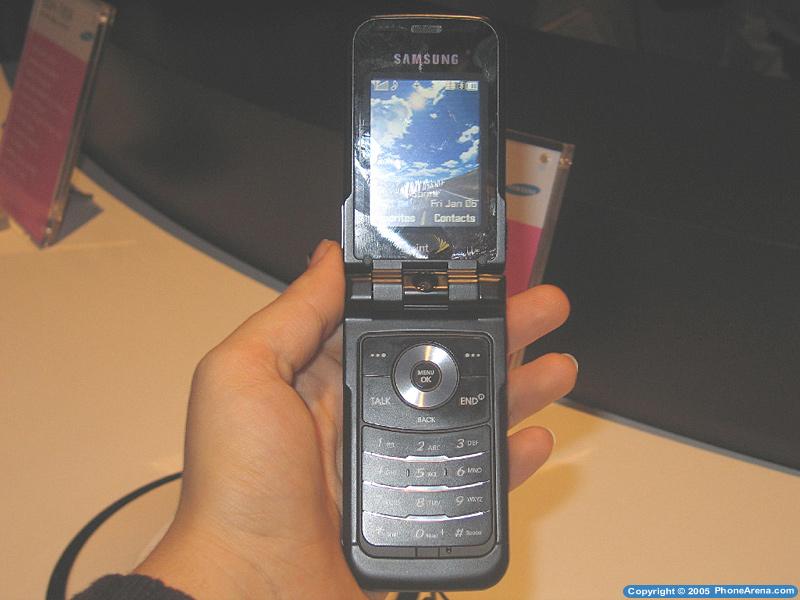
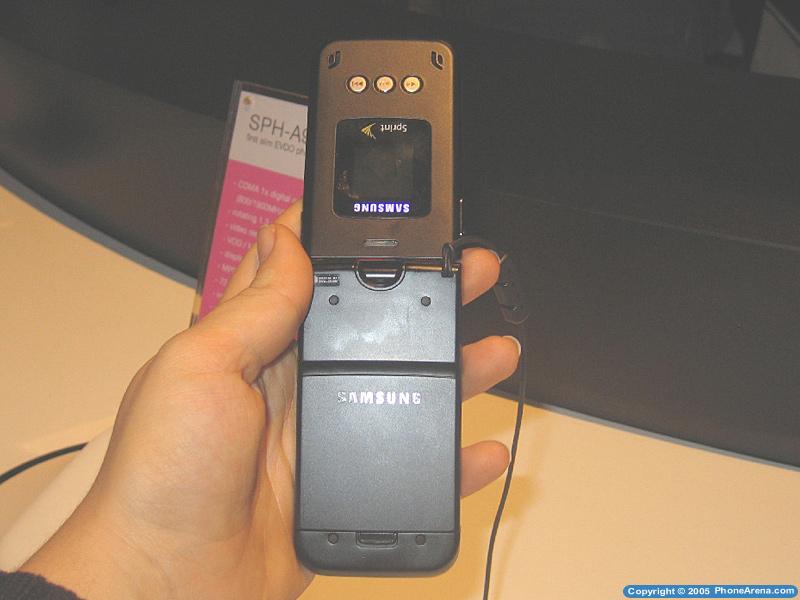
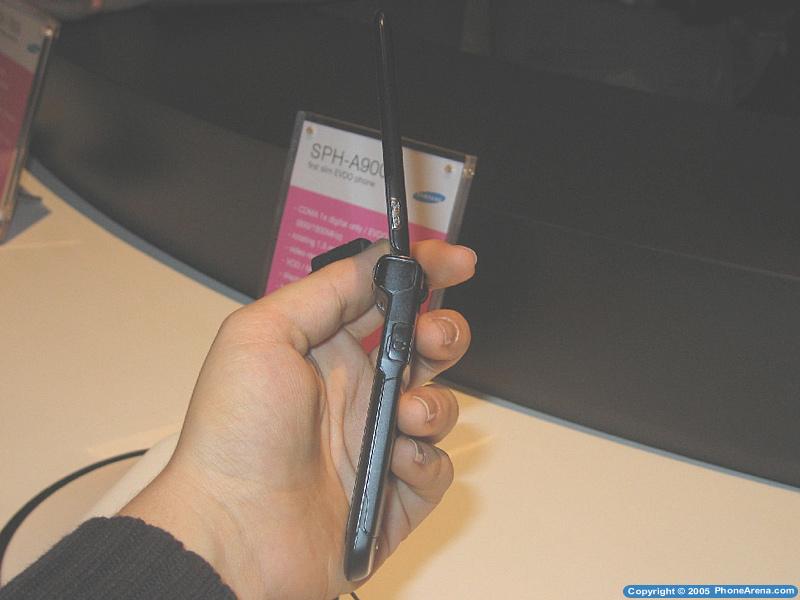

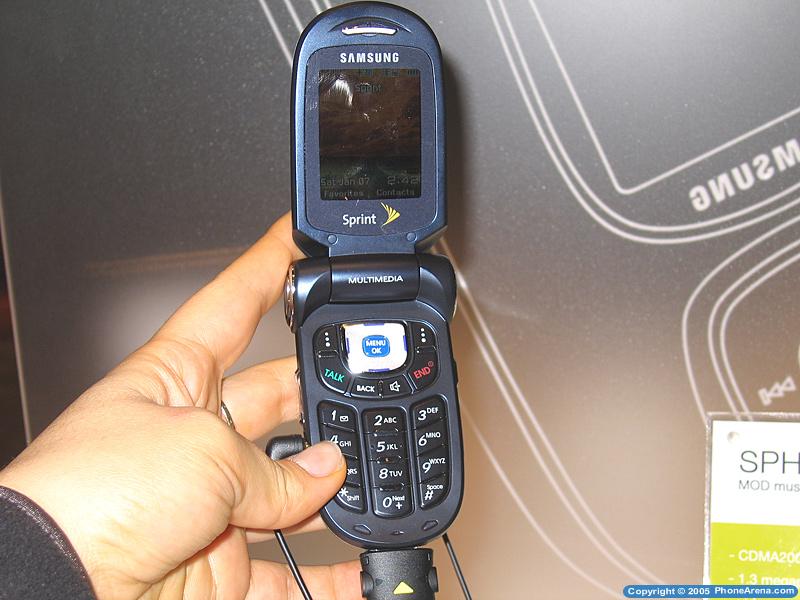
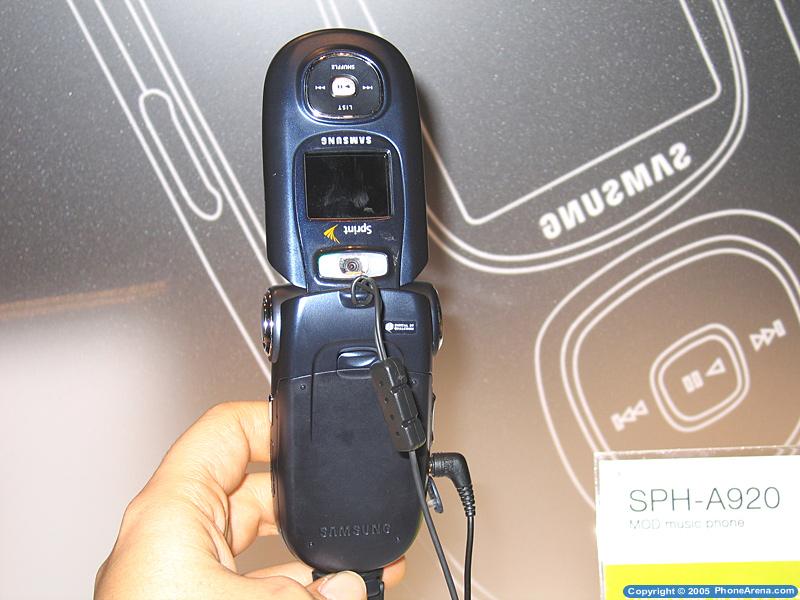
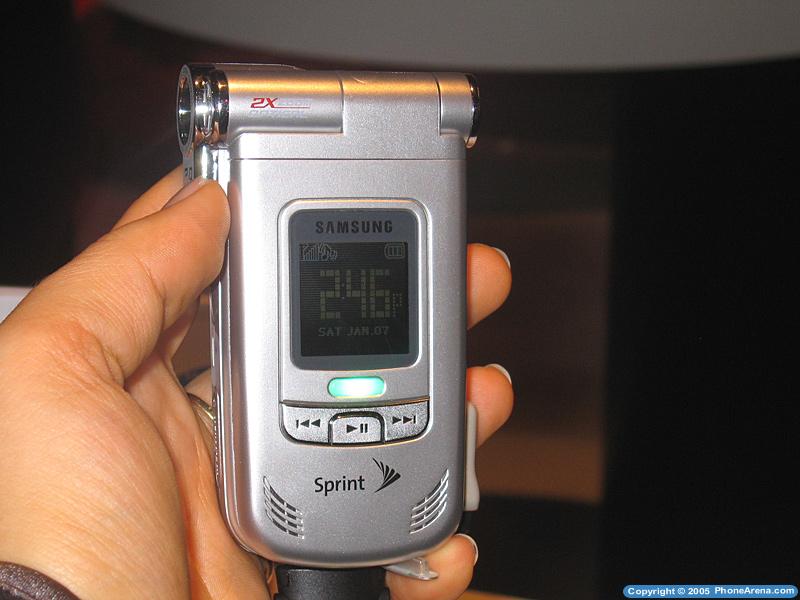
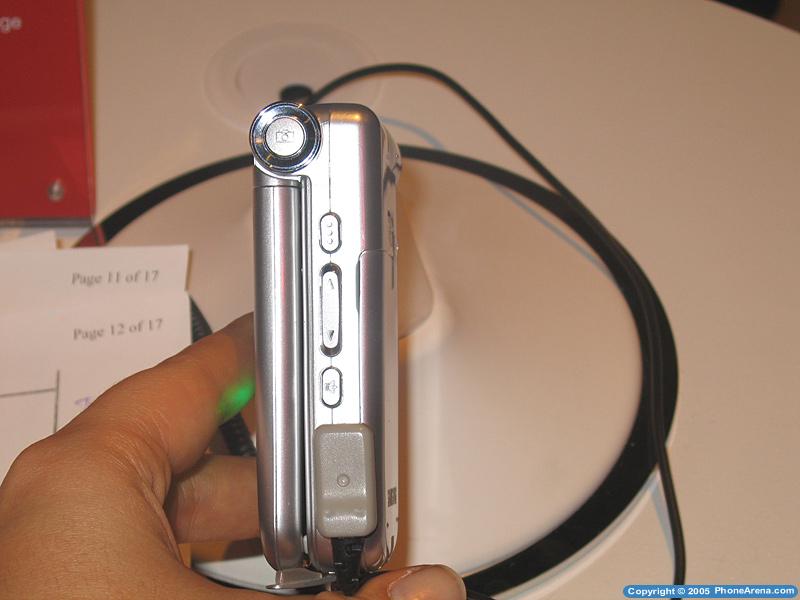
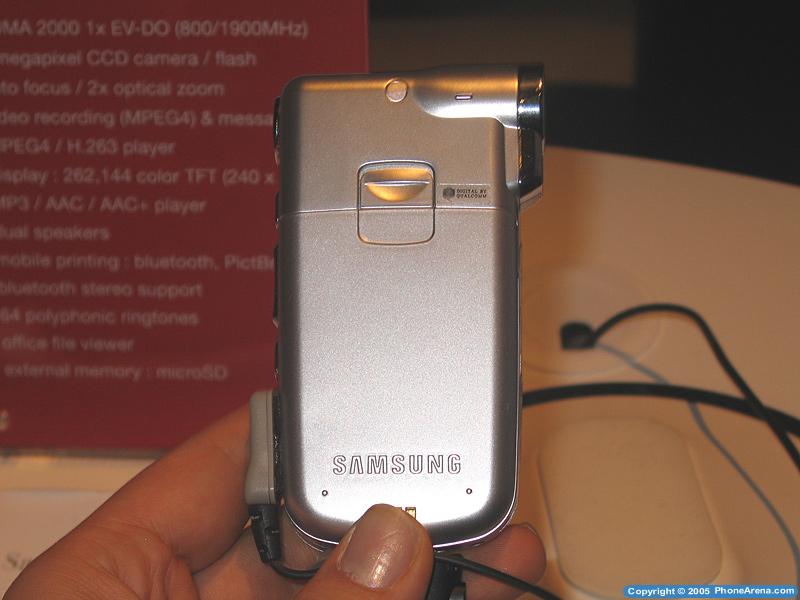
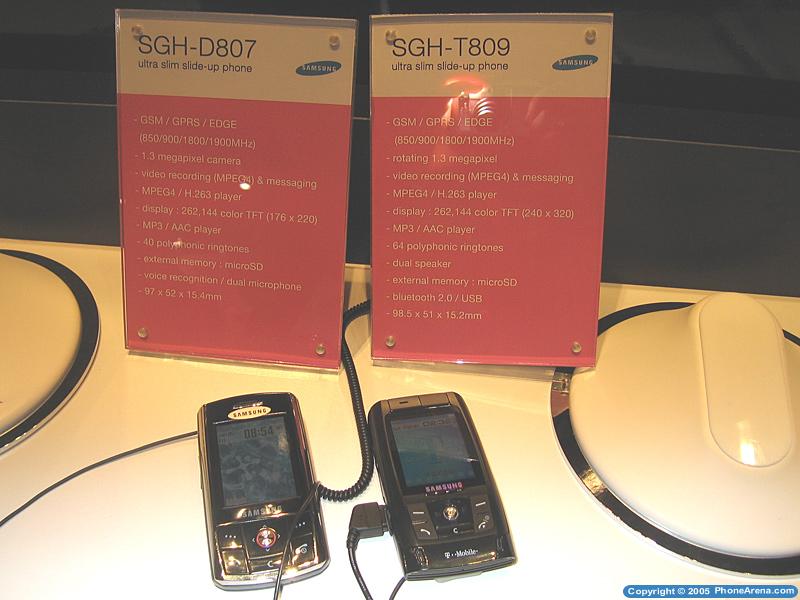
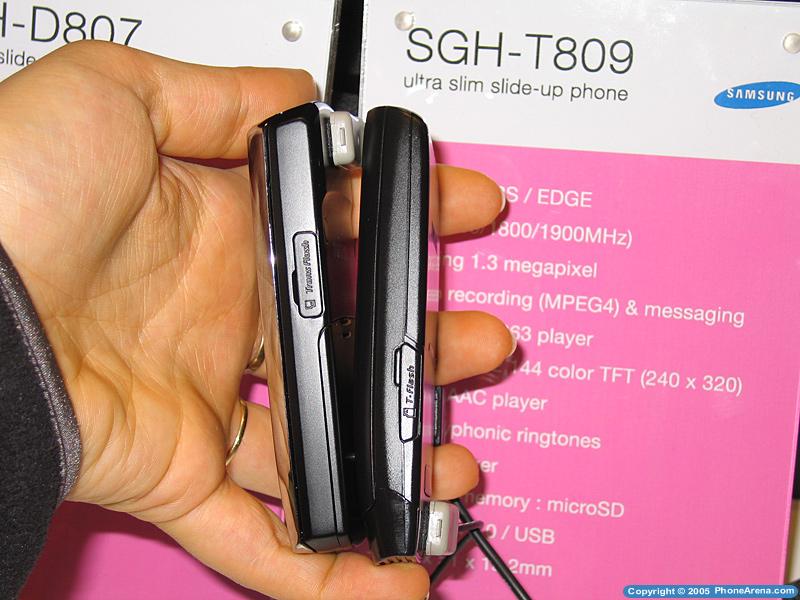
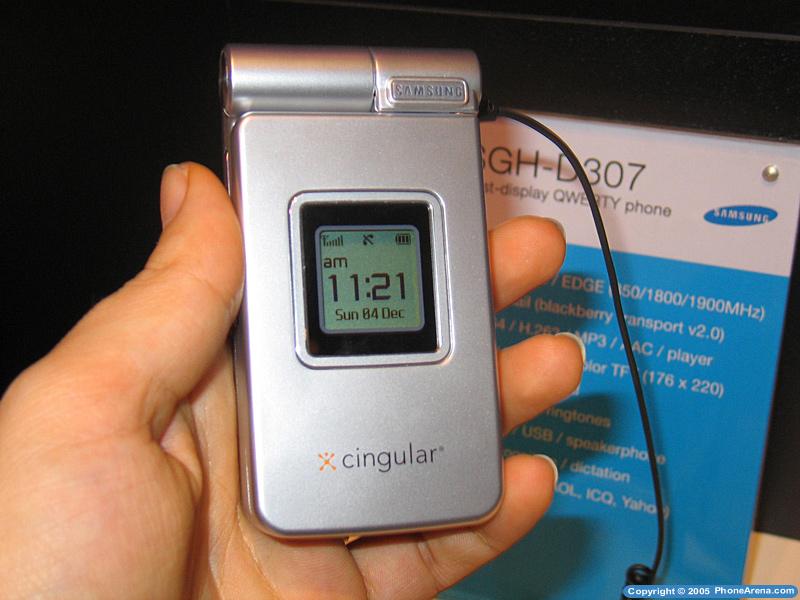
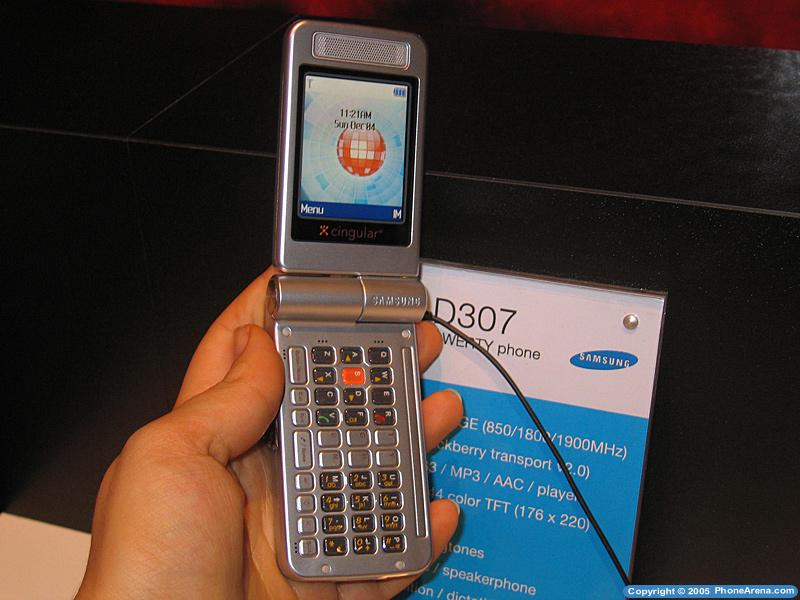
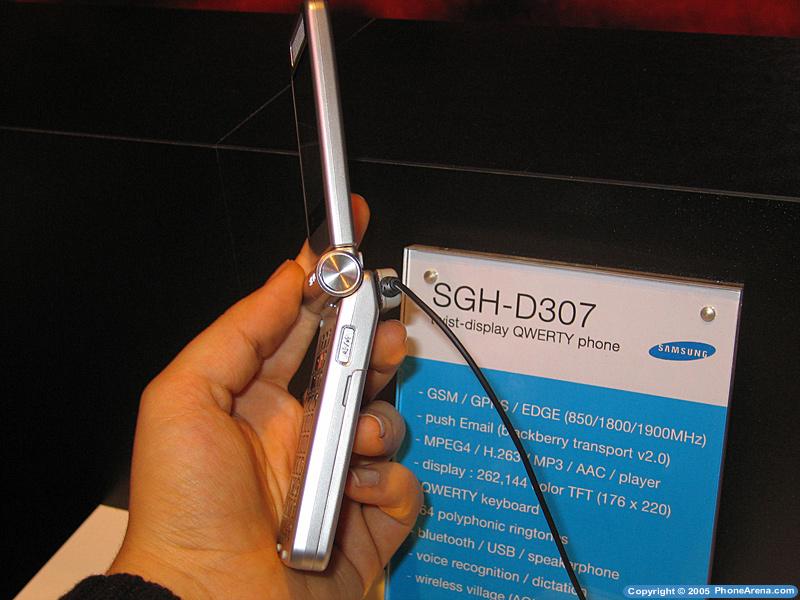
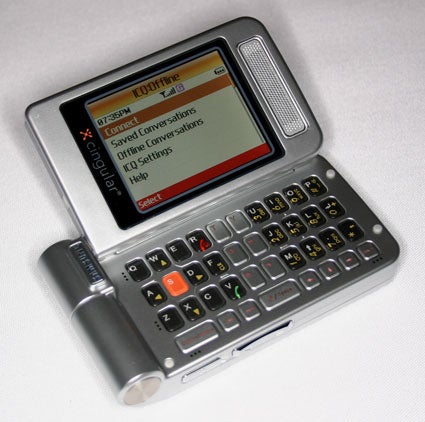
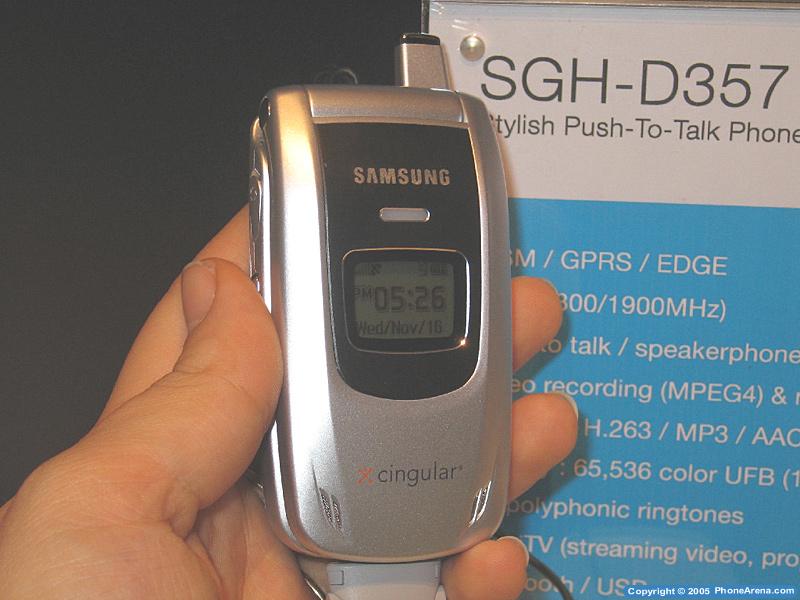
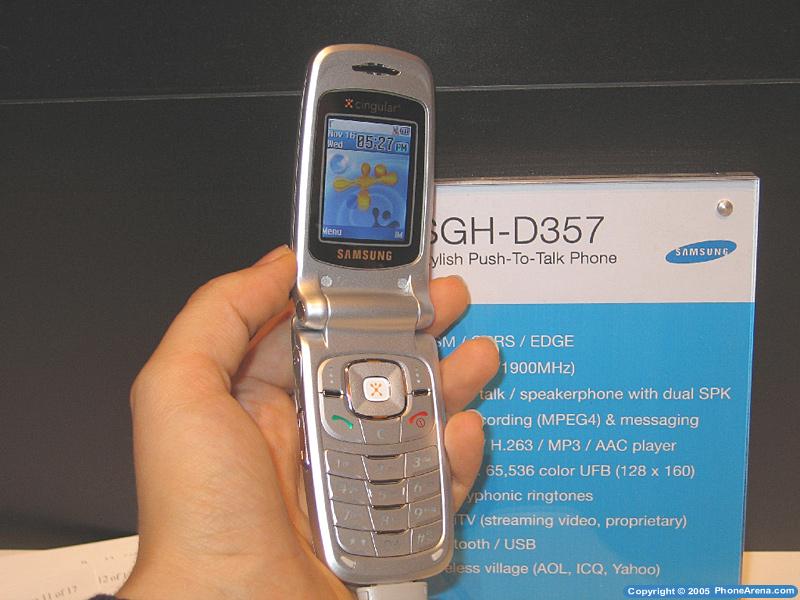
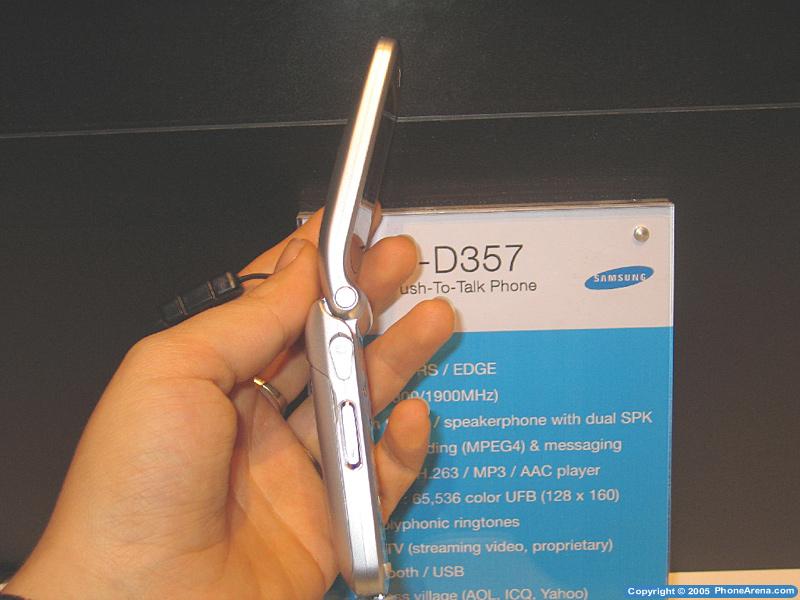
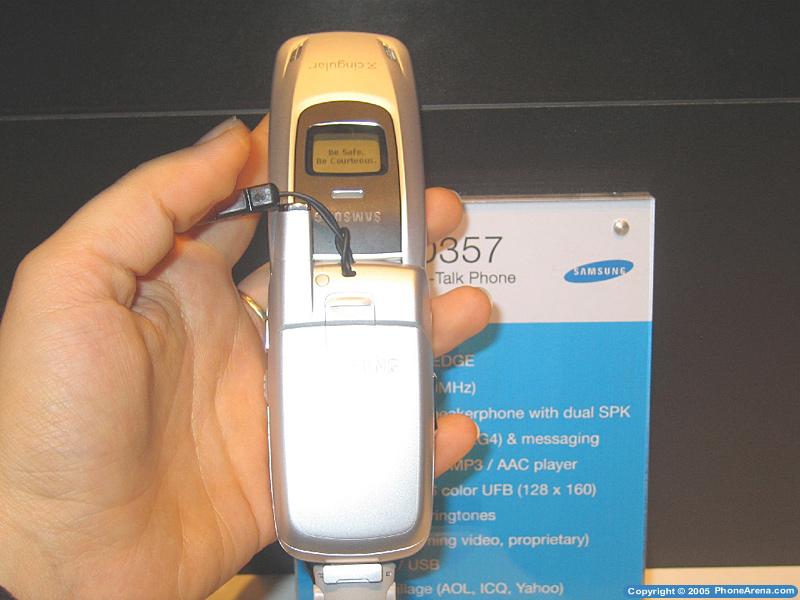
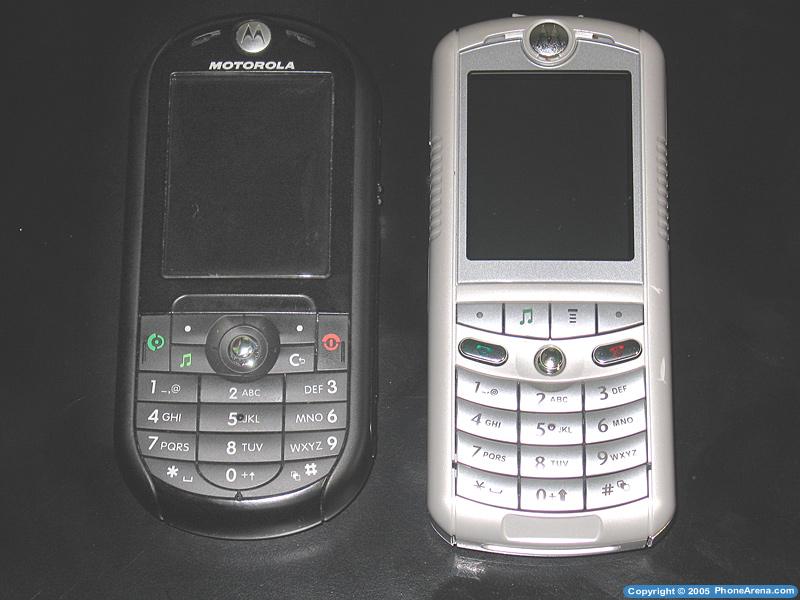
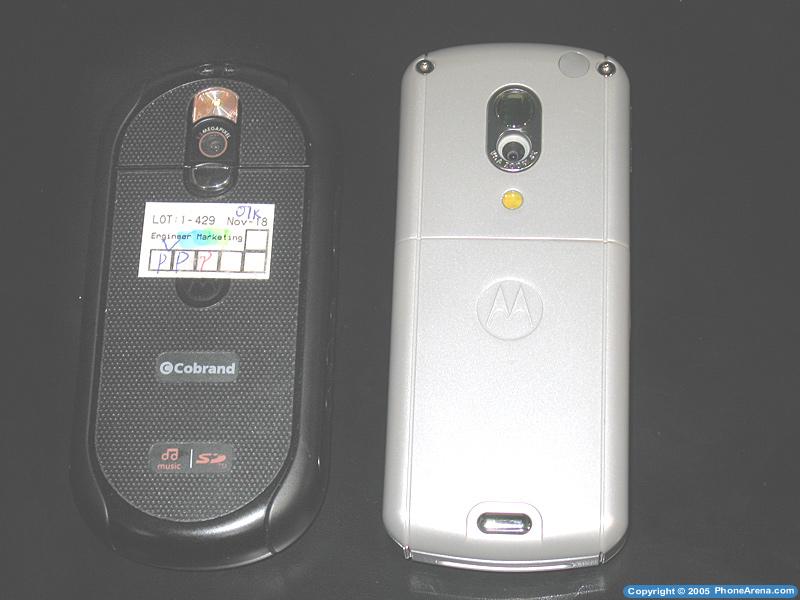
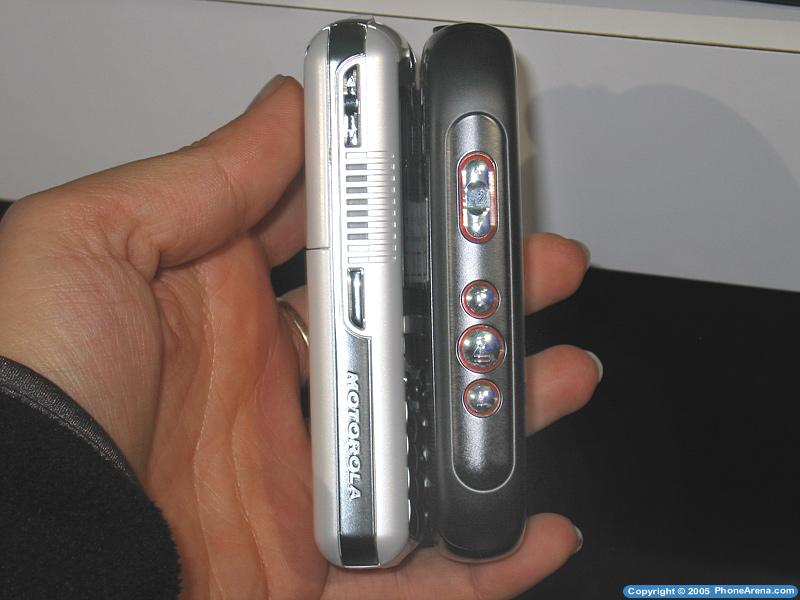

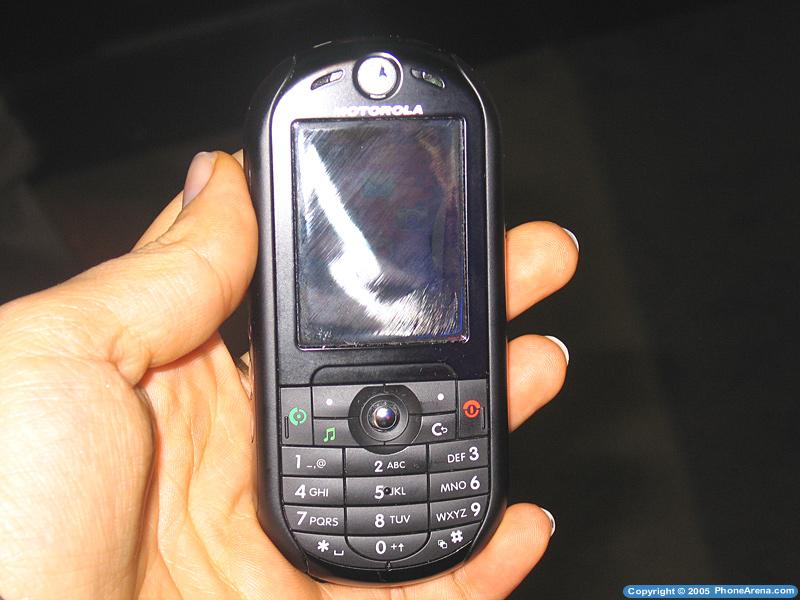
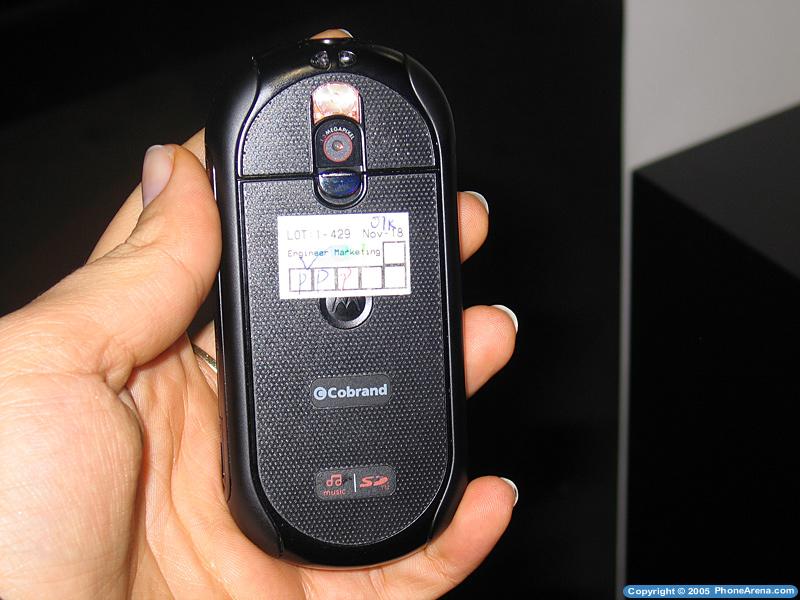
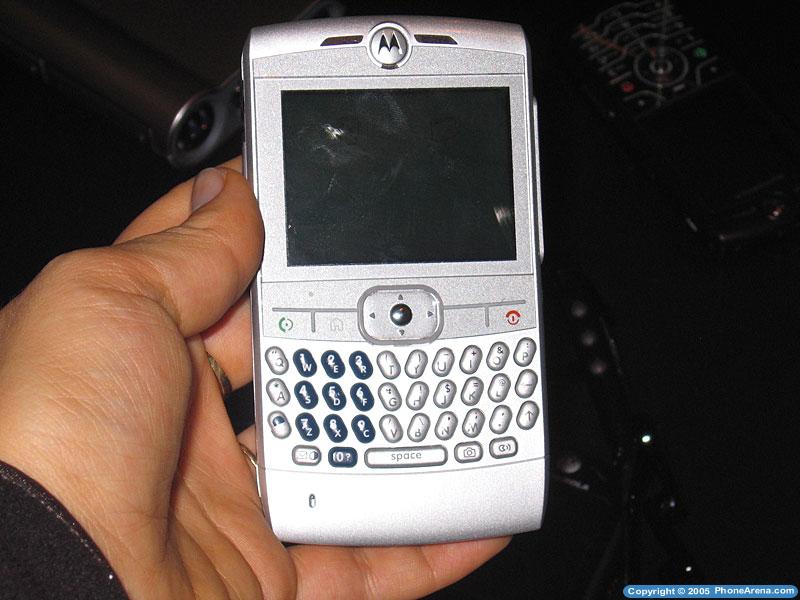
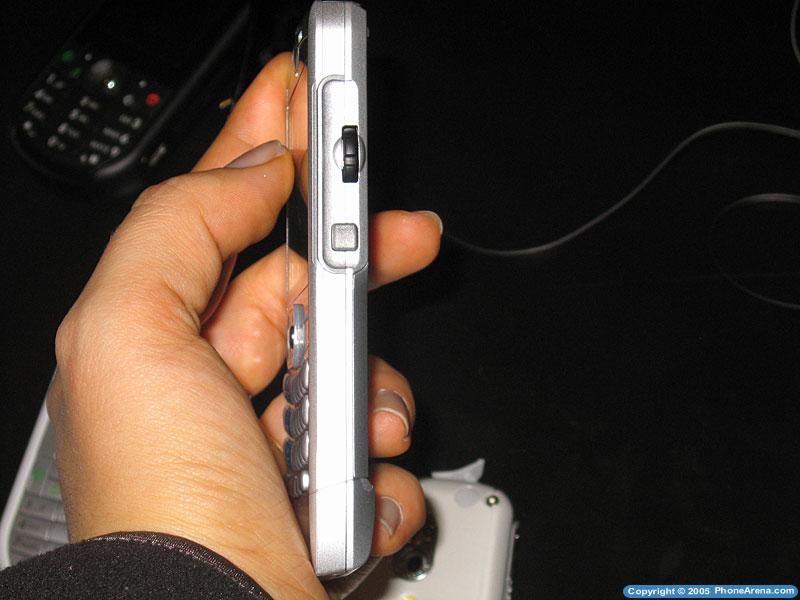

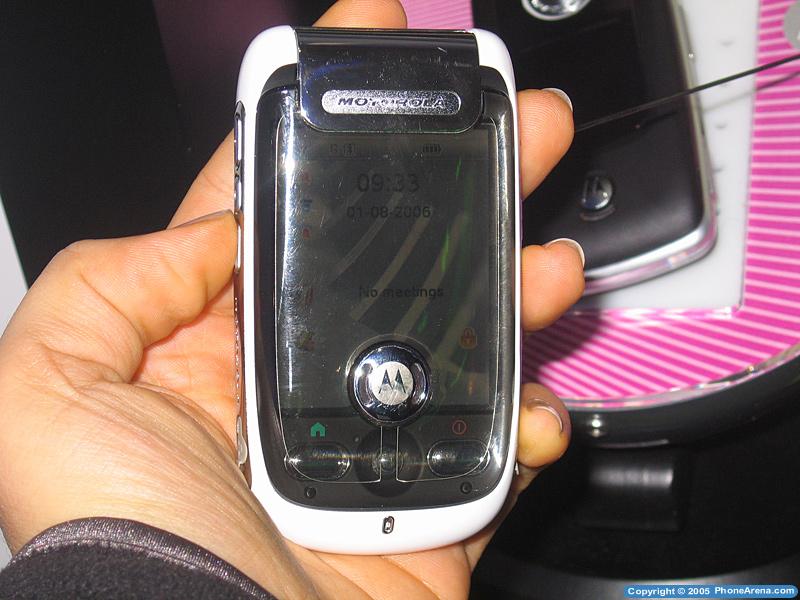
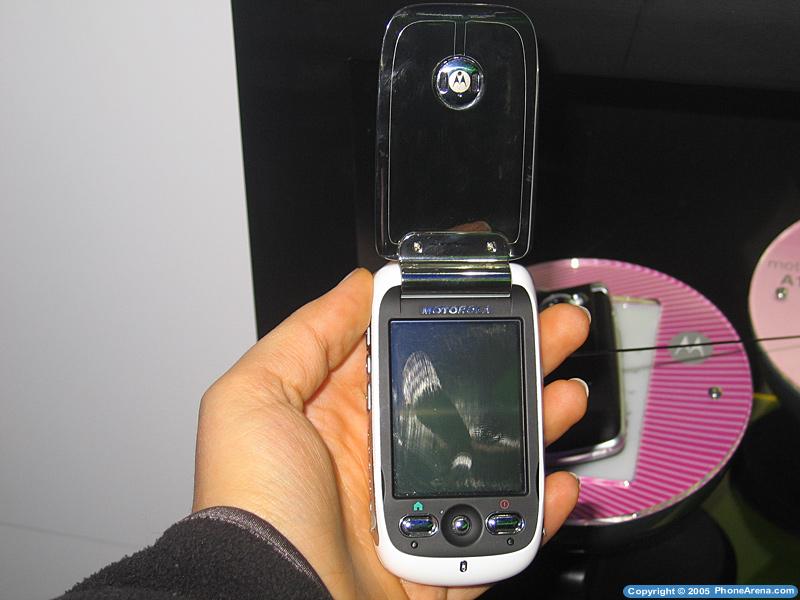
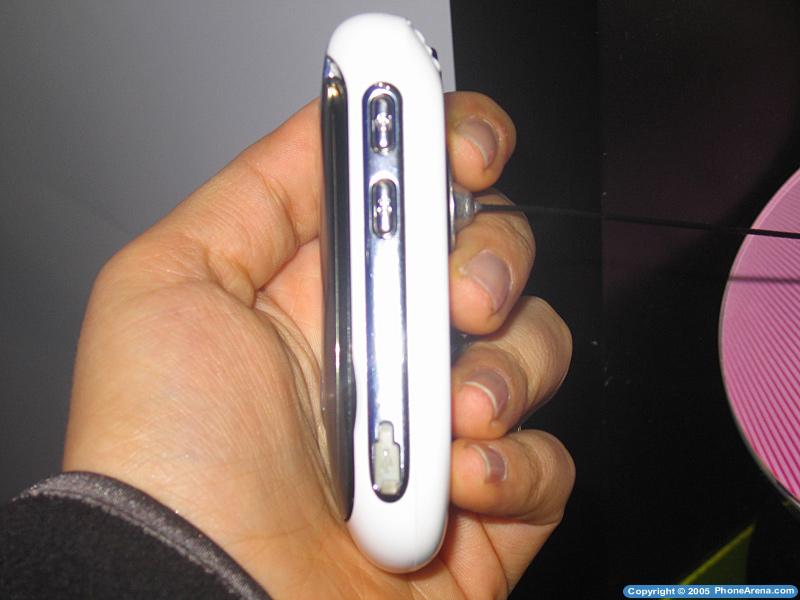
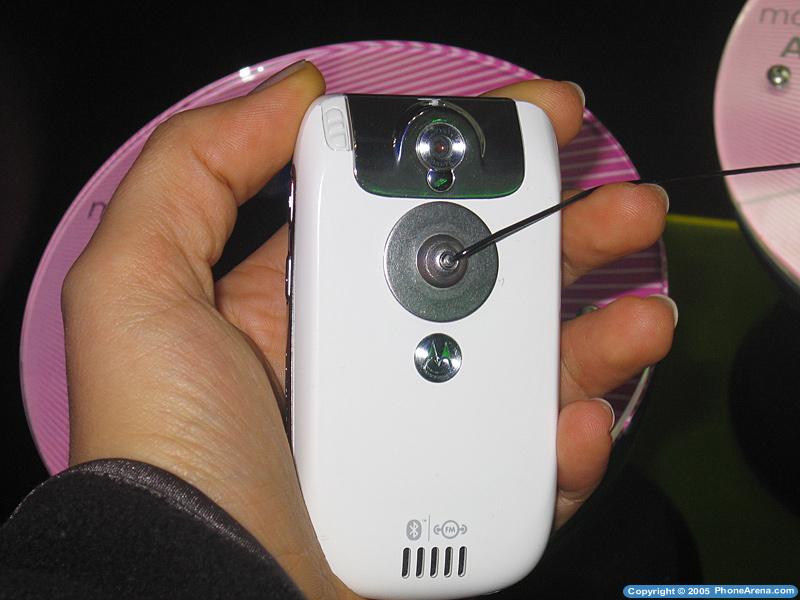
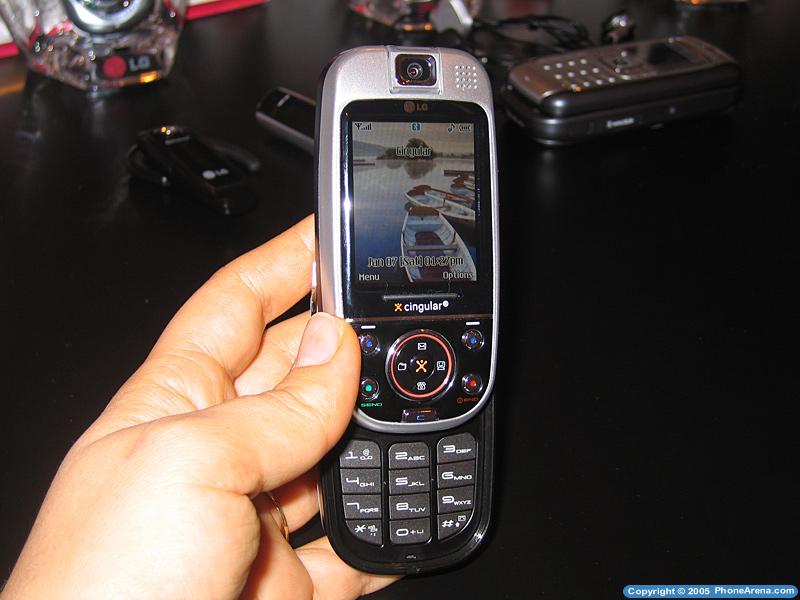
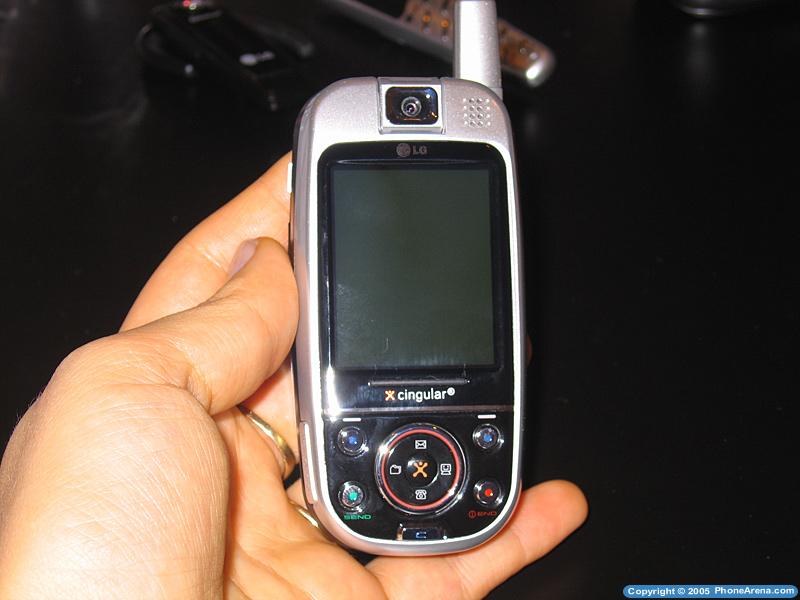
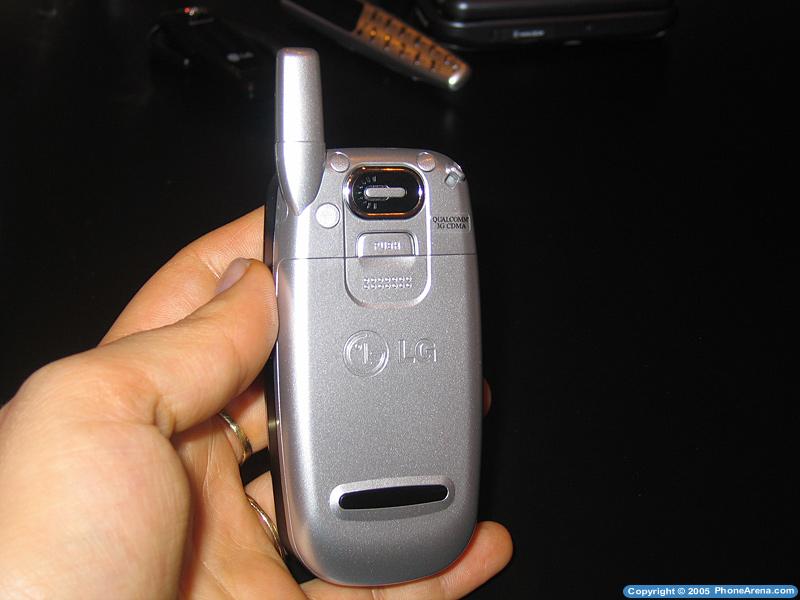
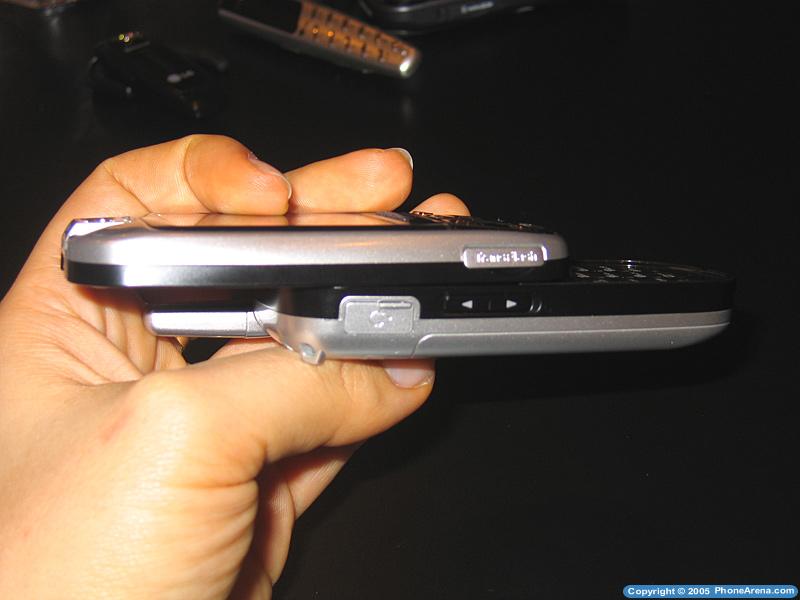
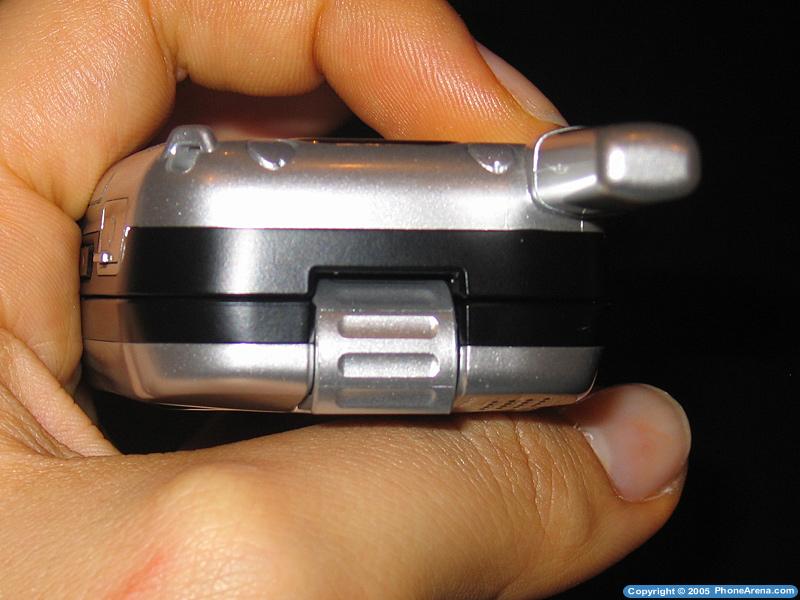

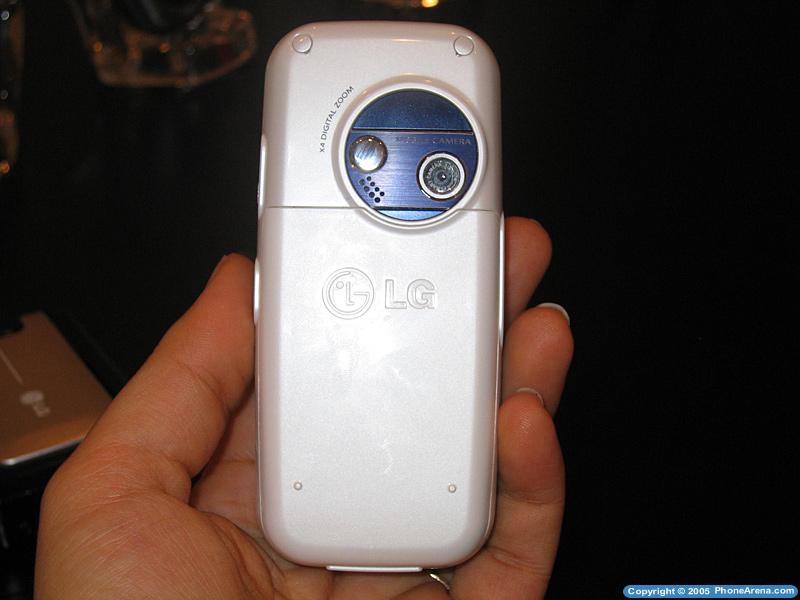
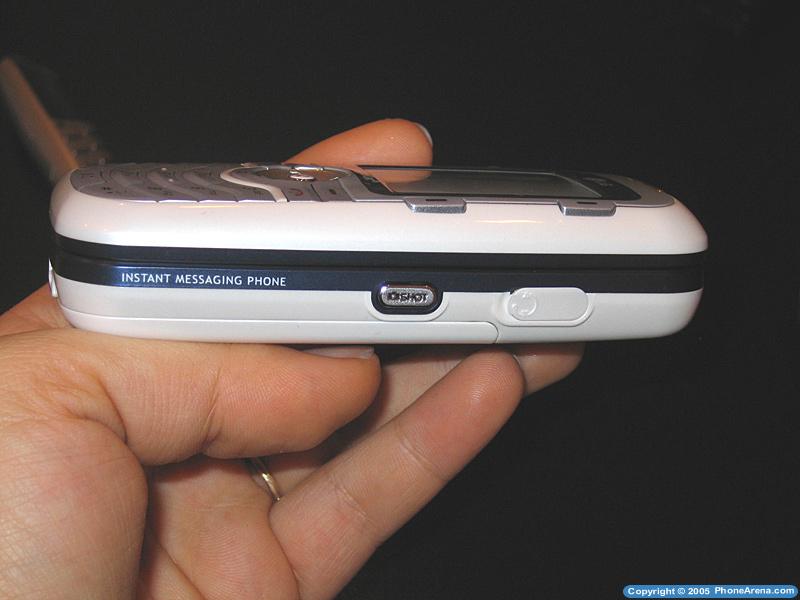
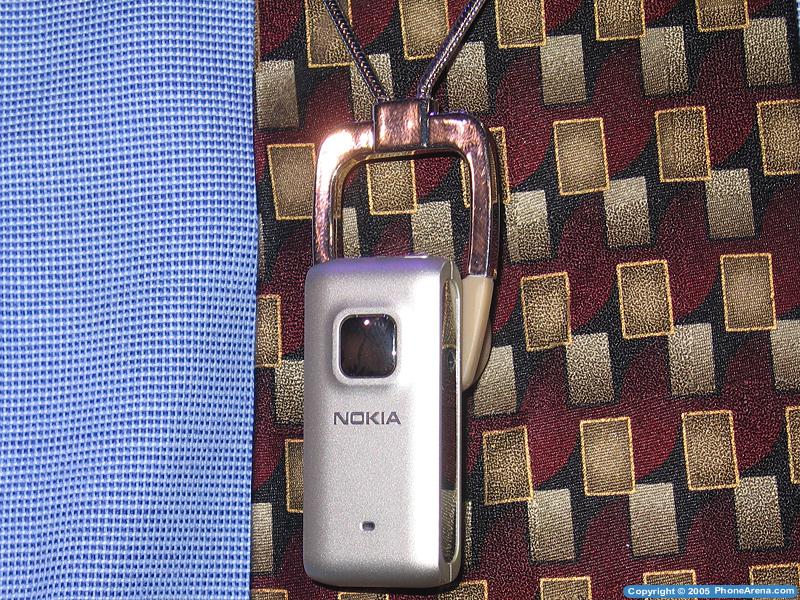
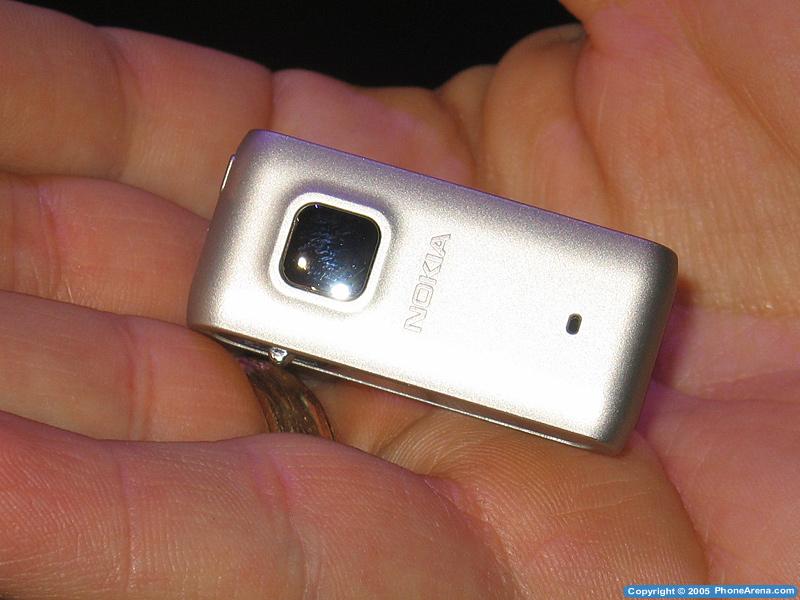
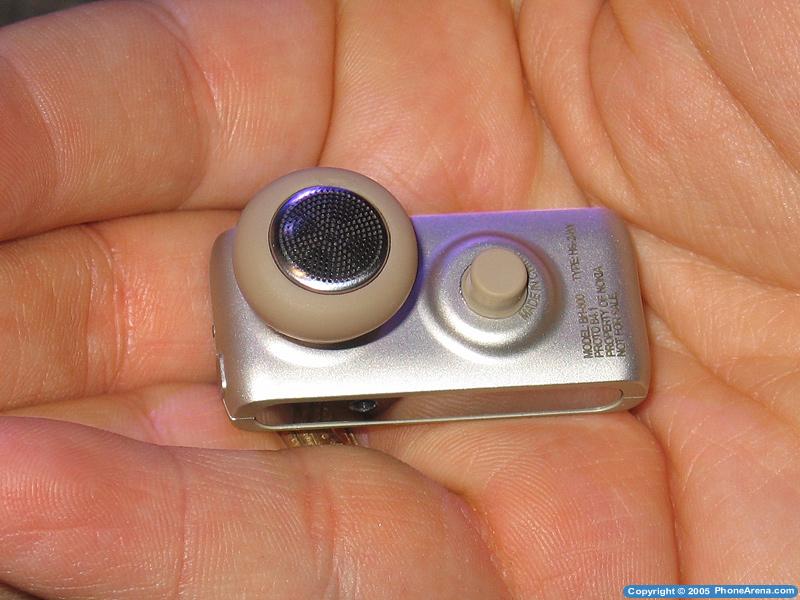


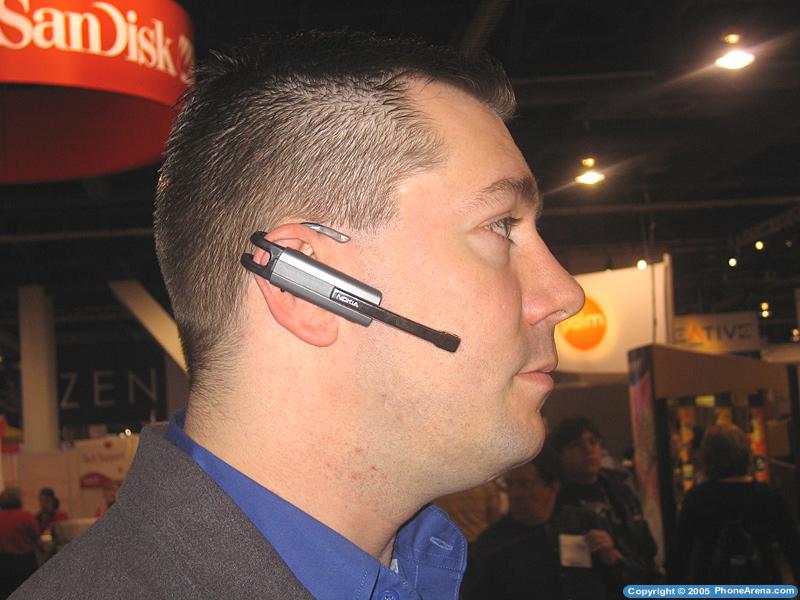


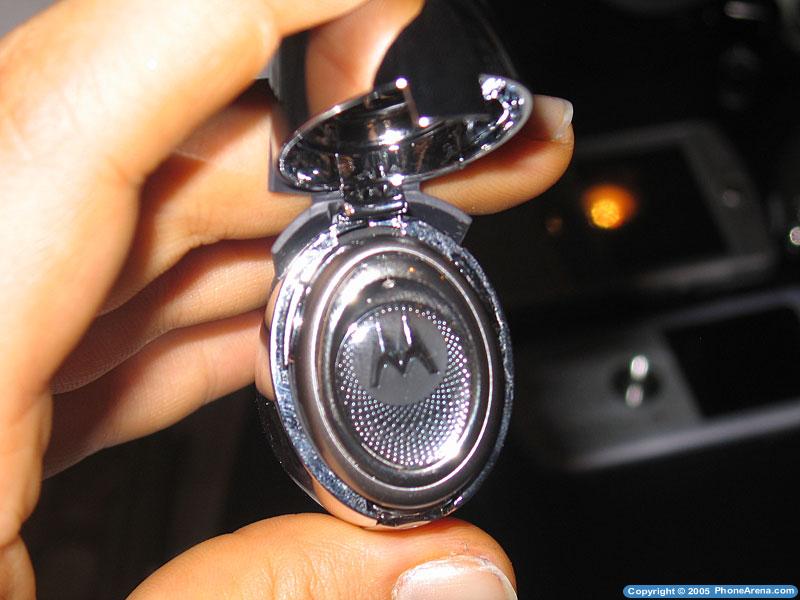
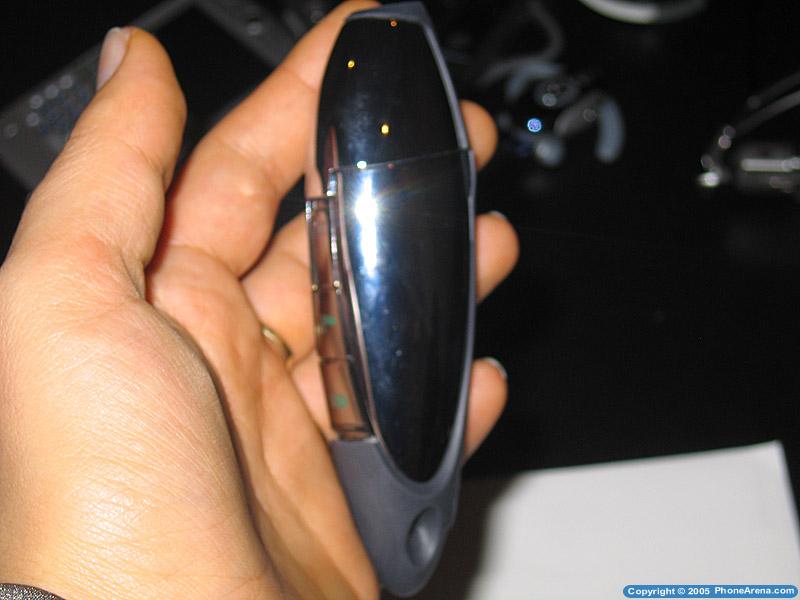
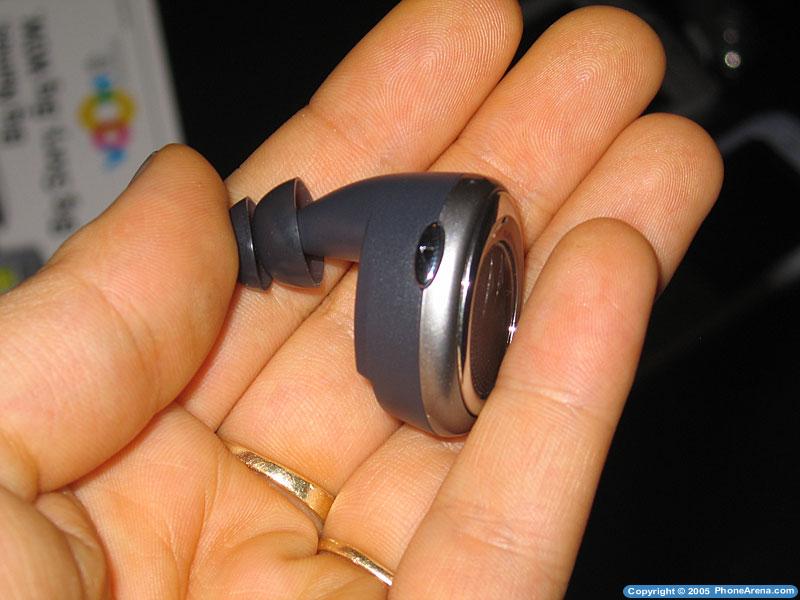
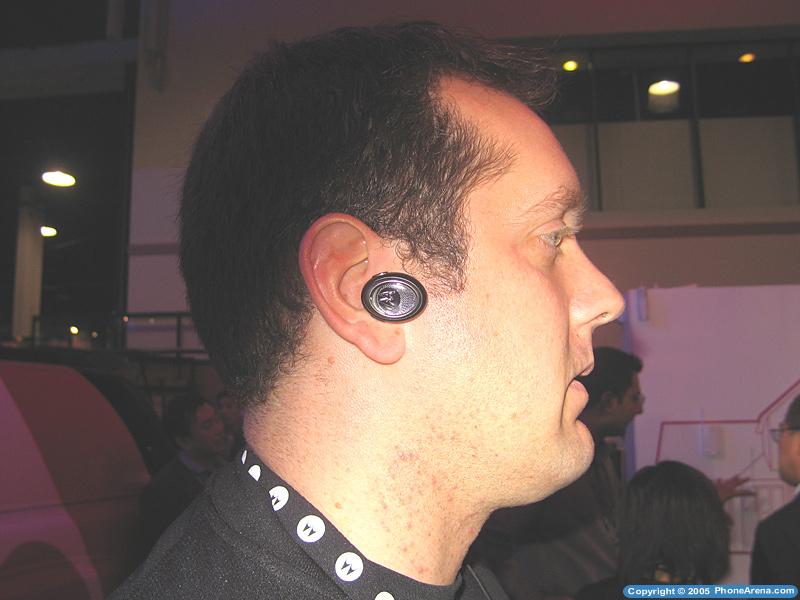
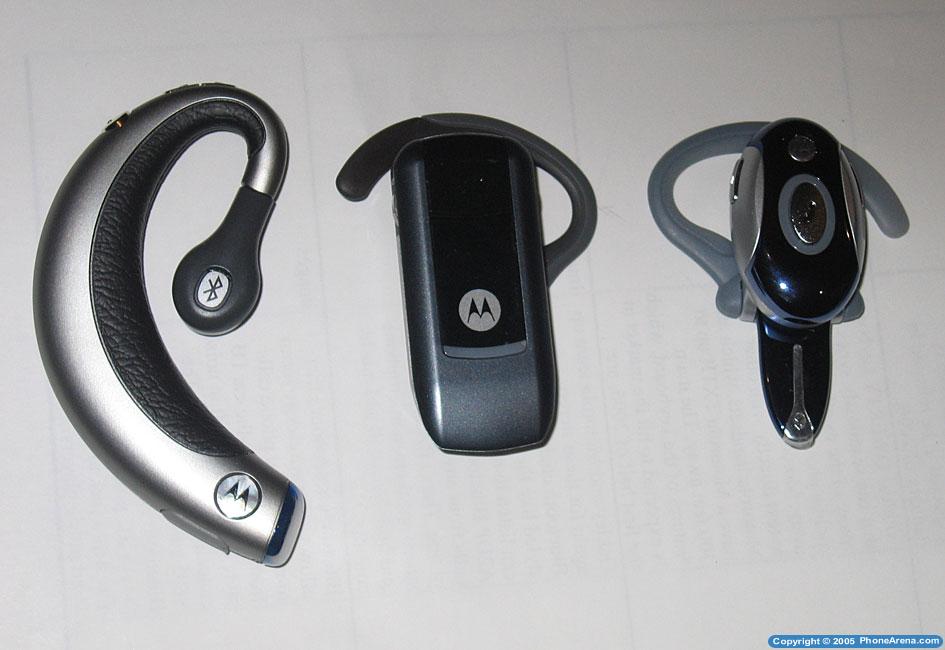
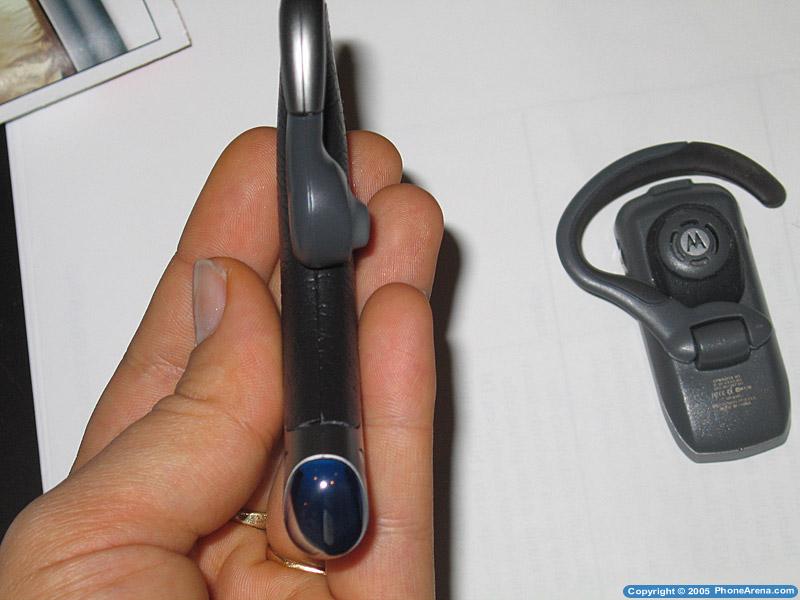
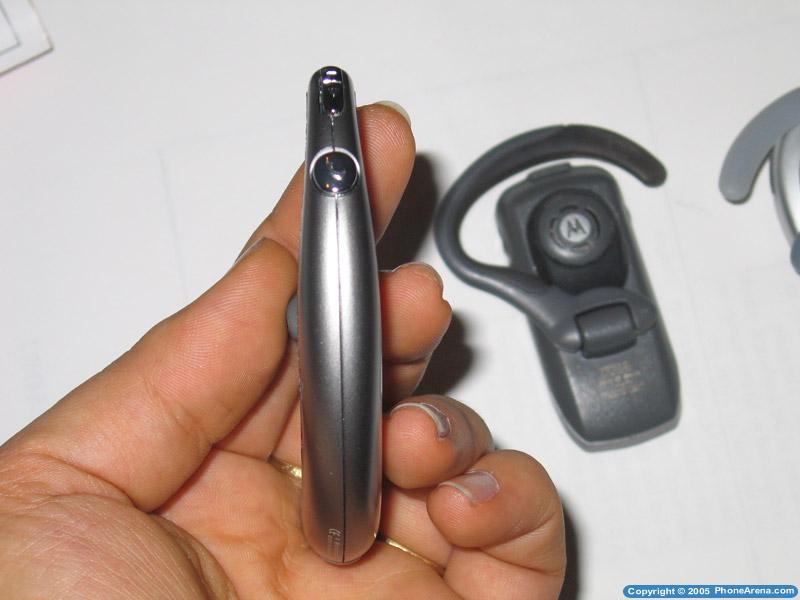
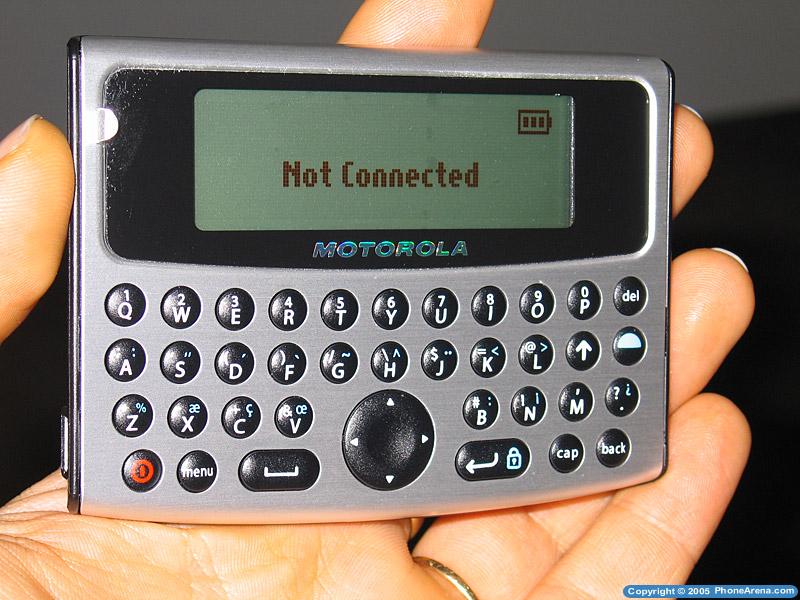
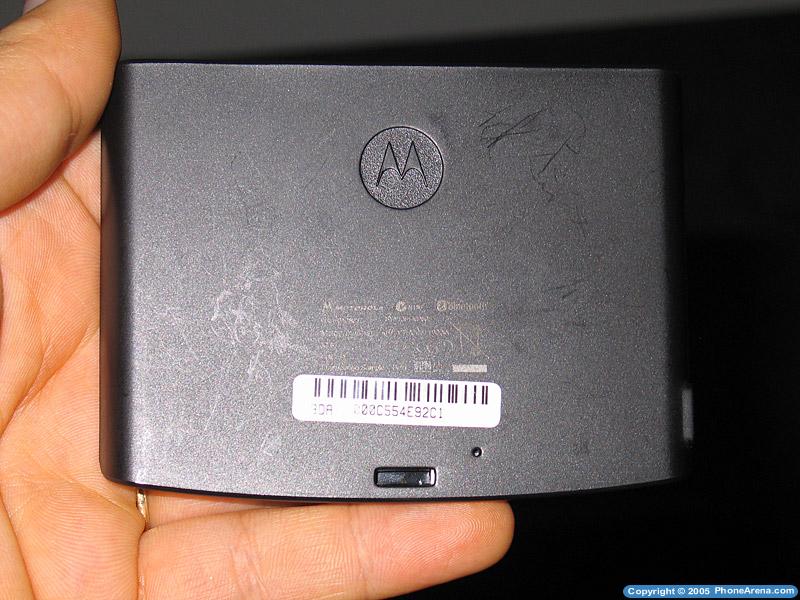
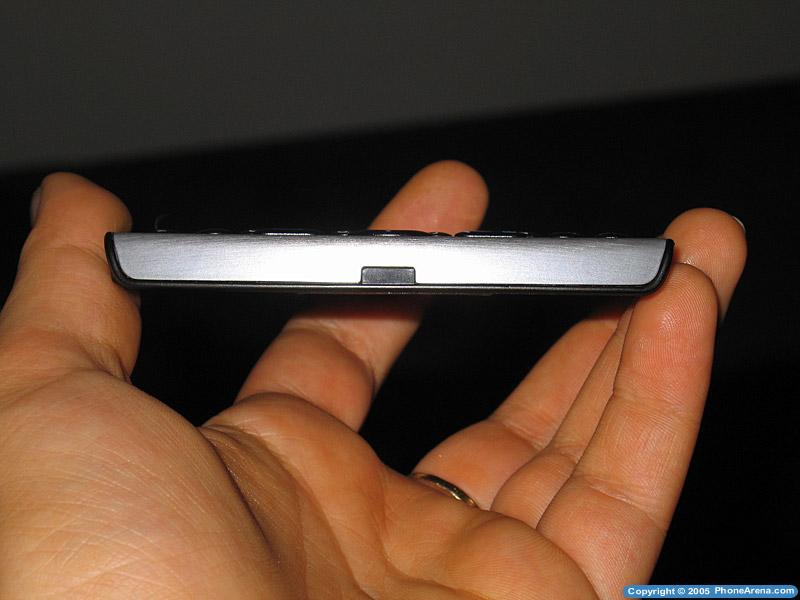
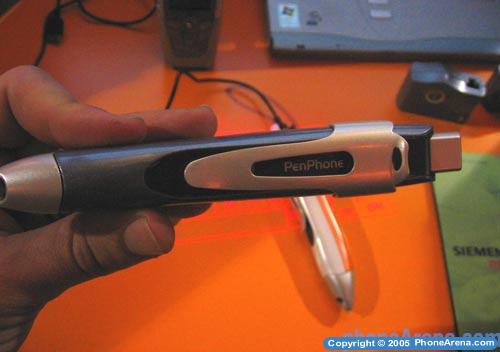
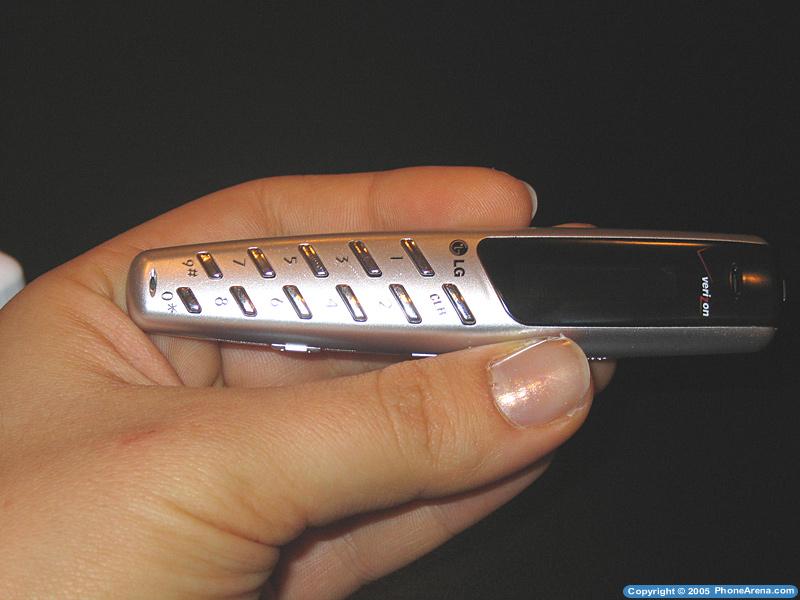
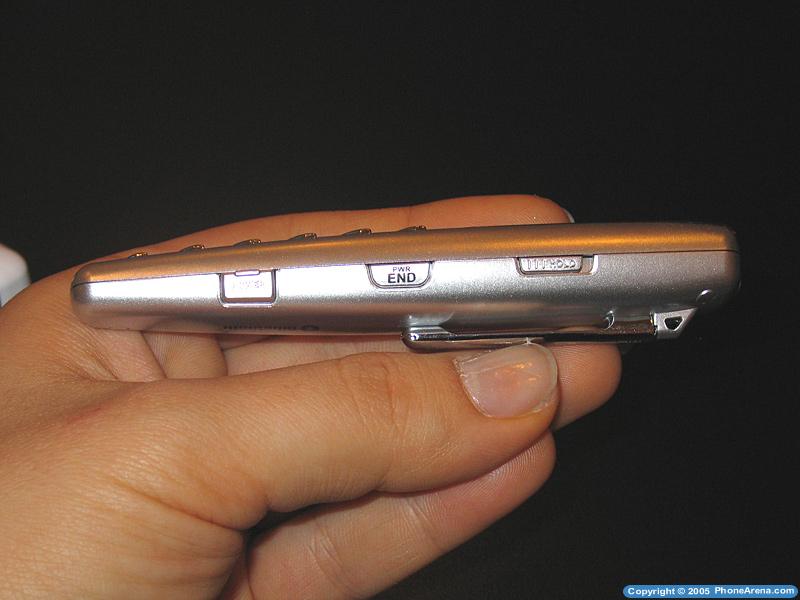
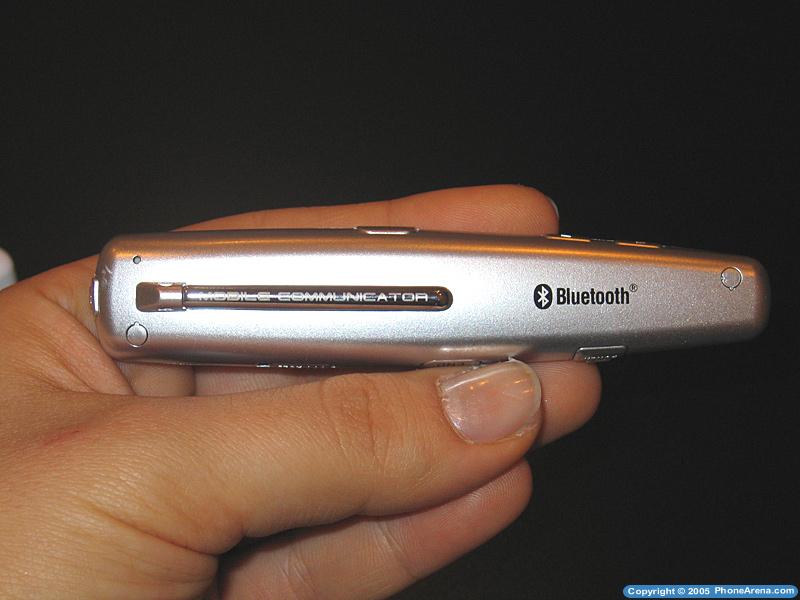
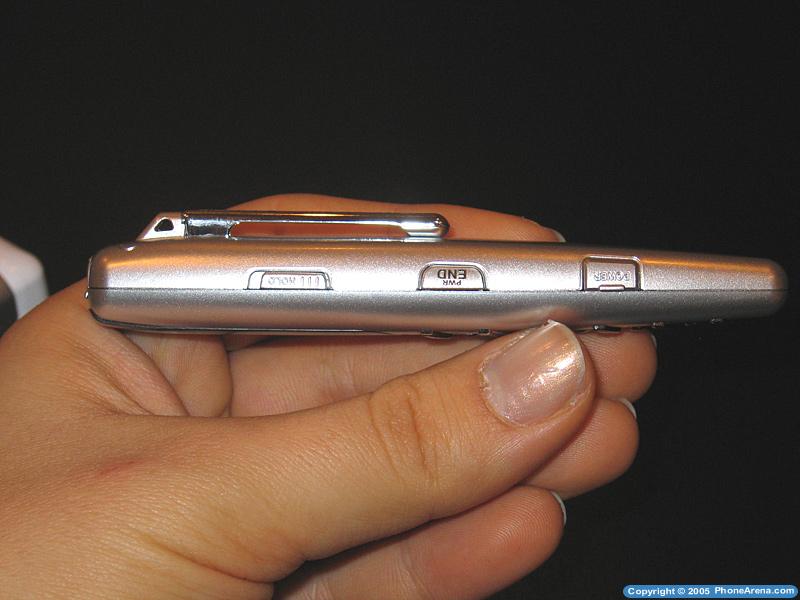
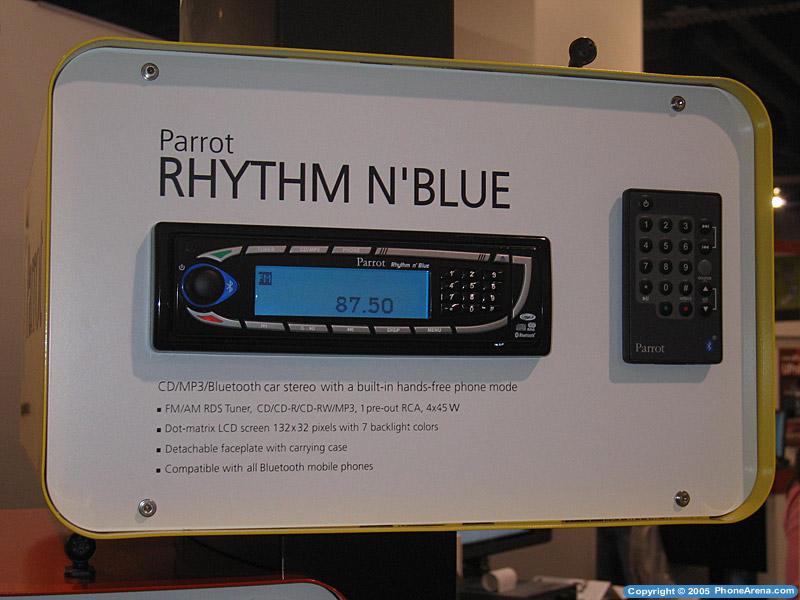
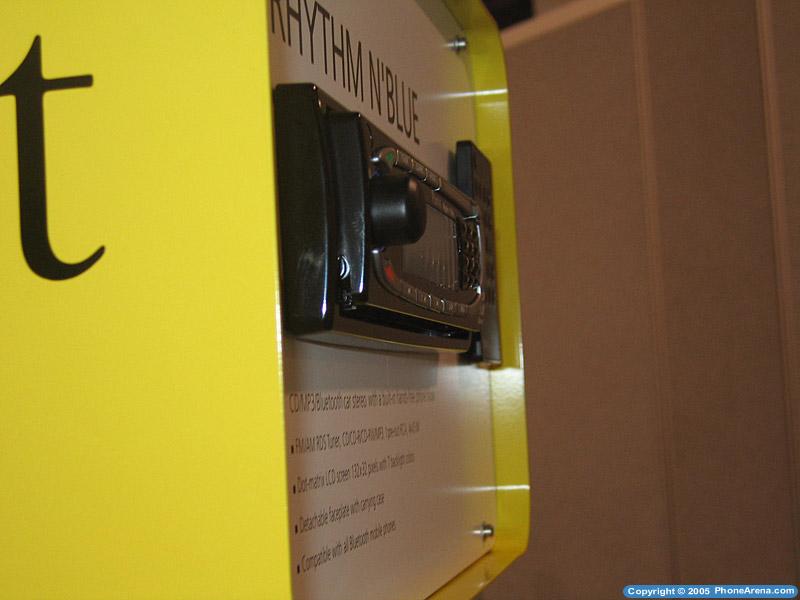
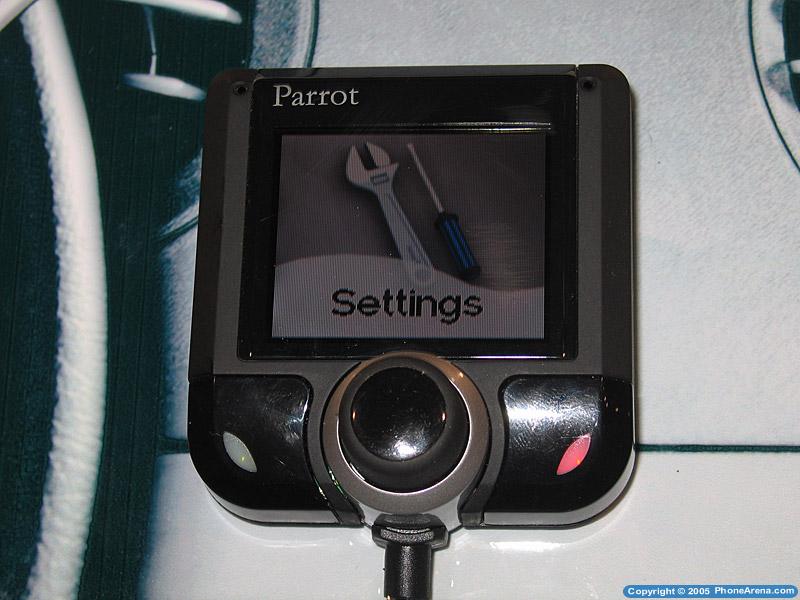
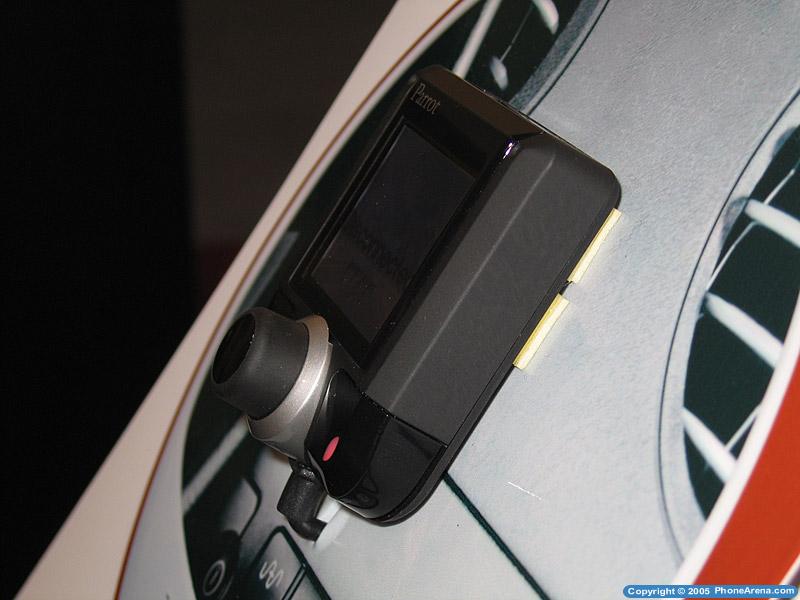
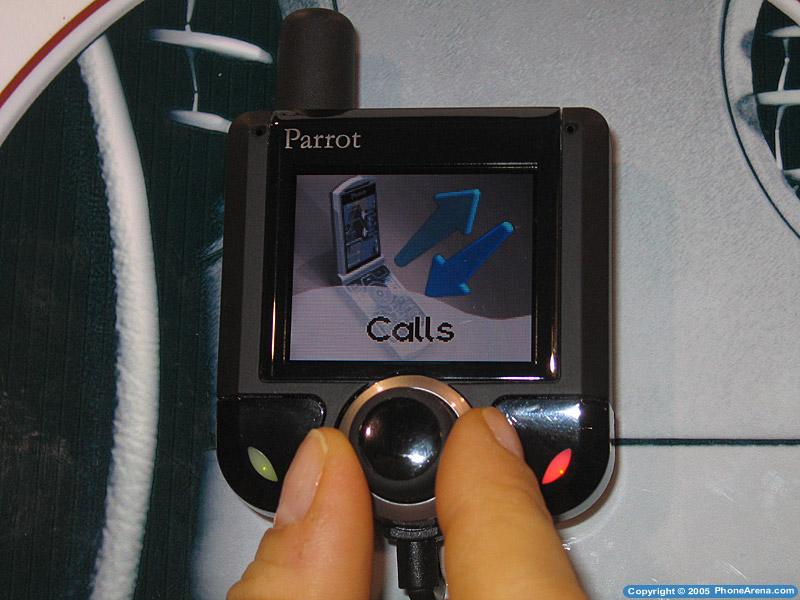
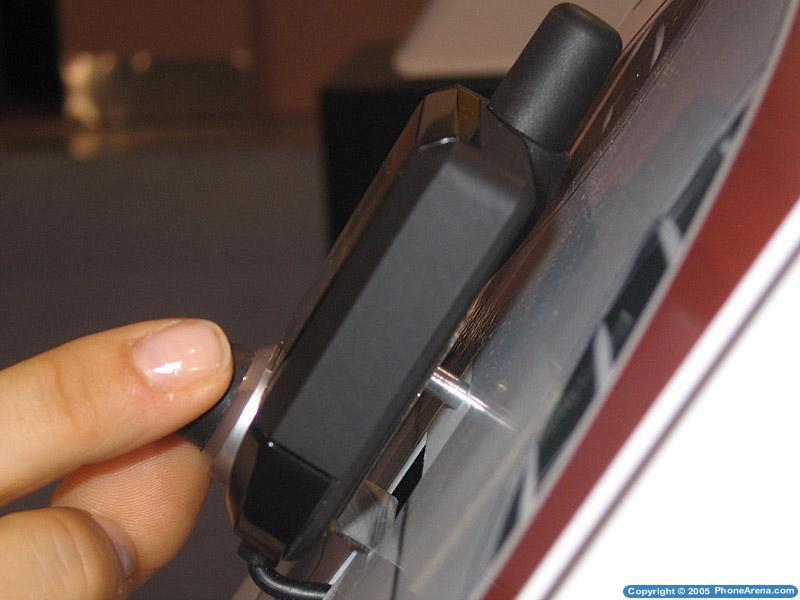
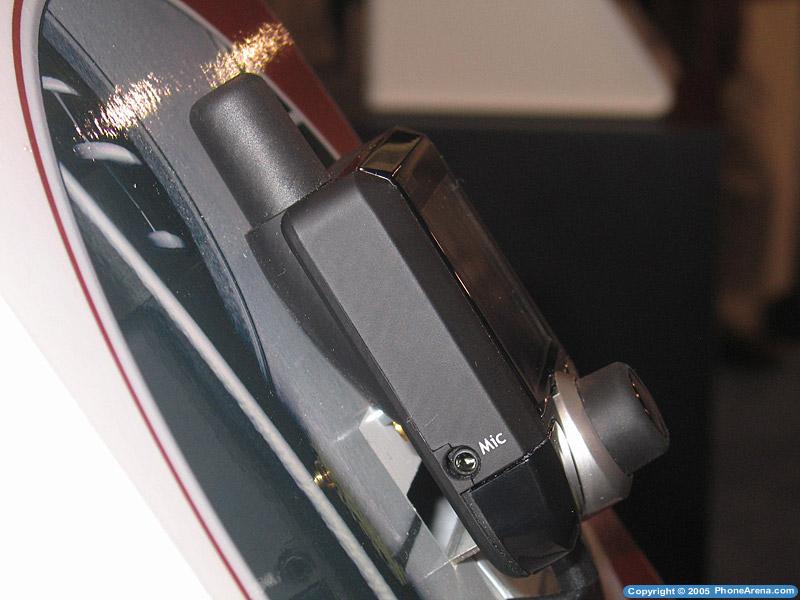
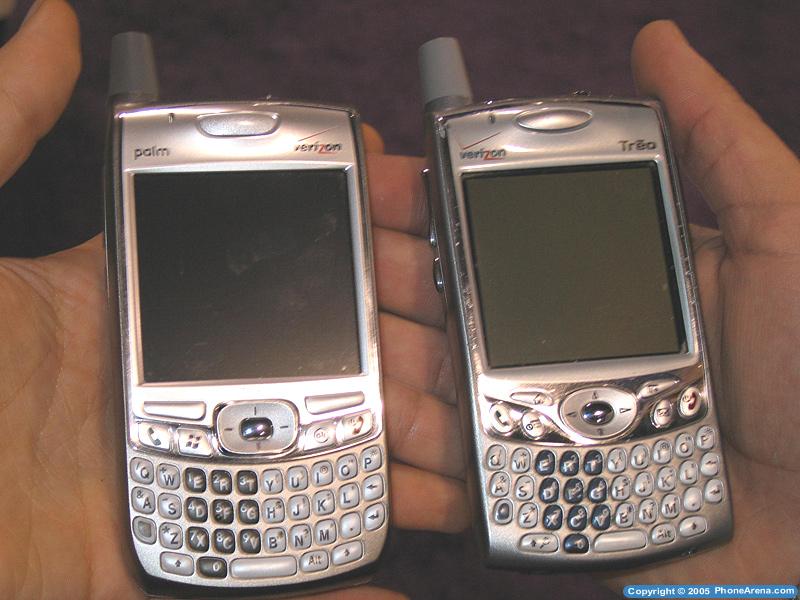
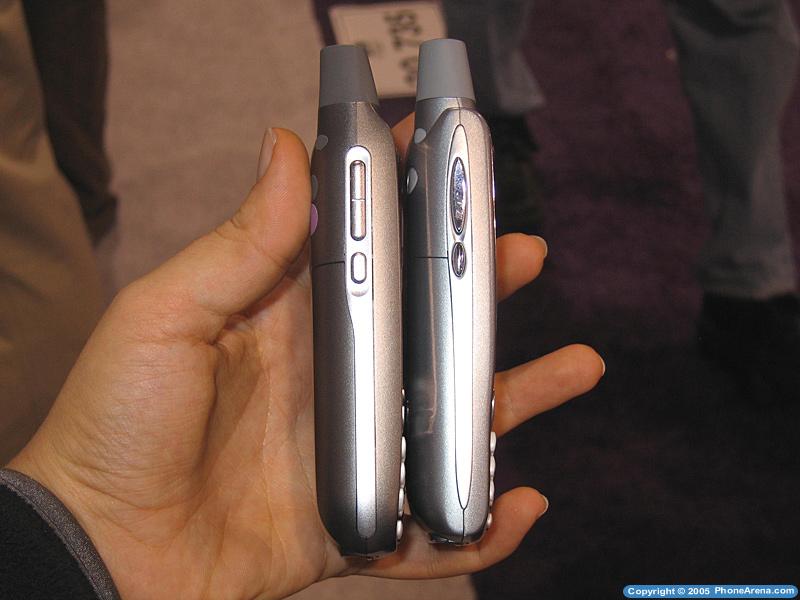
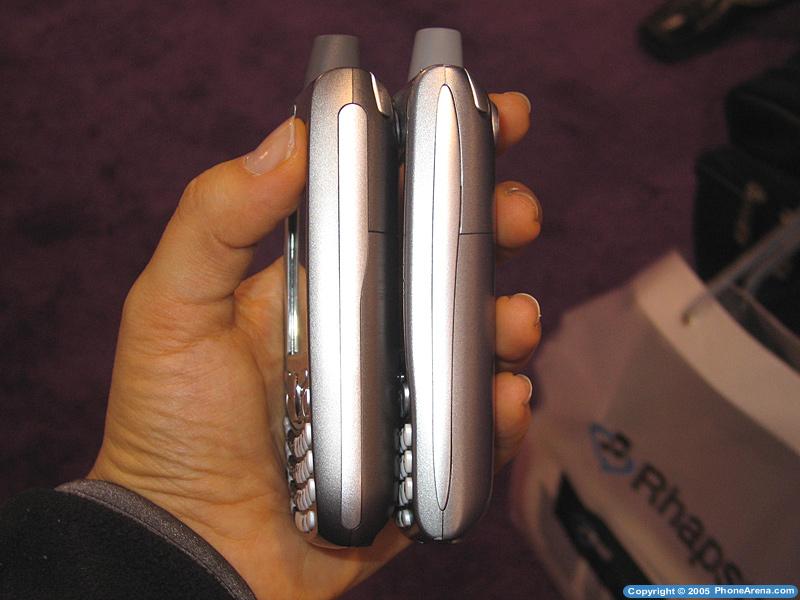
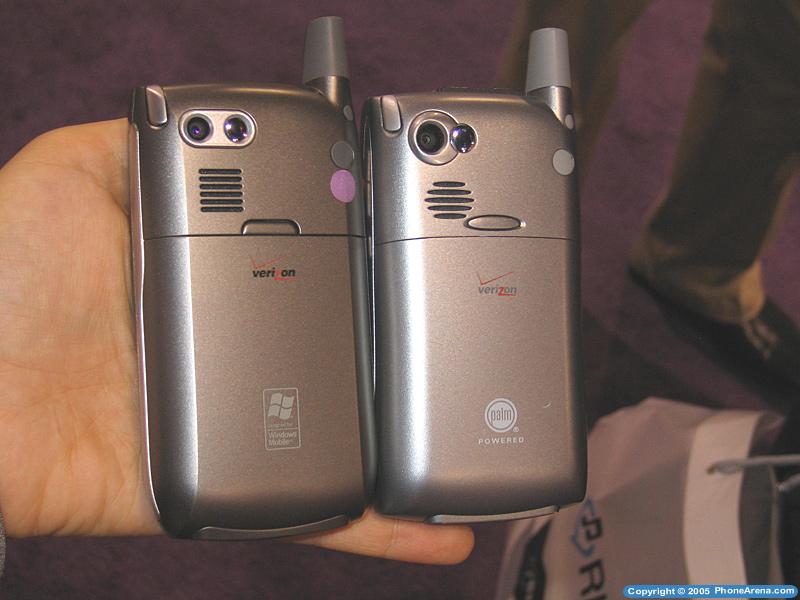
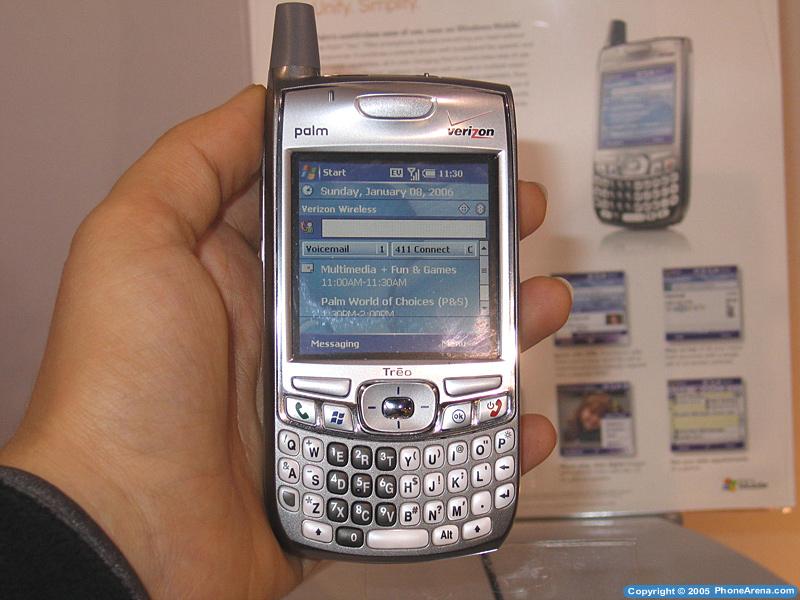
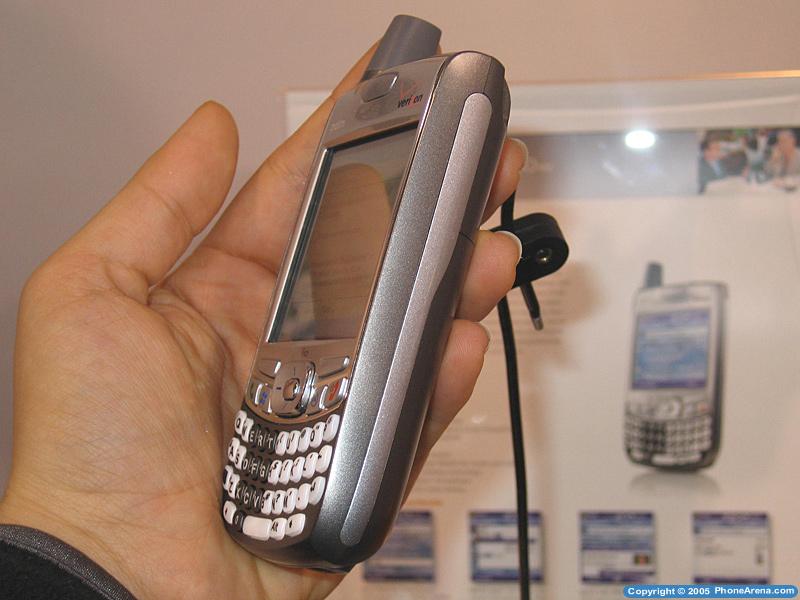
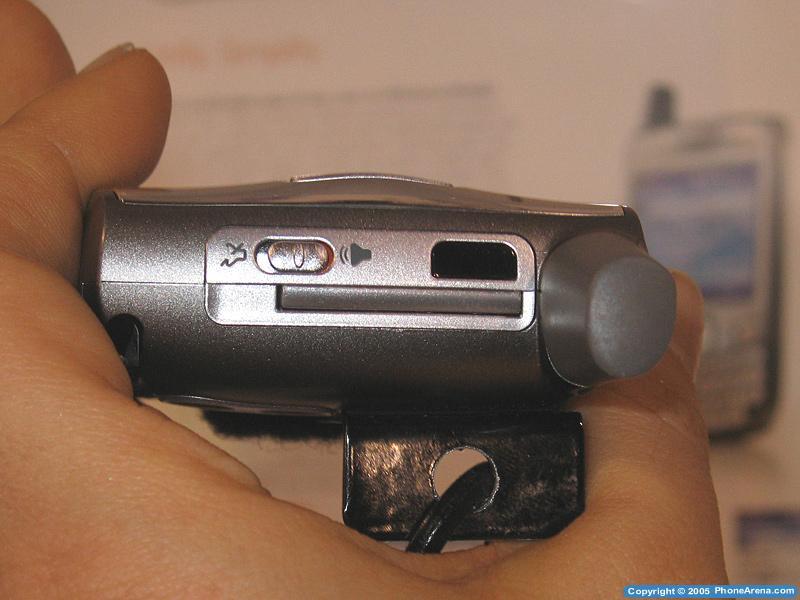
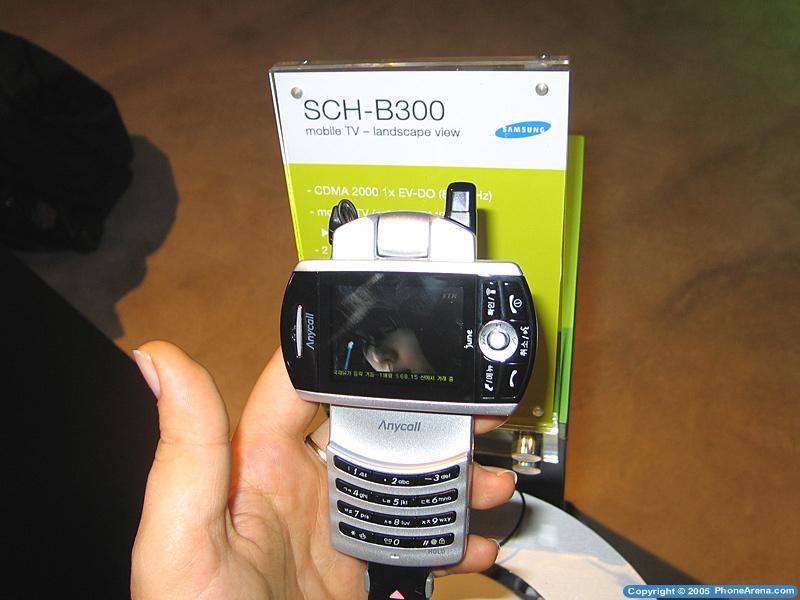
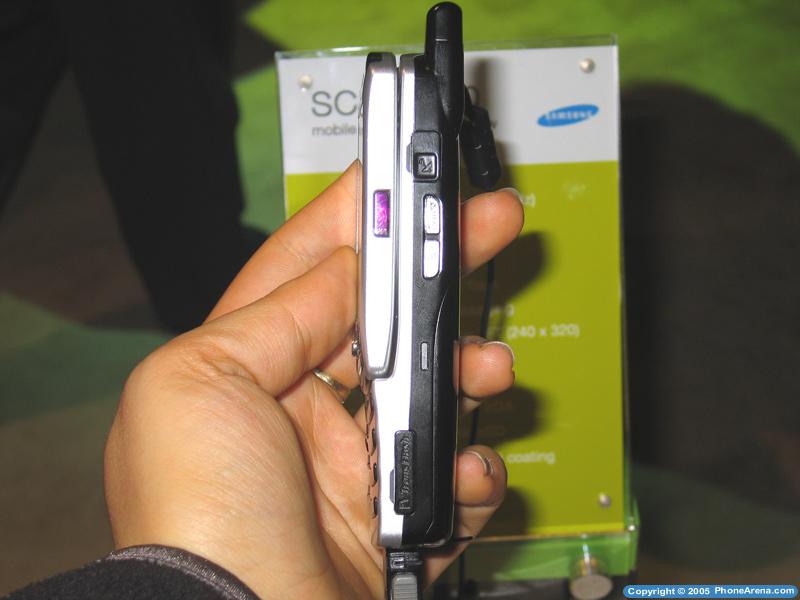
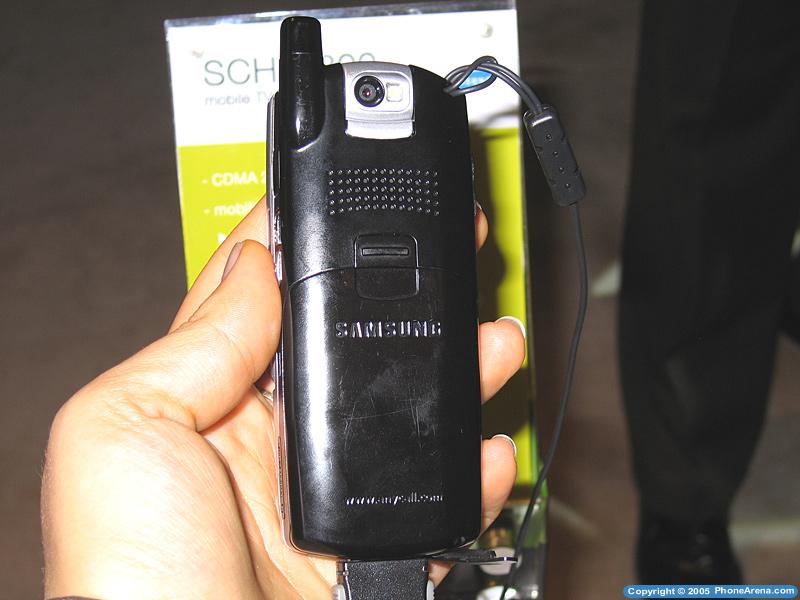
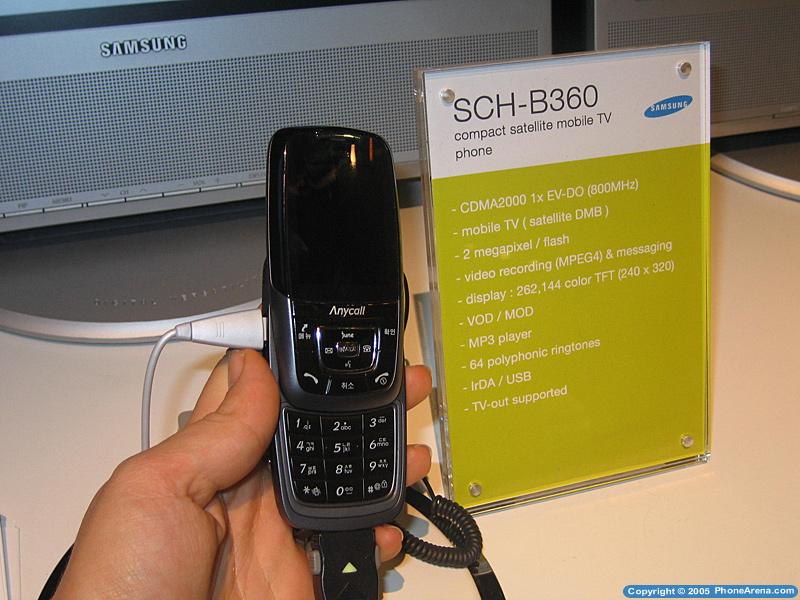
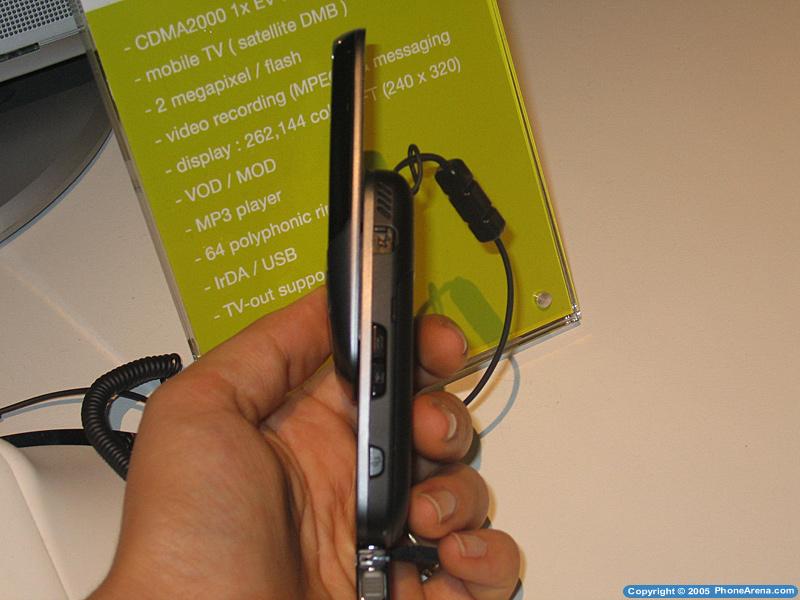
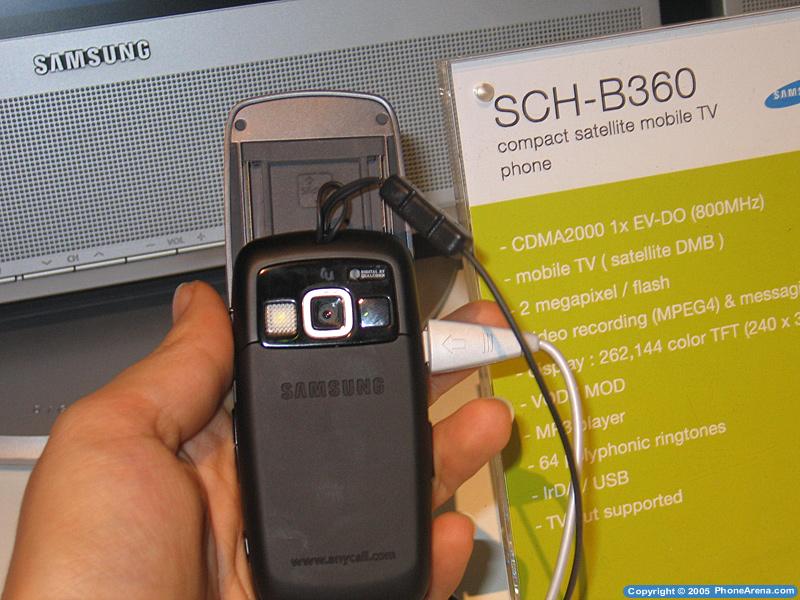

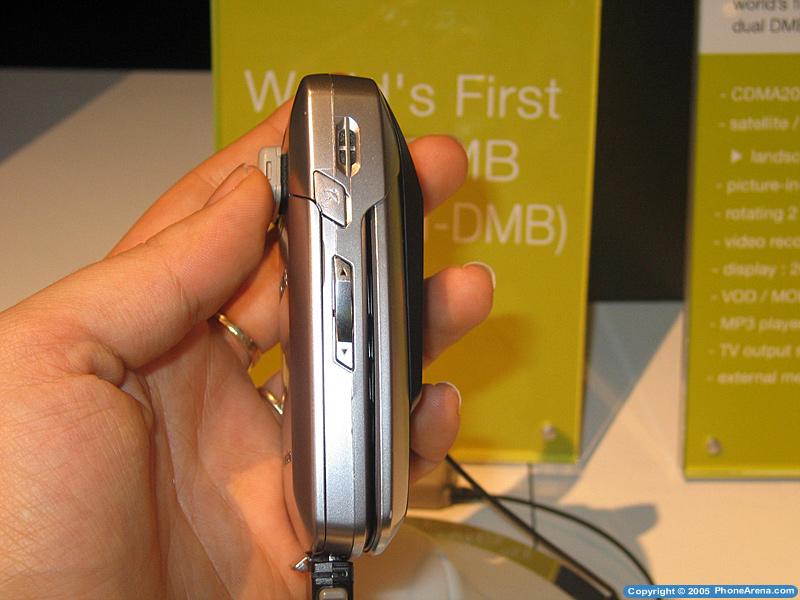
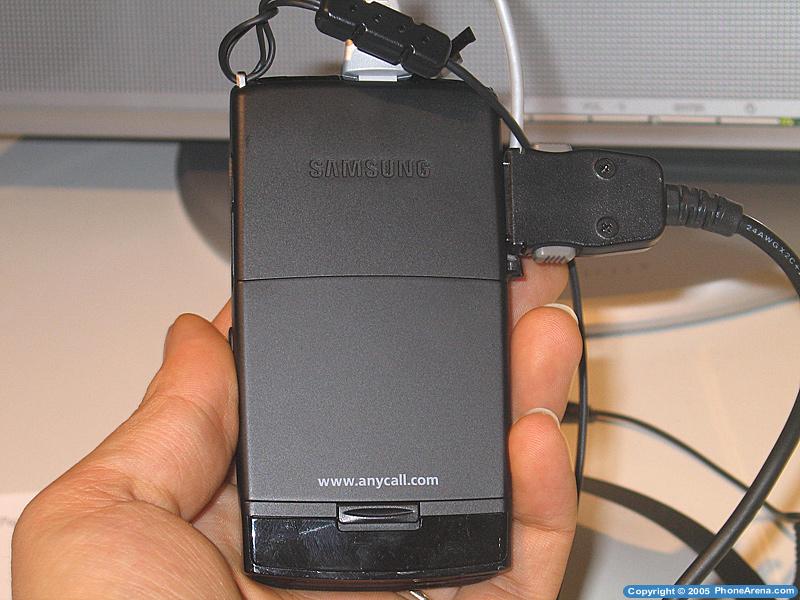
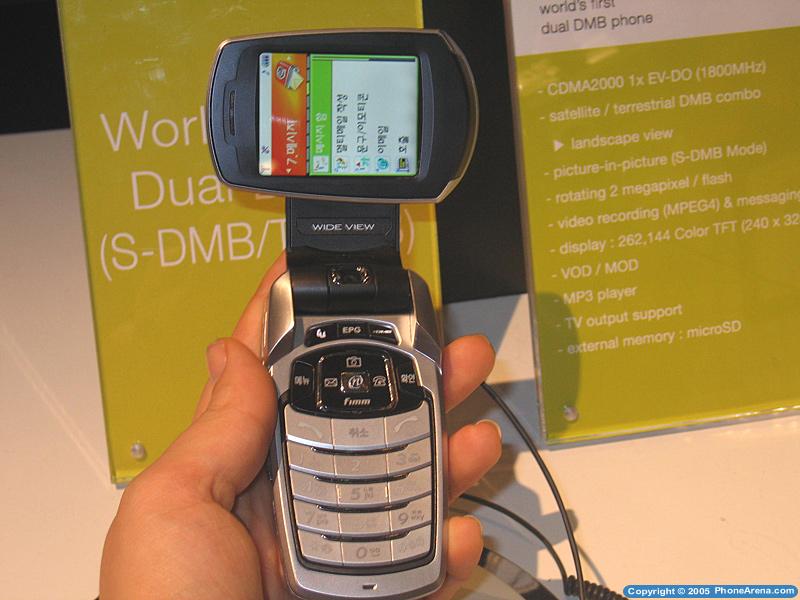
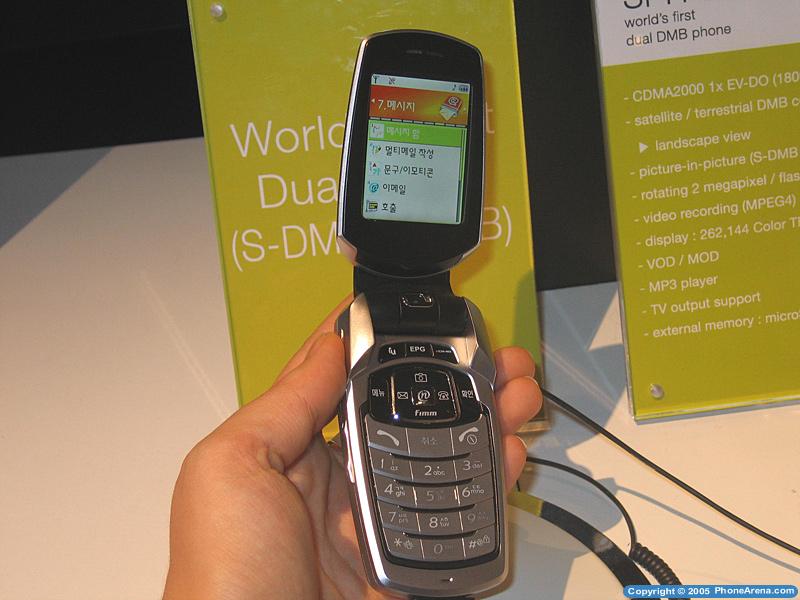
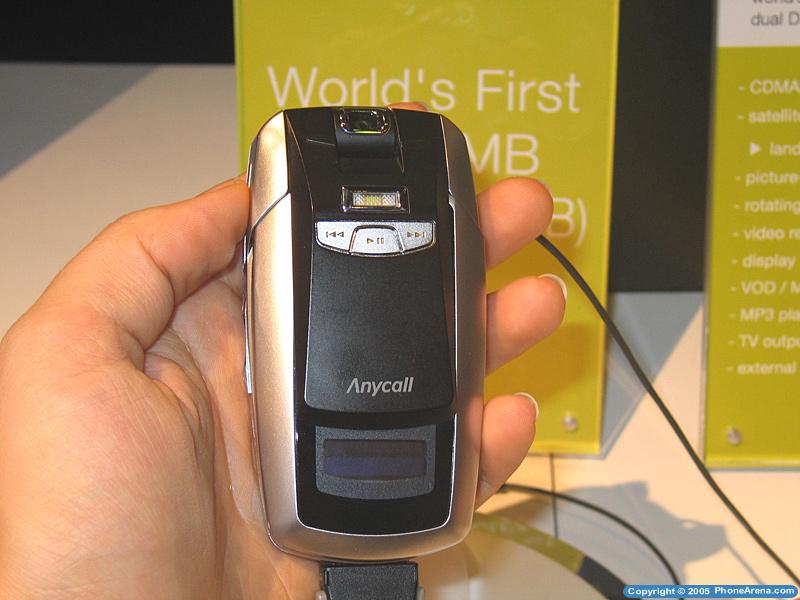
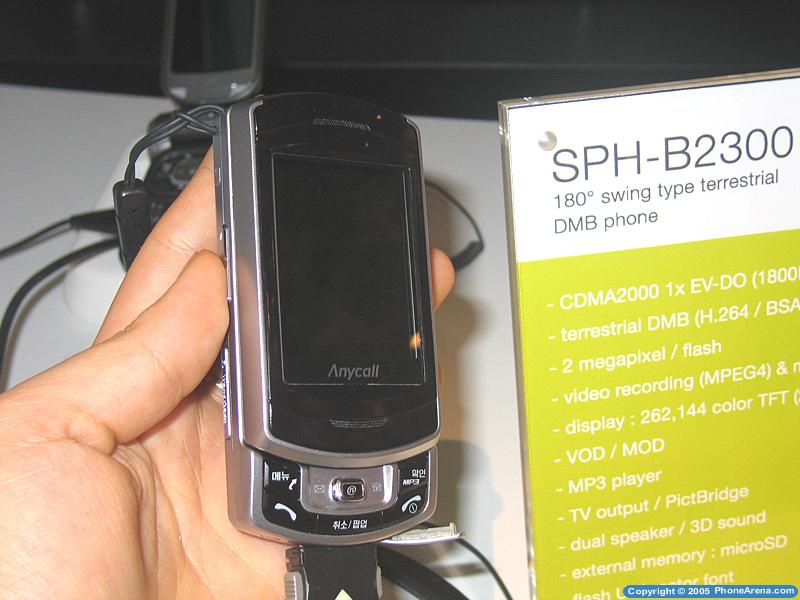

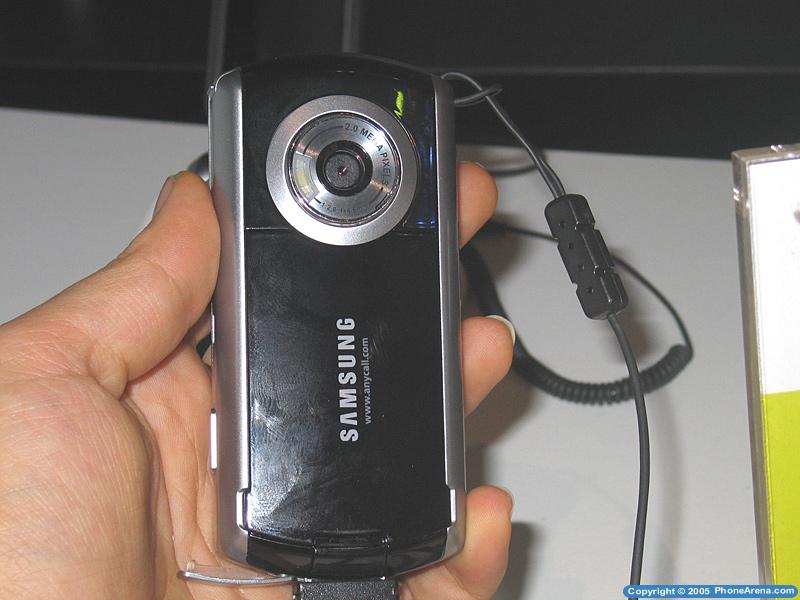
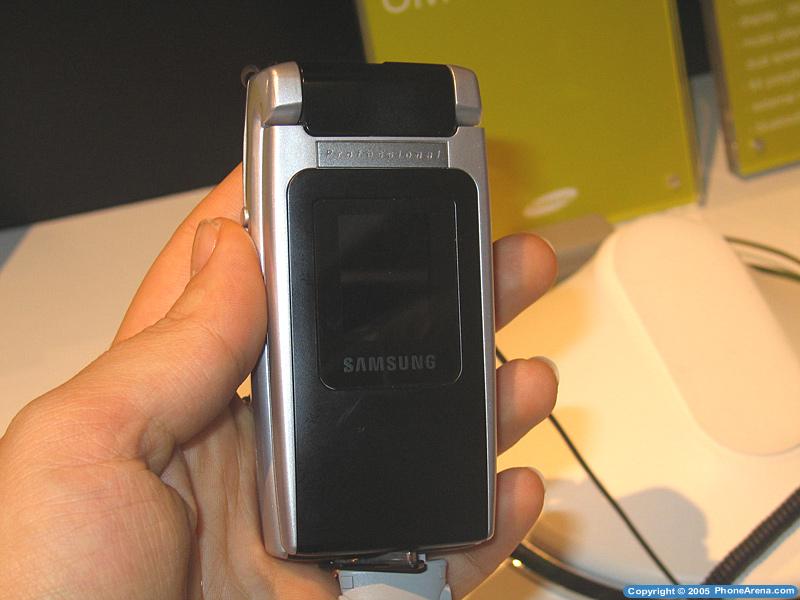
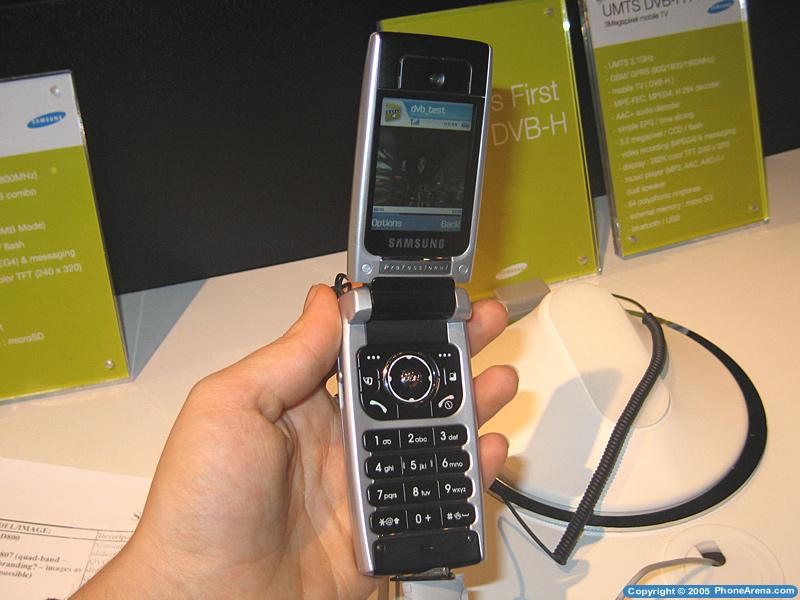
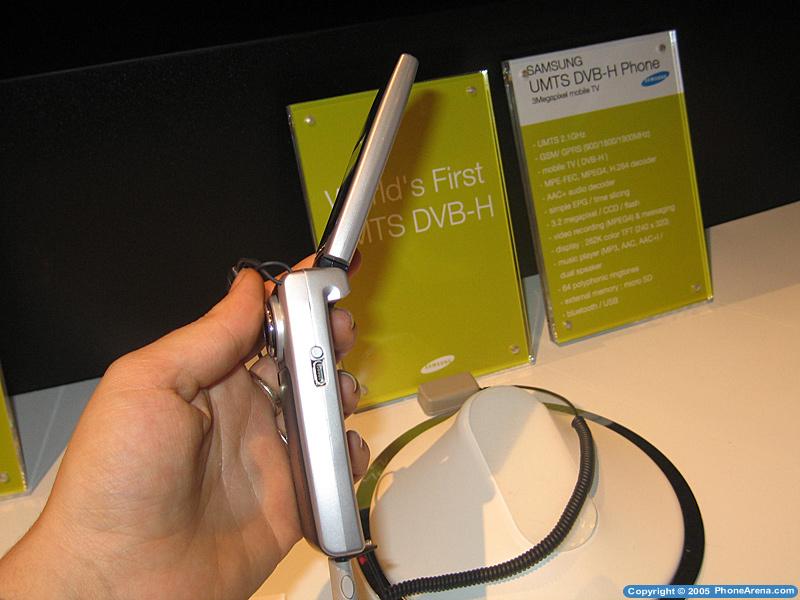
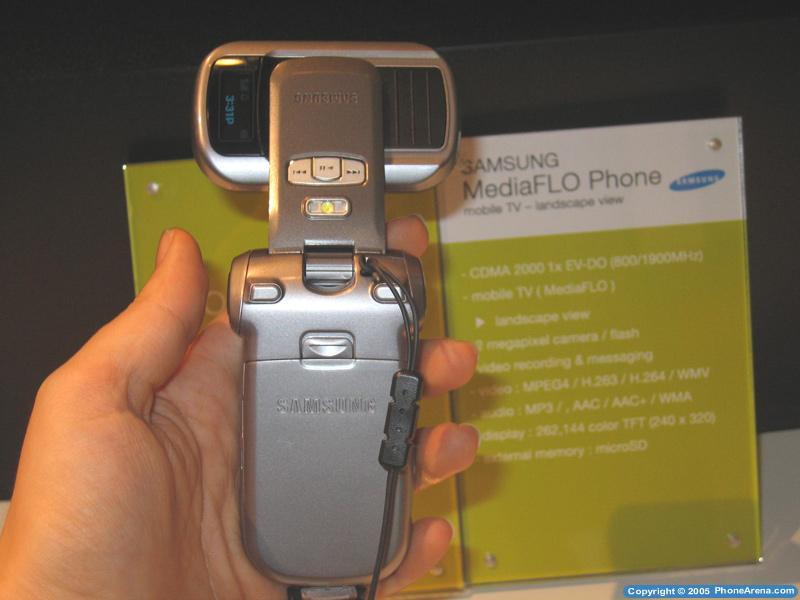
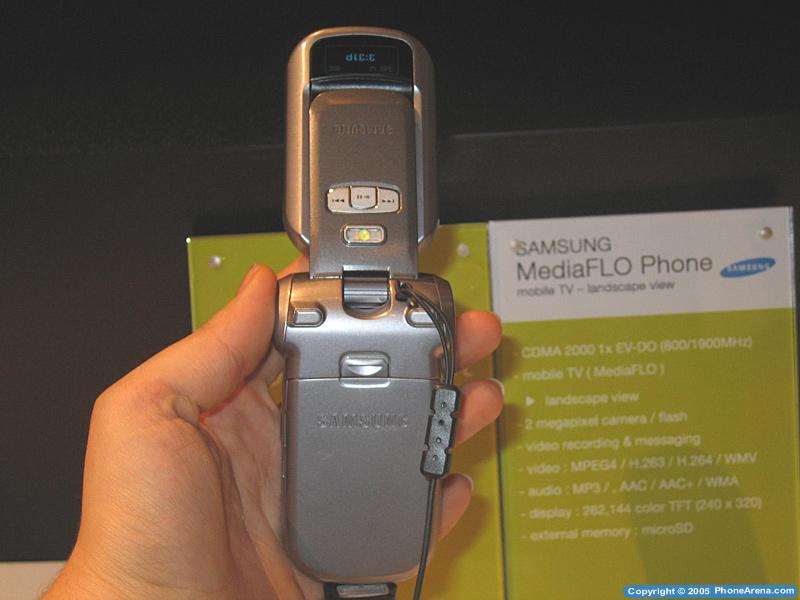
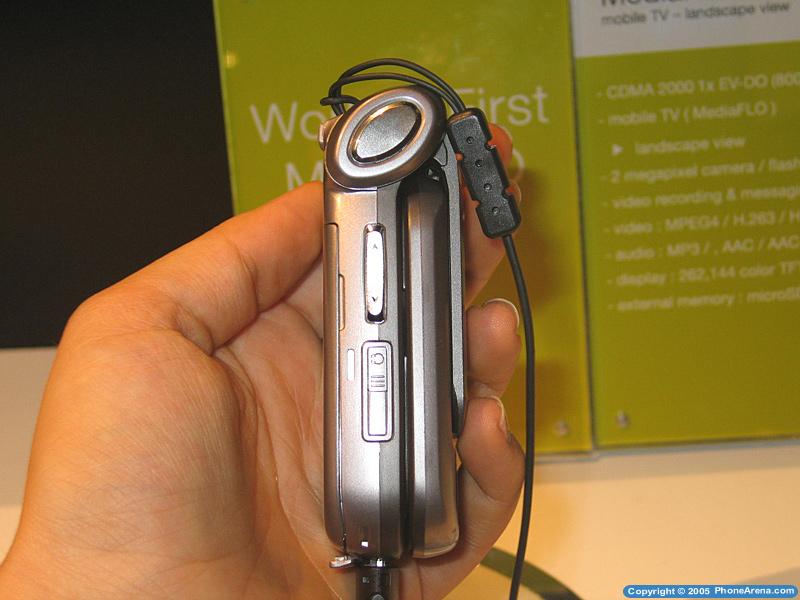
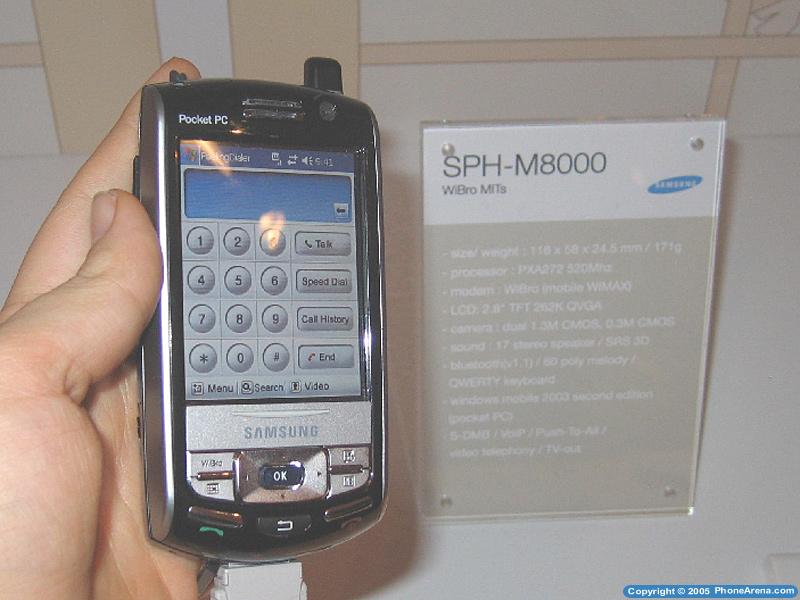
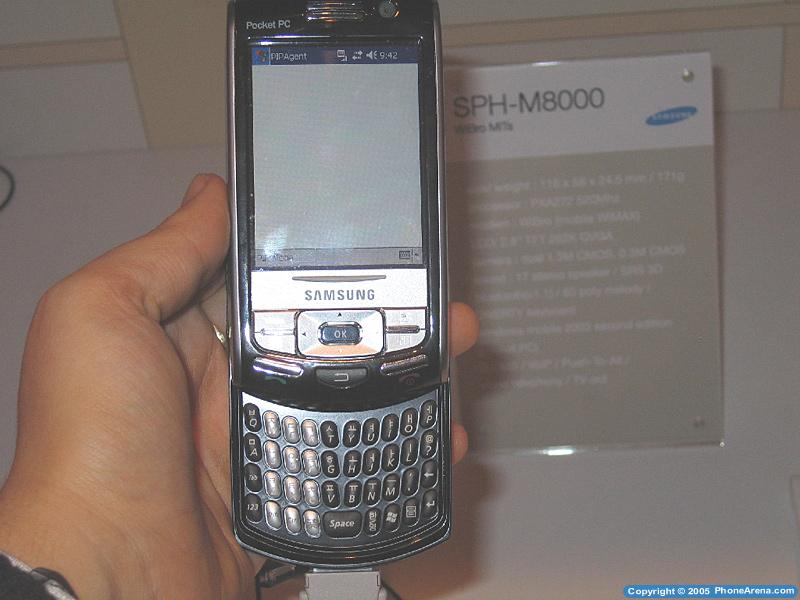
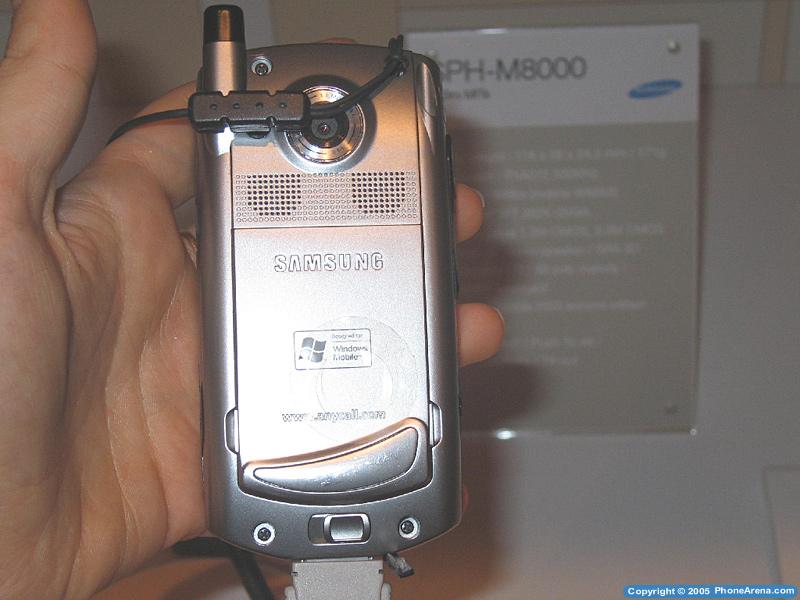
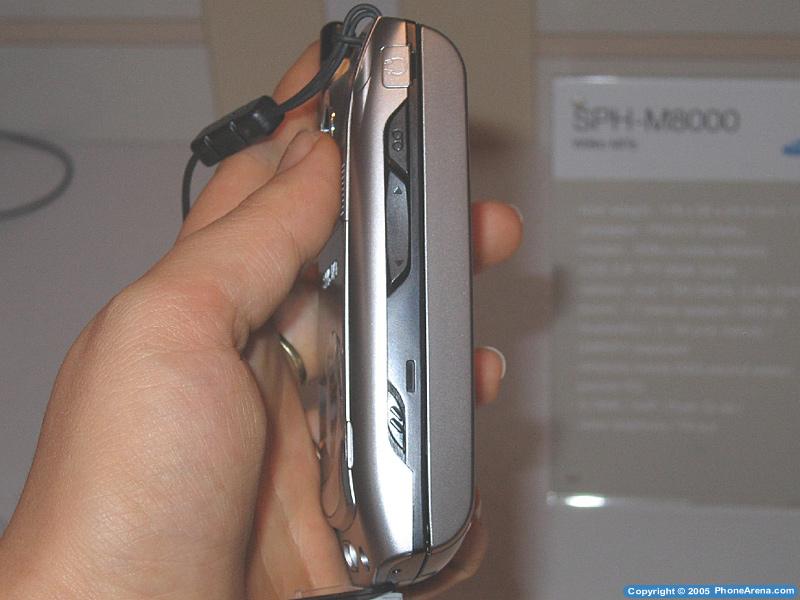
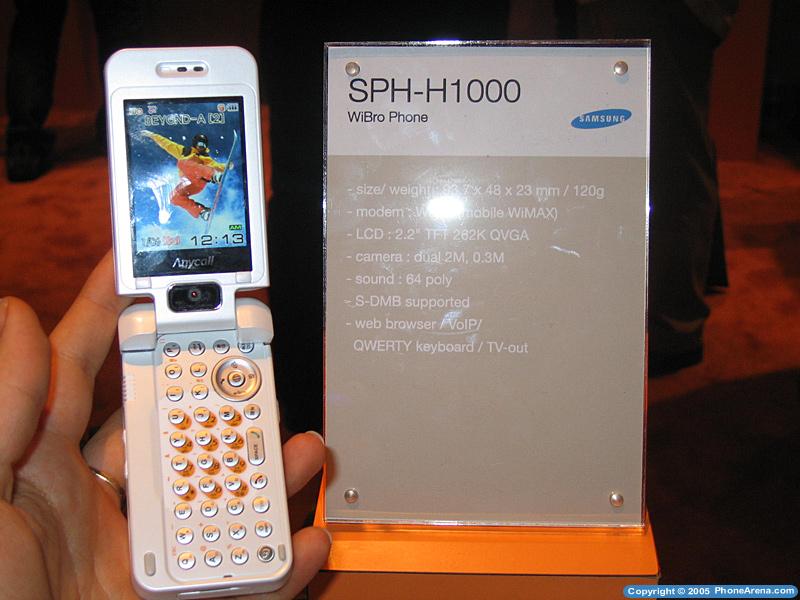
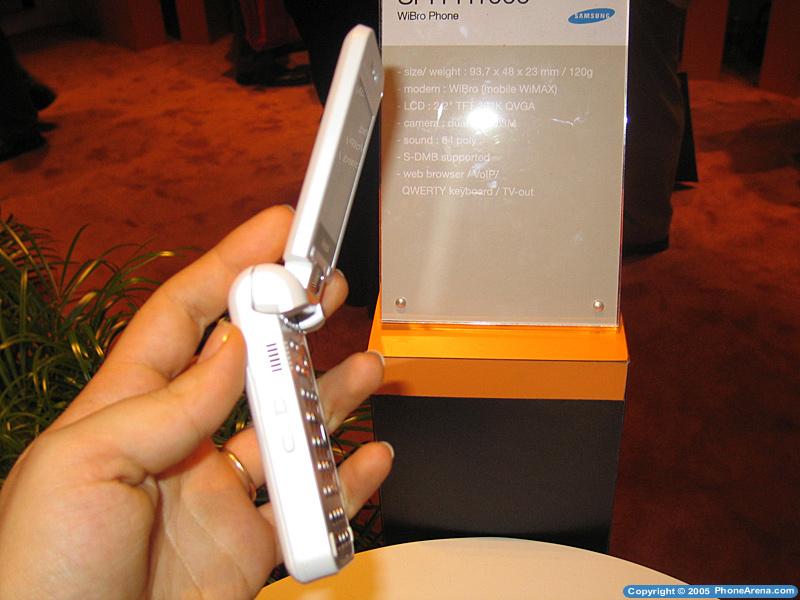
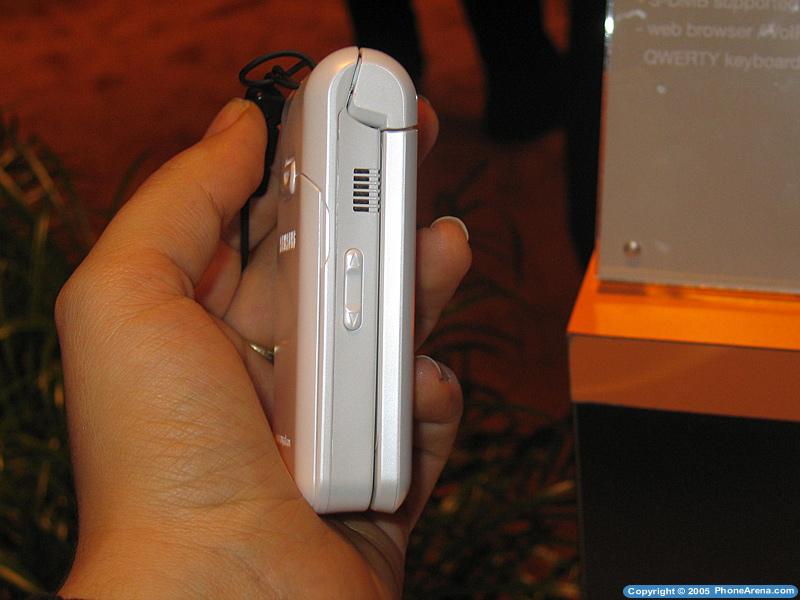
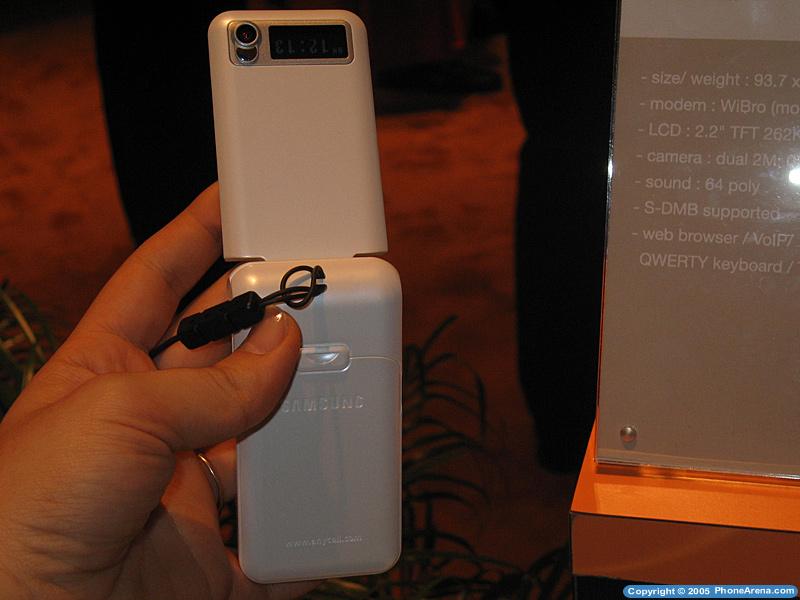












Things that are NOT allowed:
To help keep our community safe and free from spam, we apply temporary limits to newly created accounts: